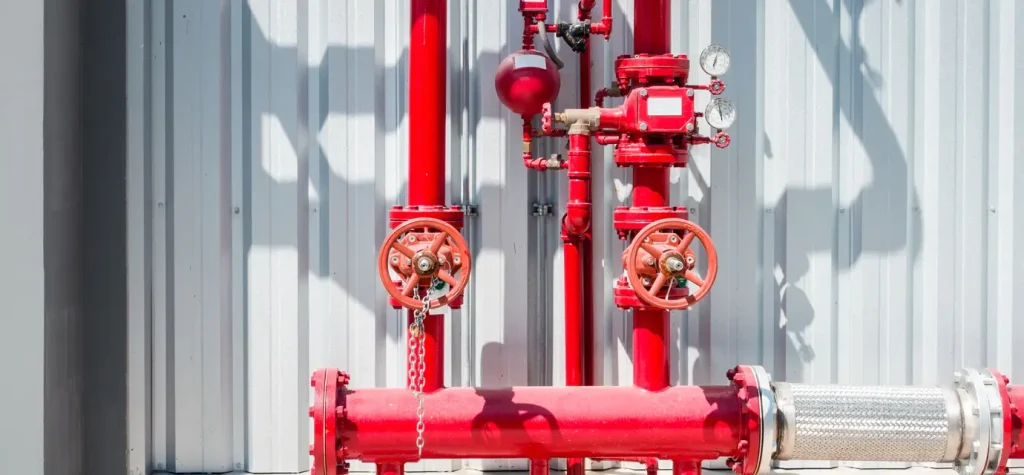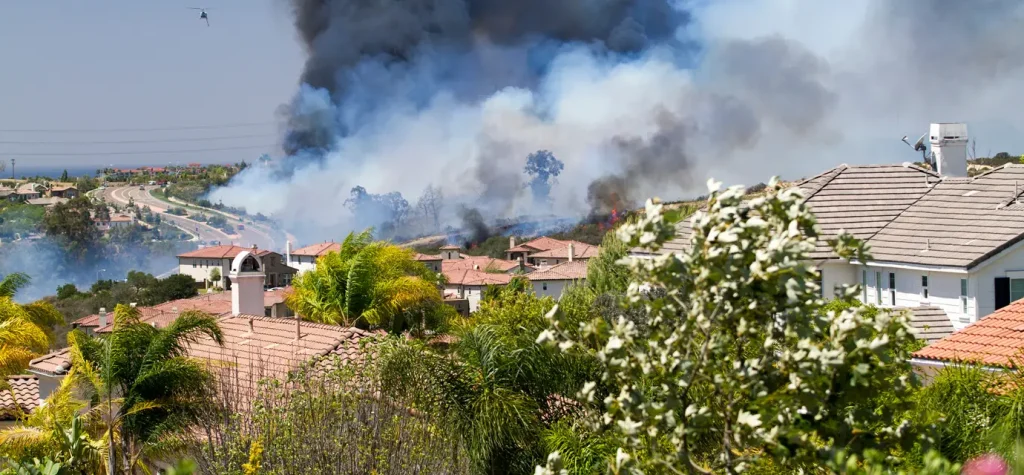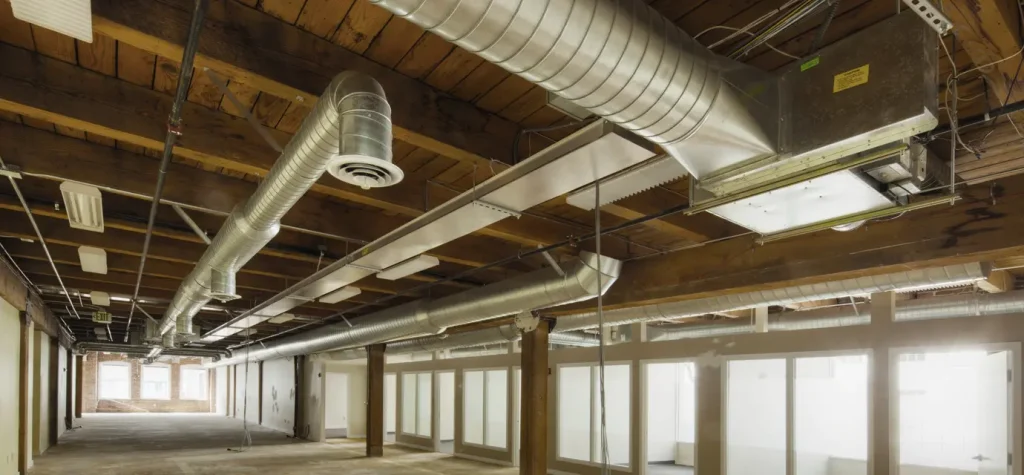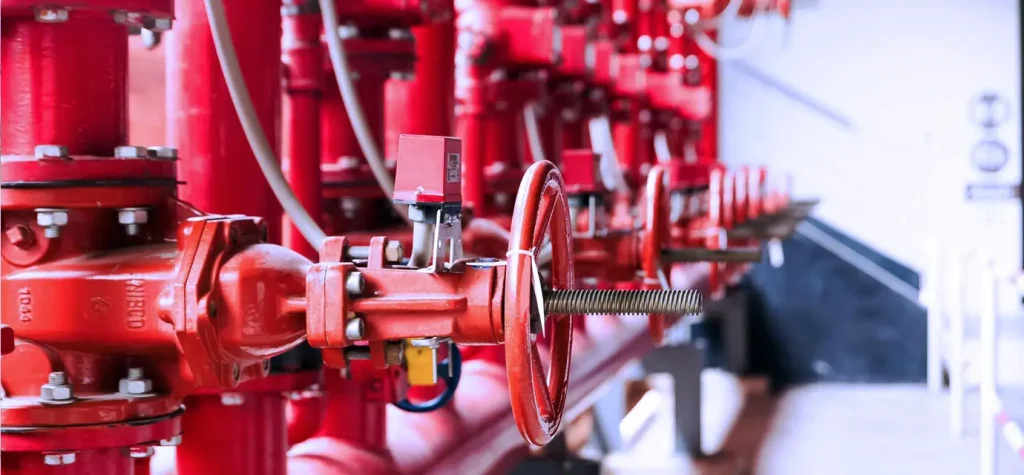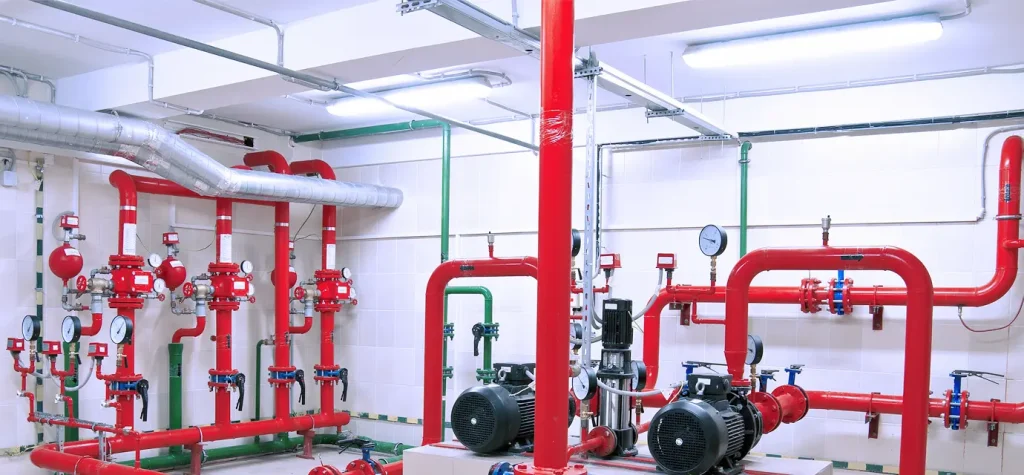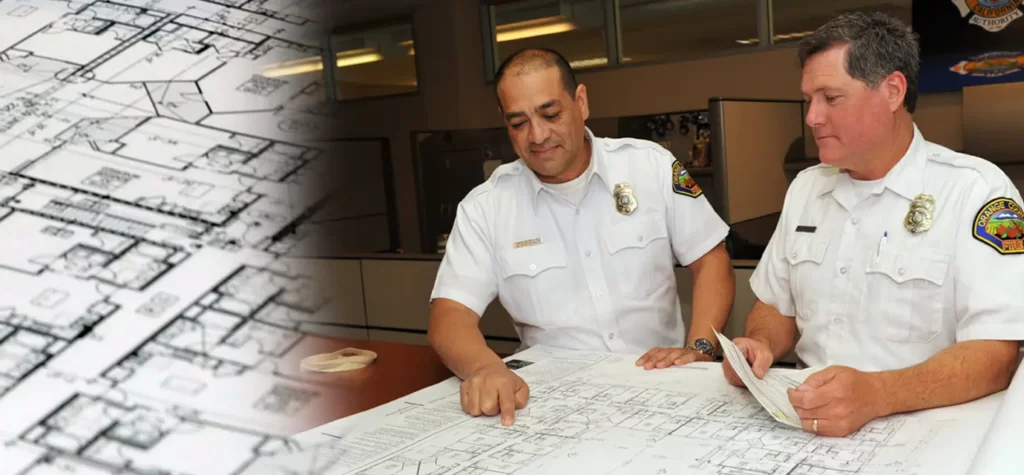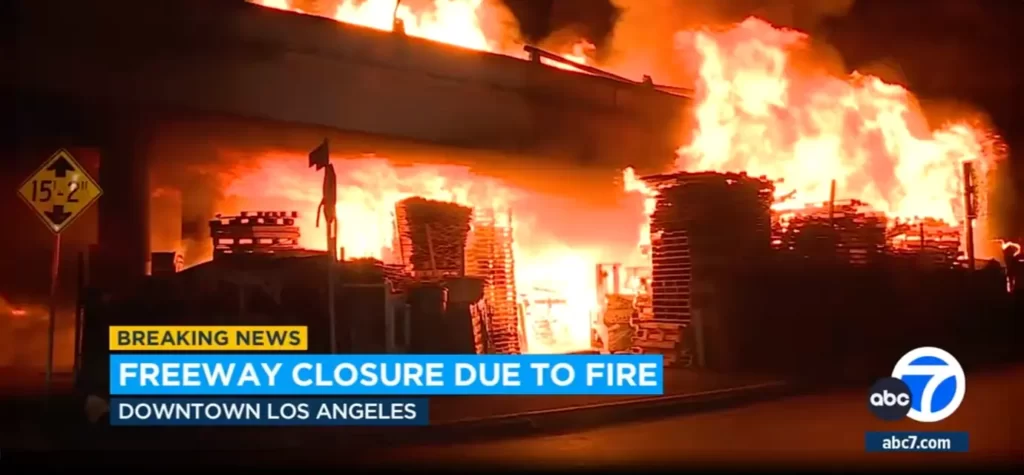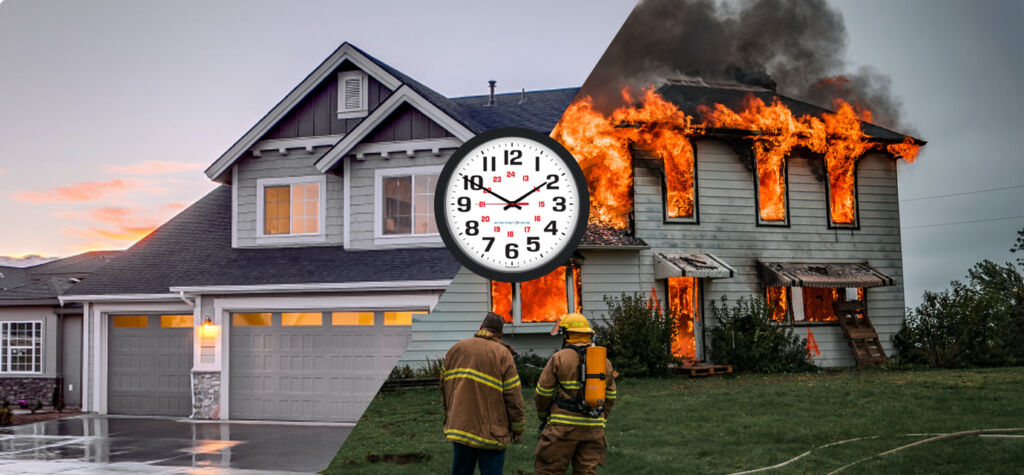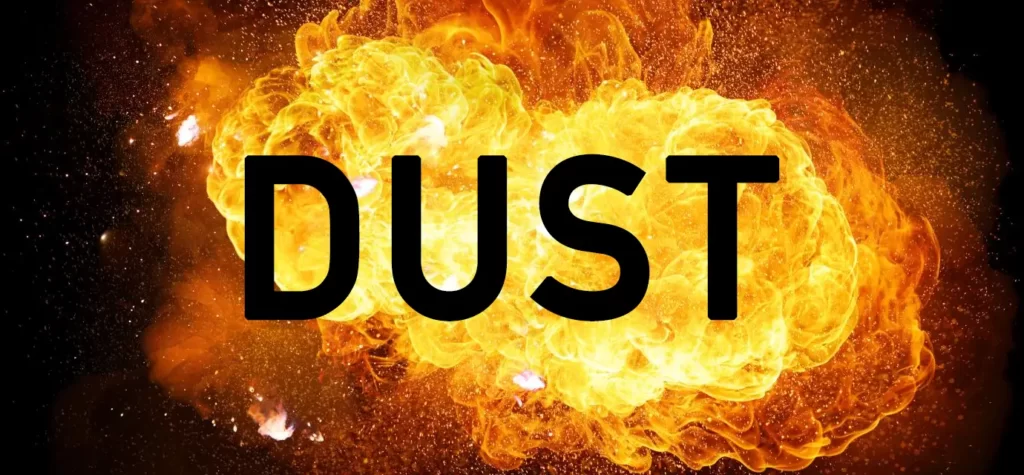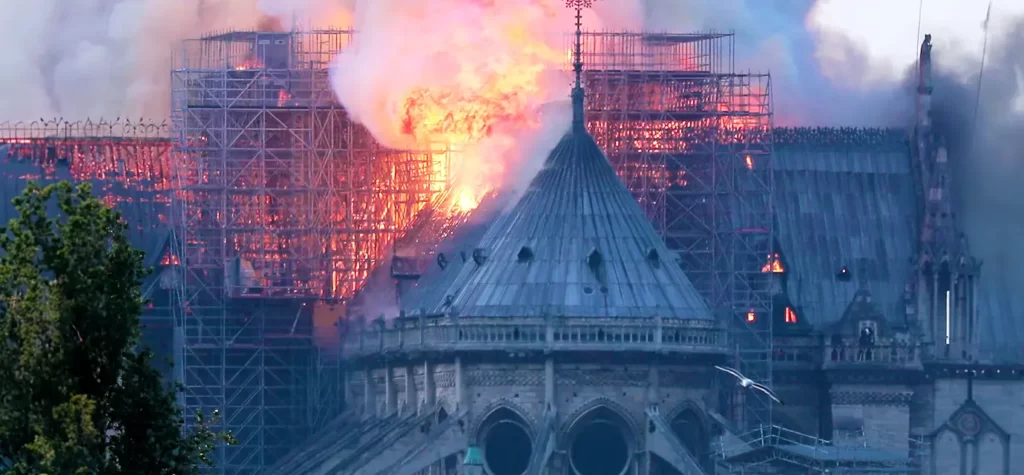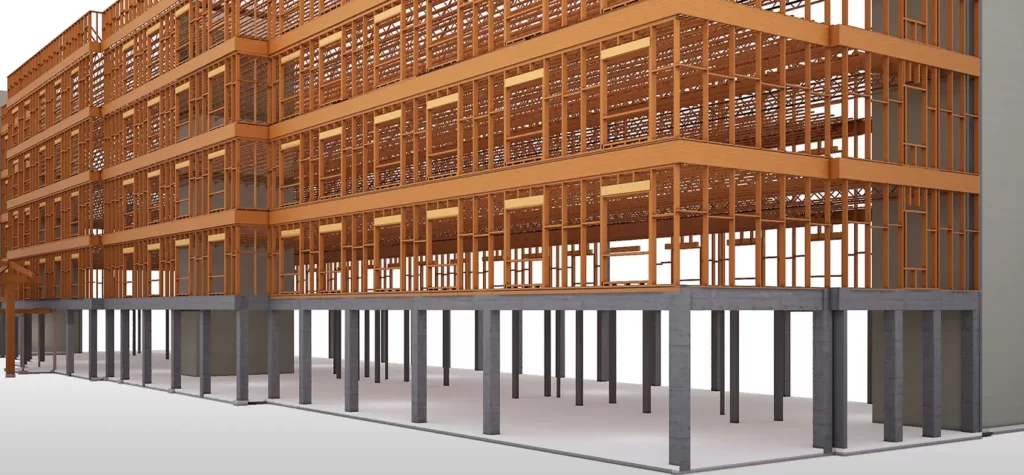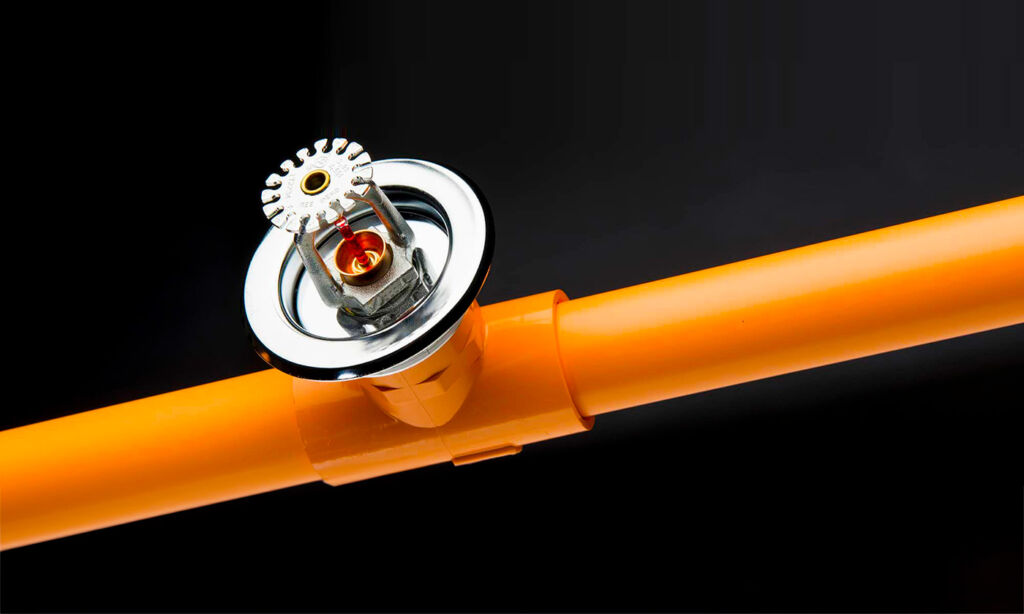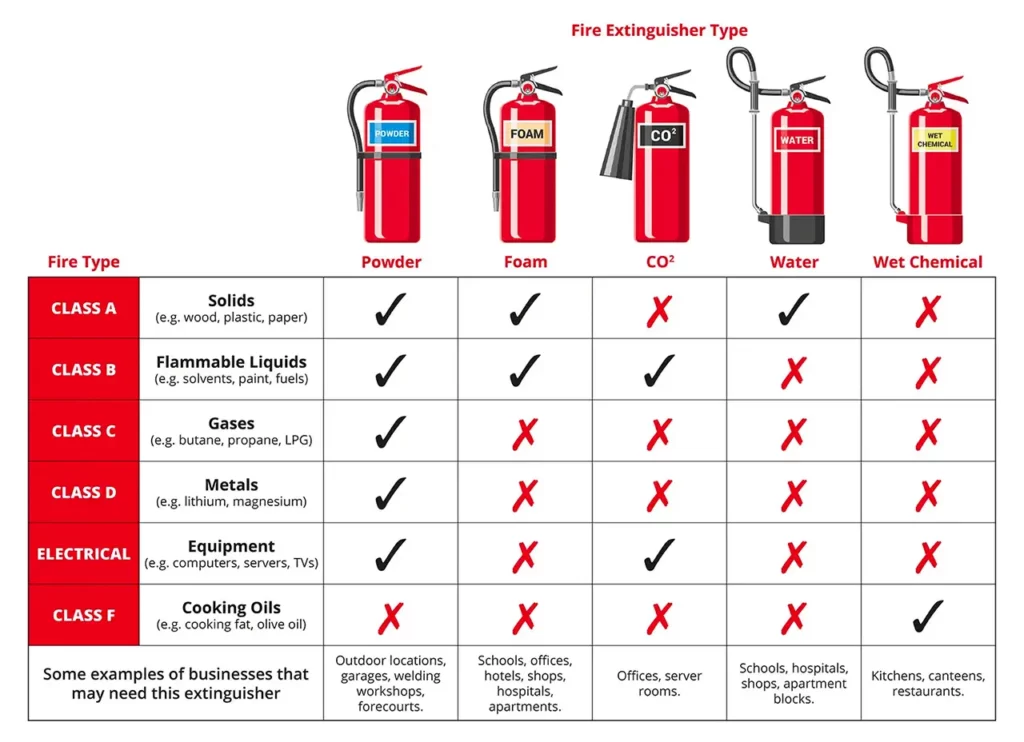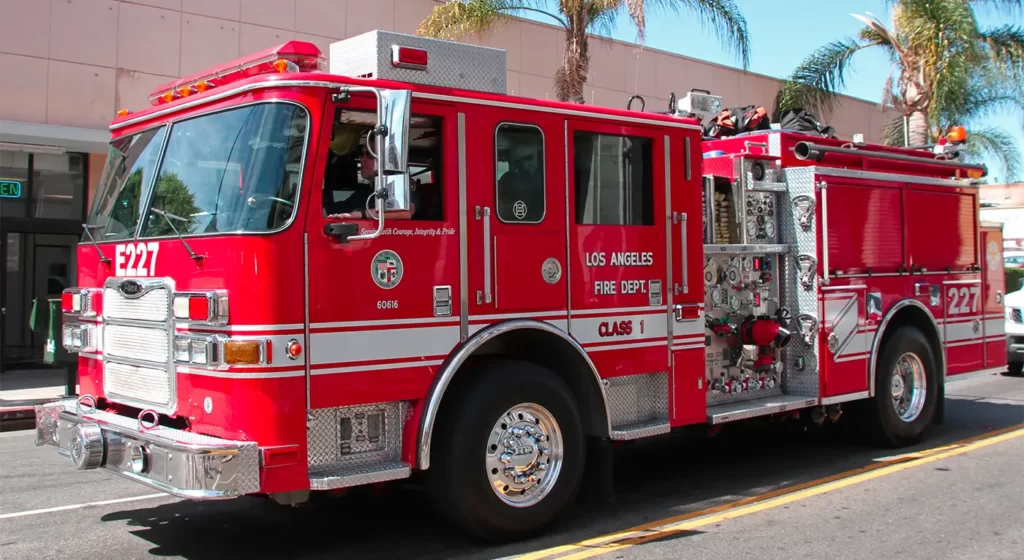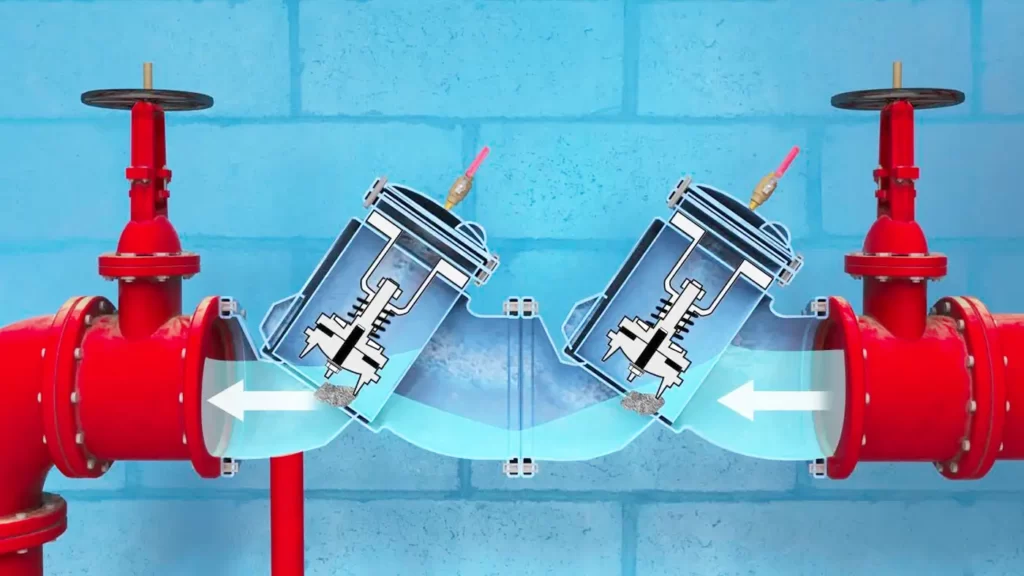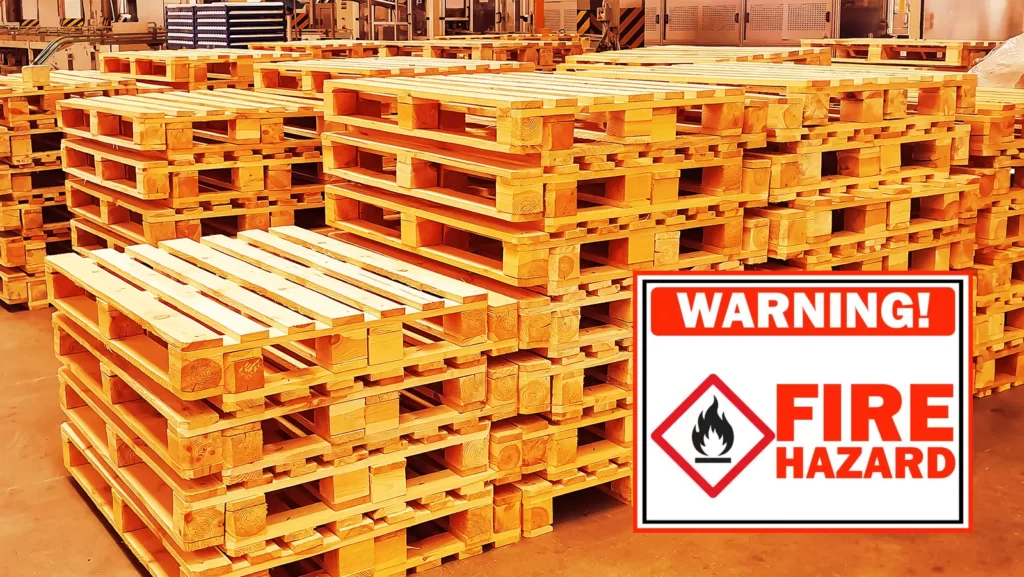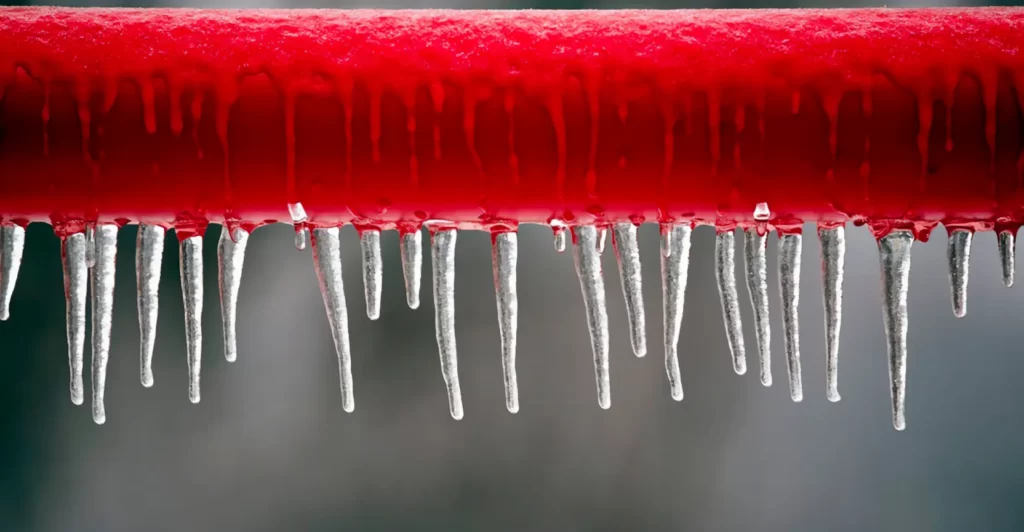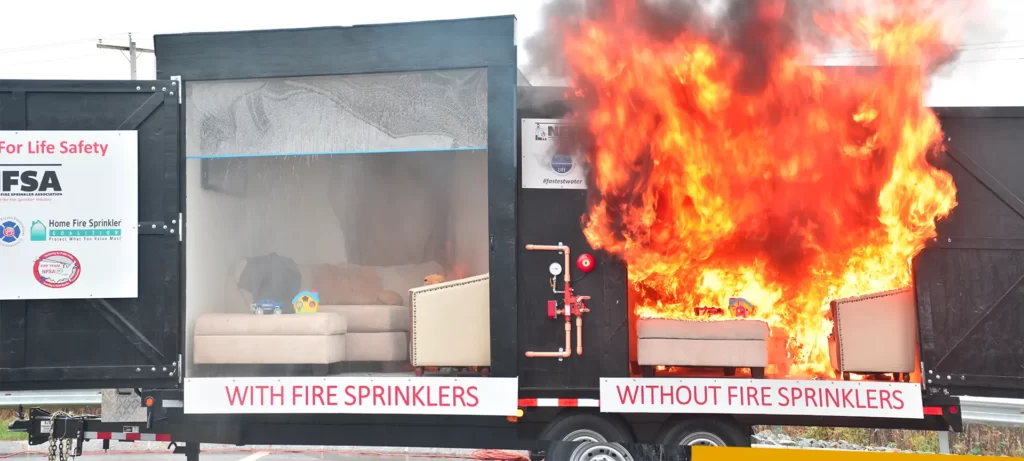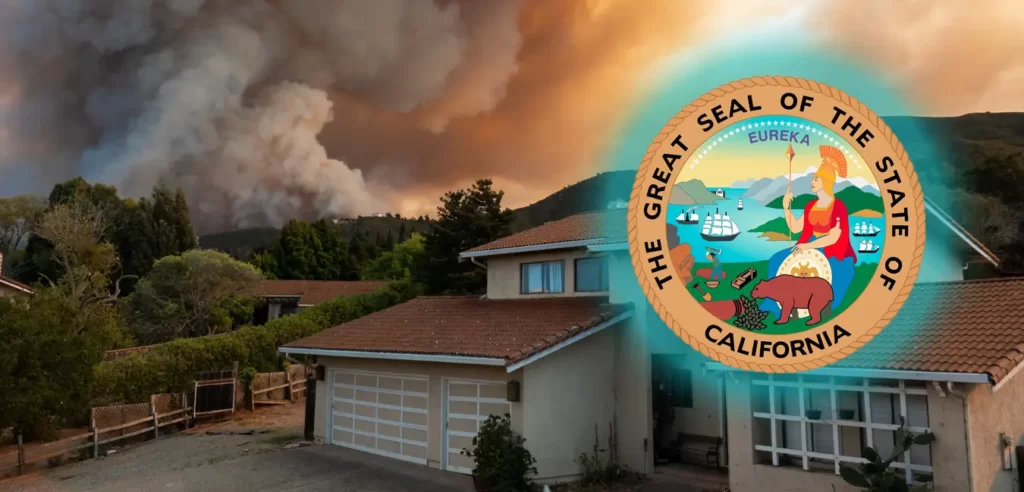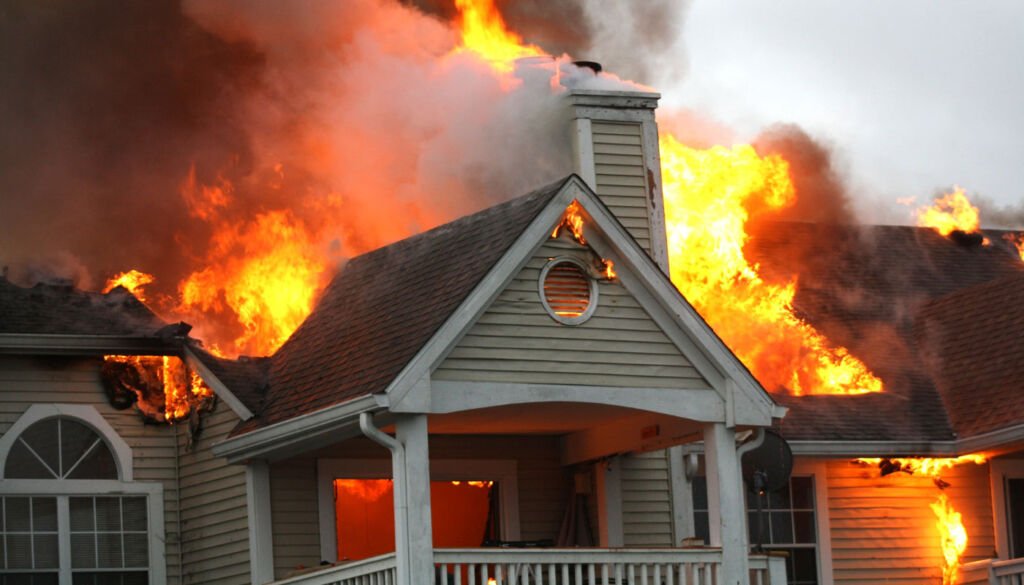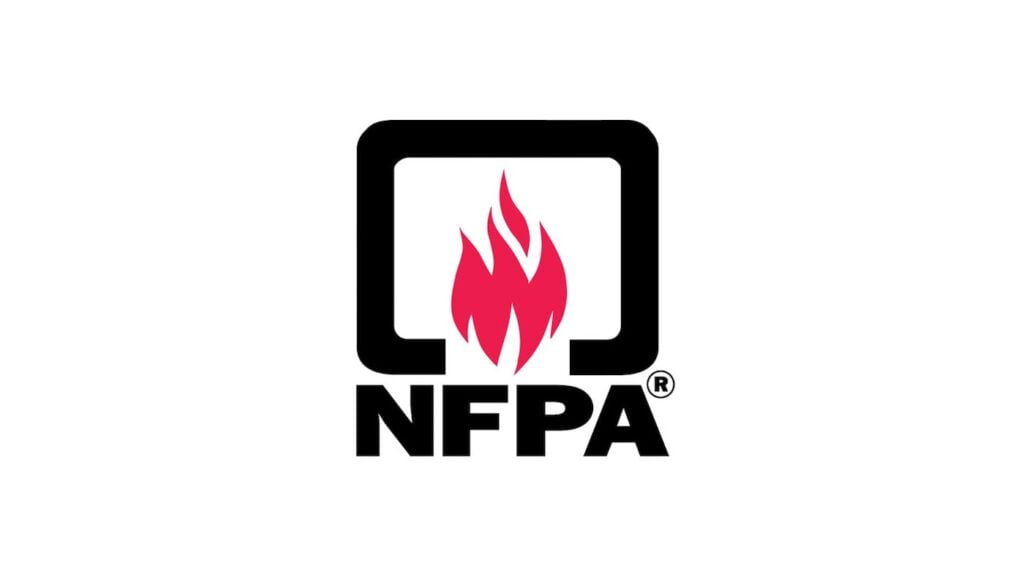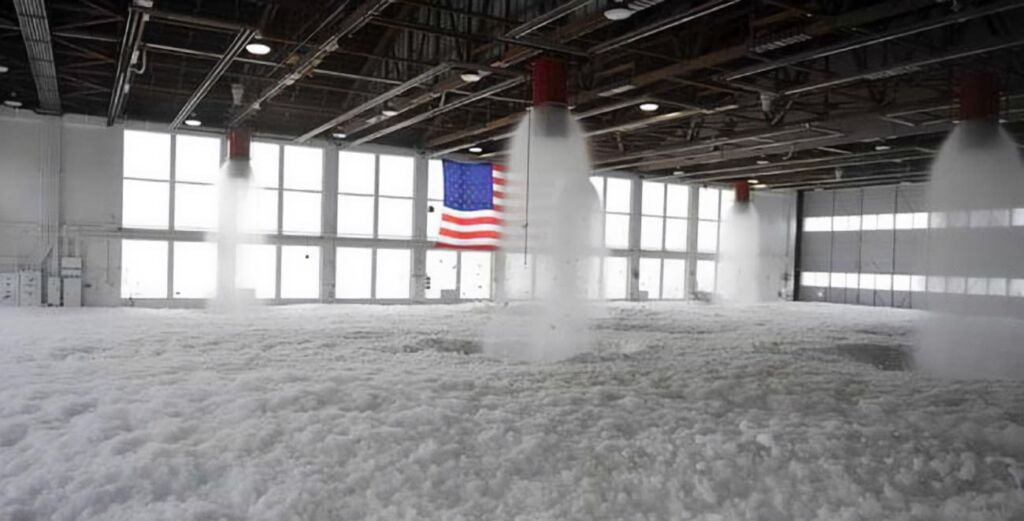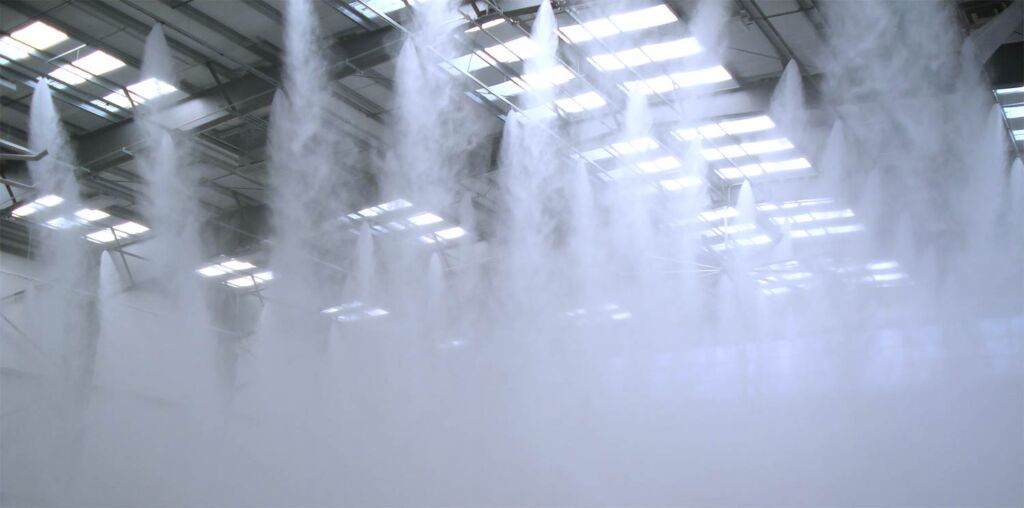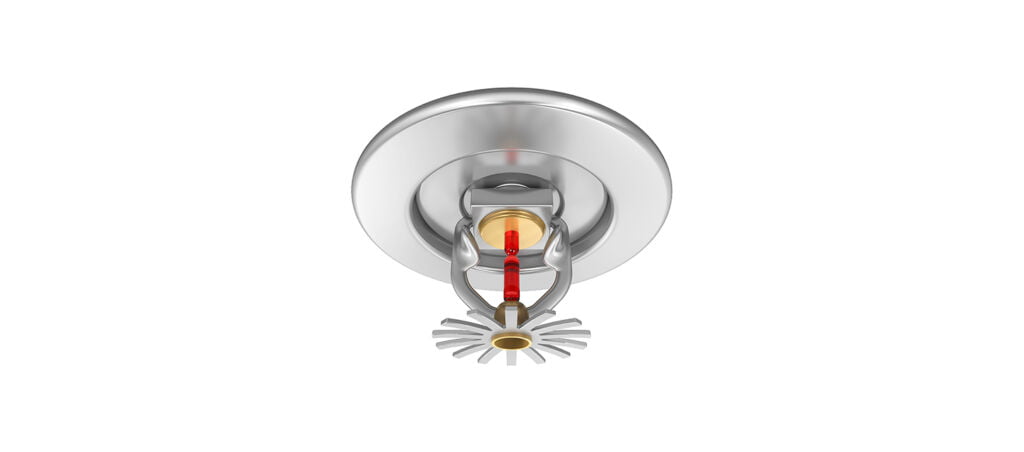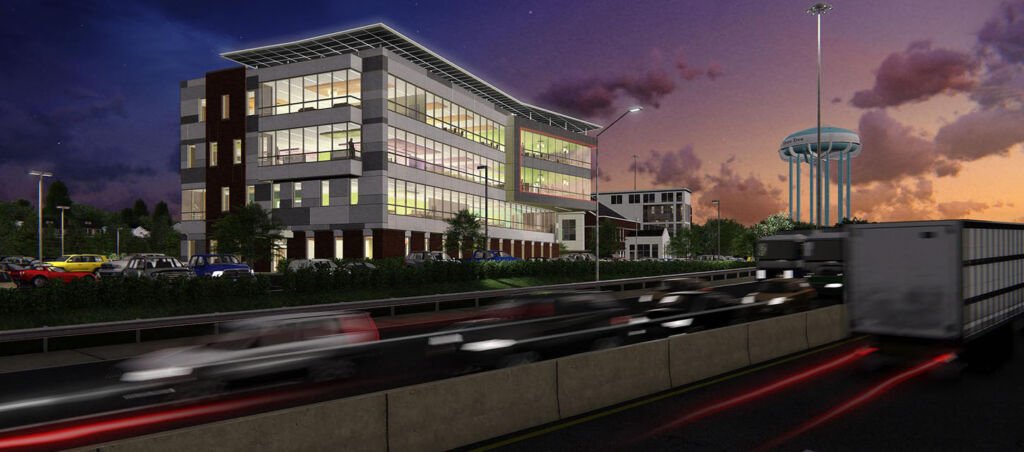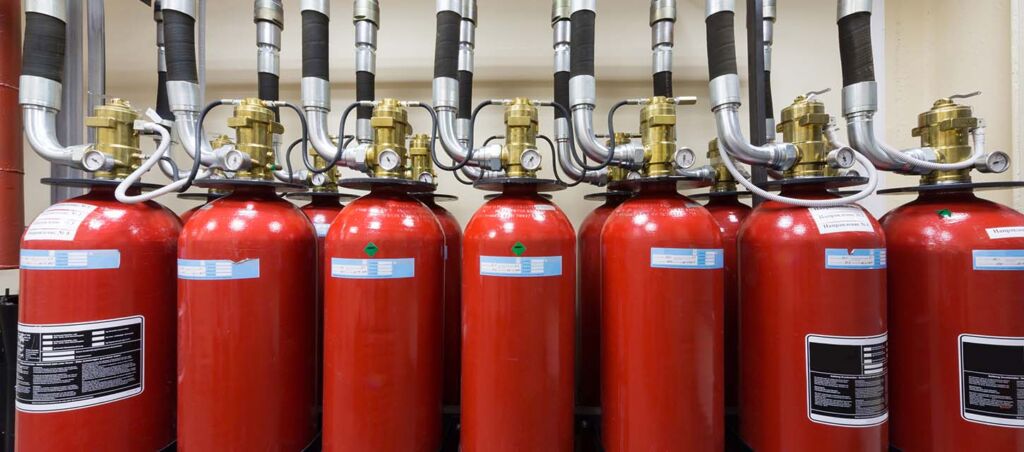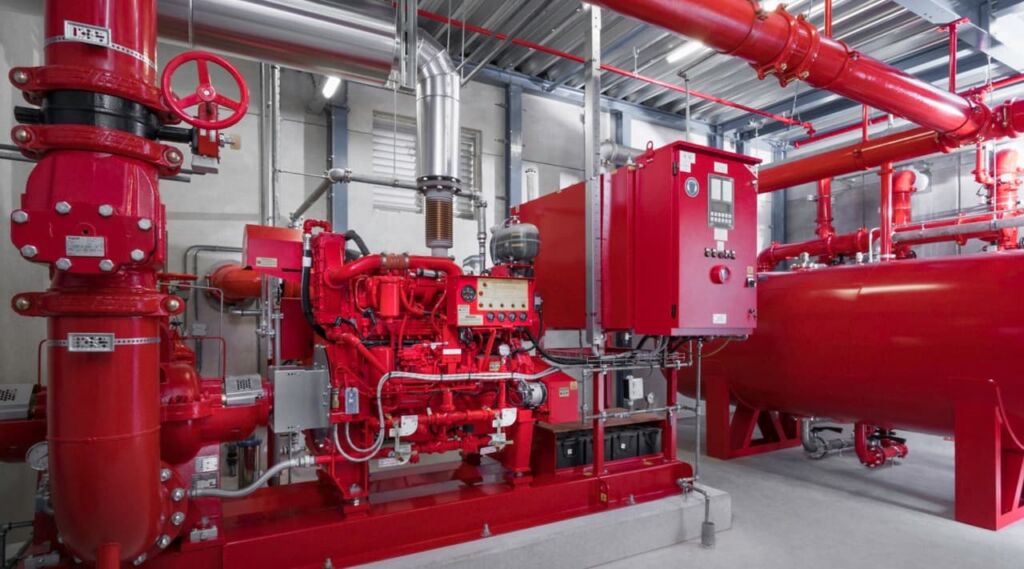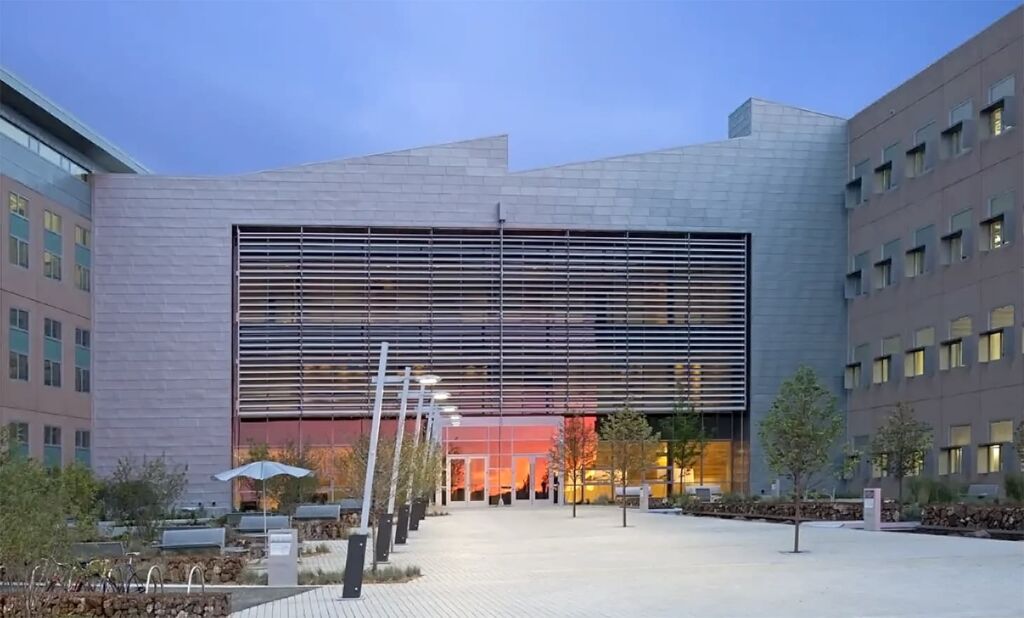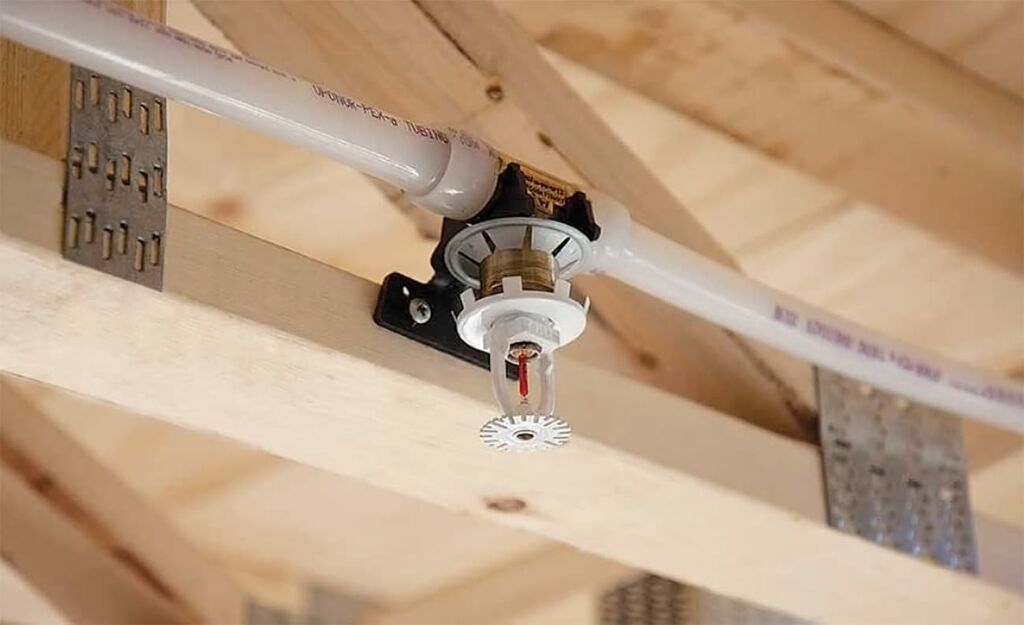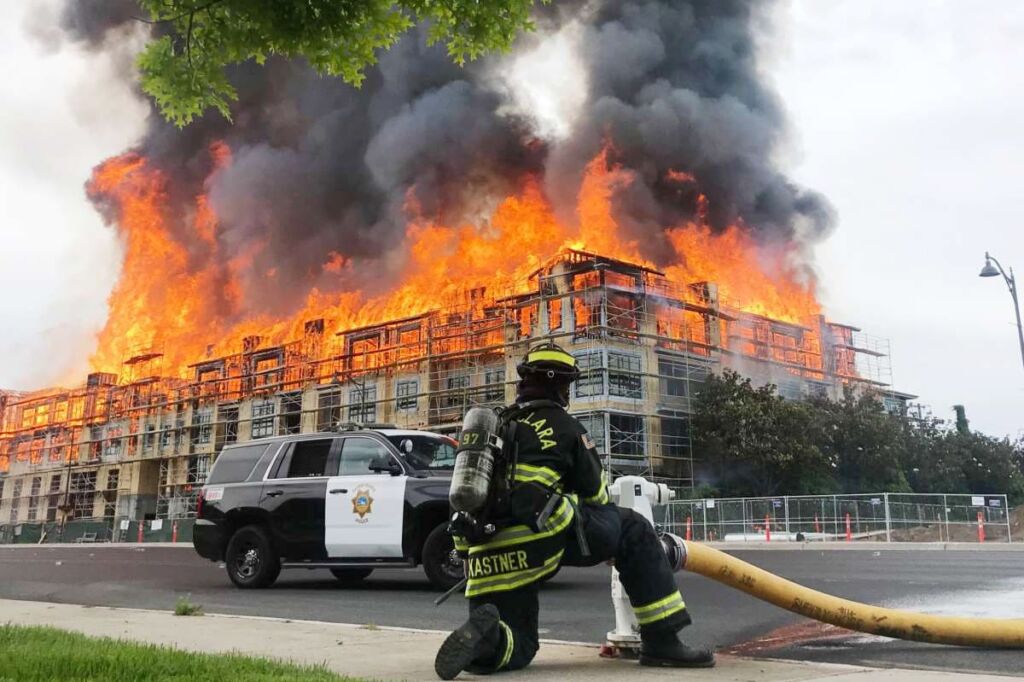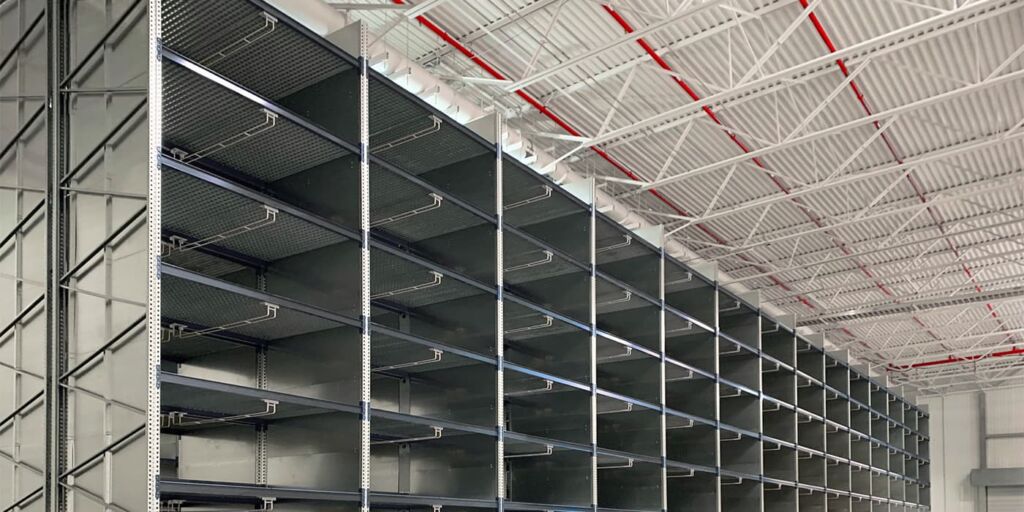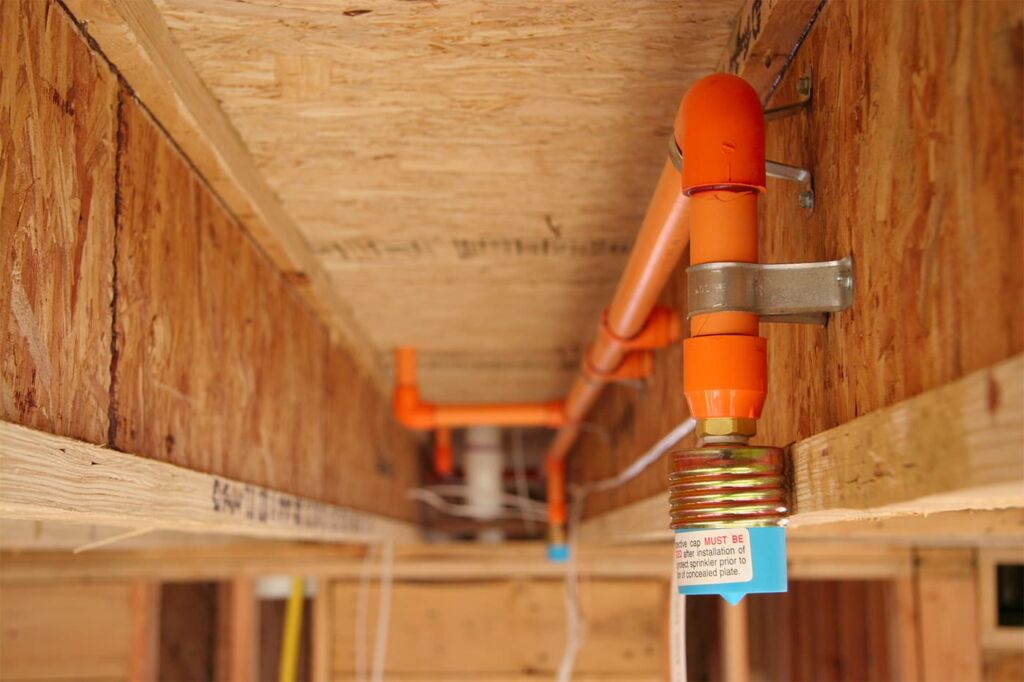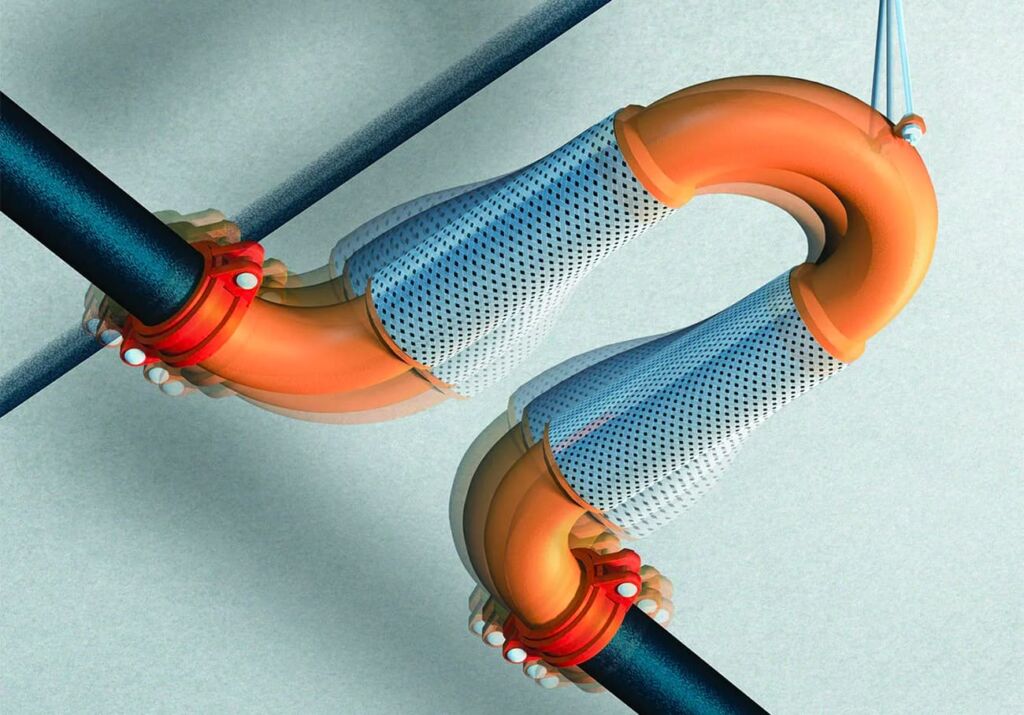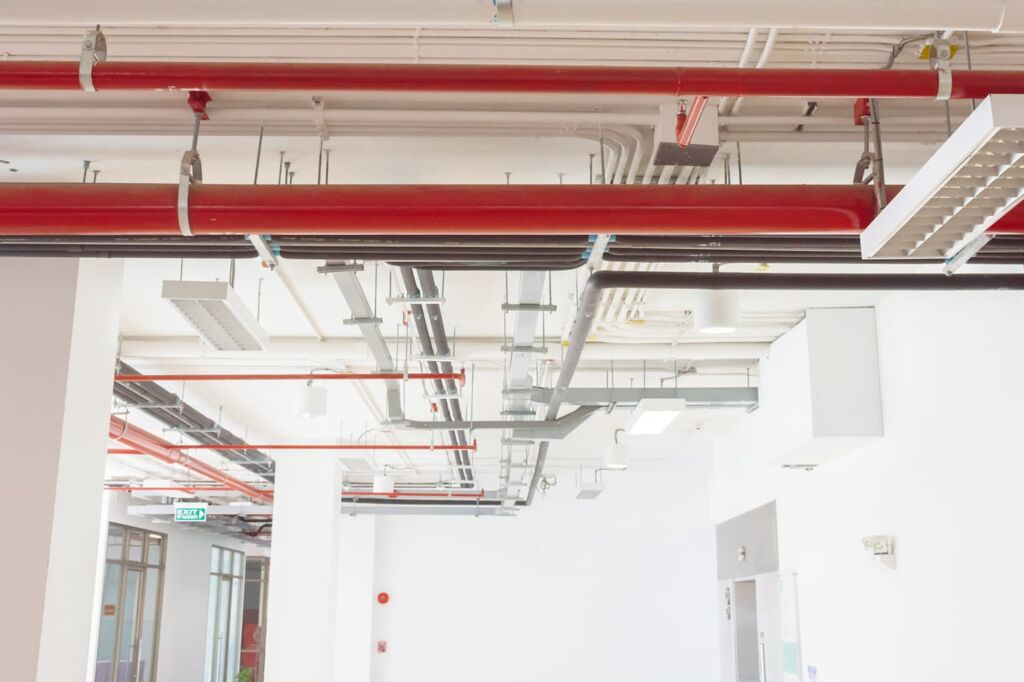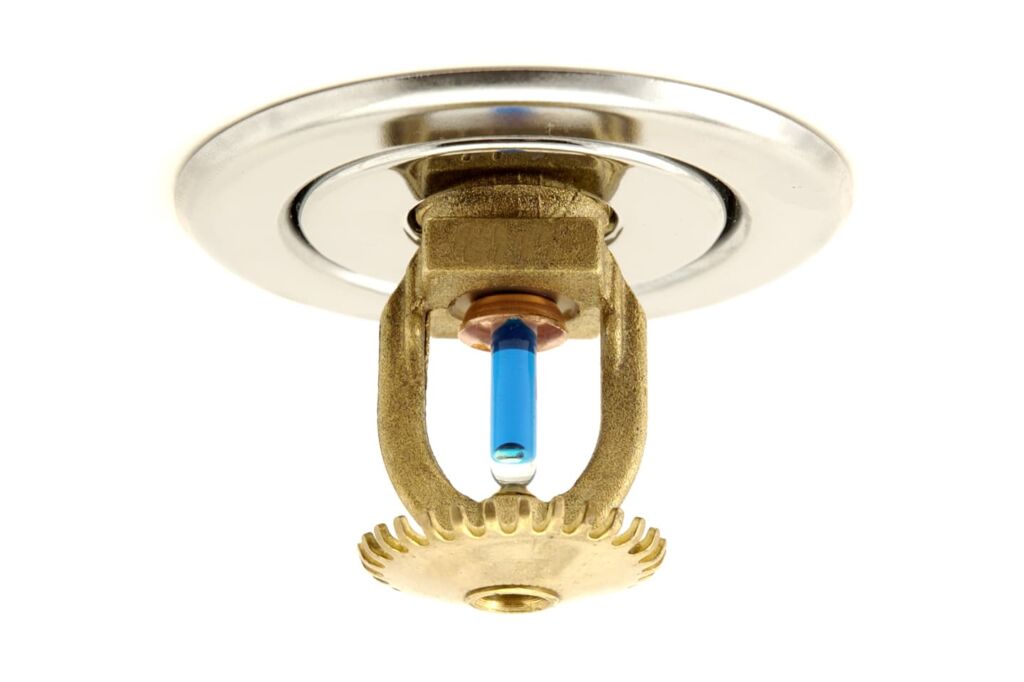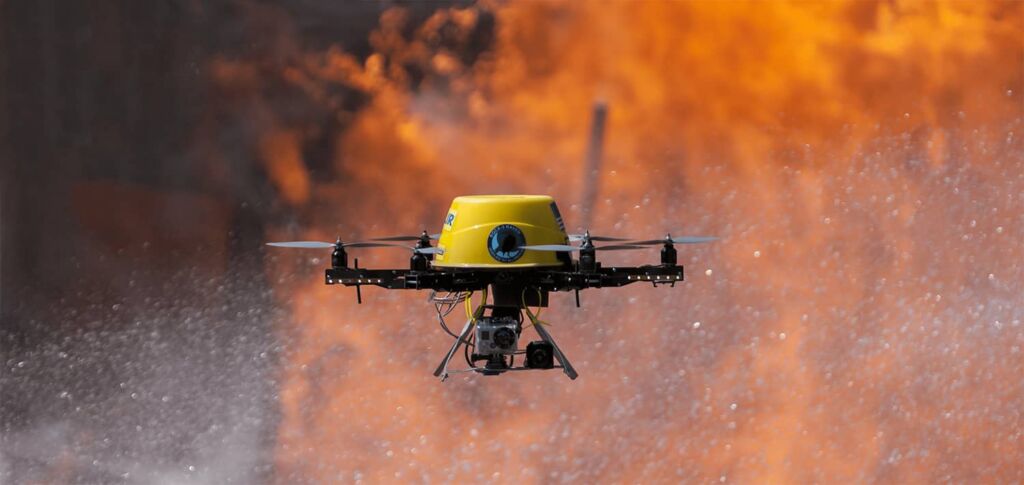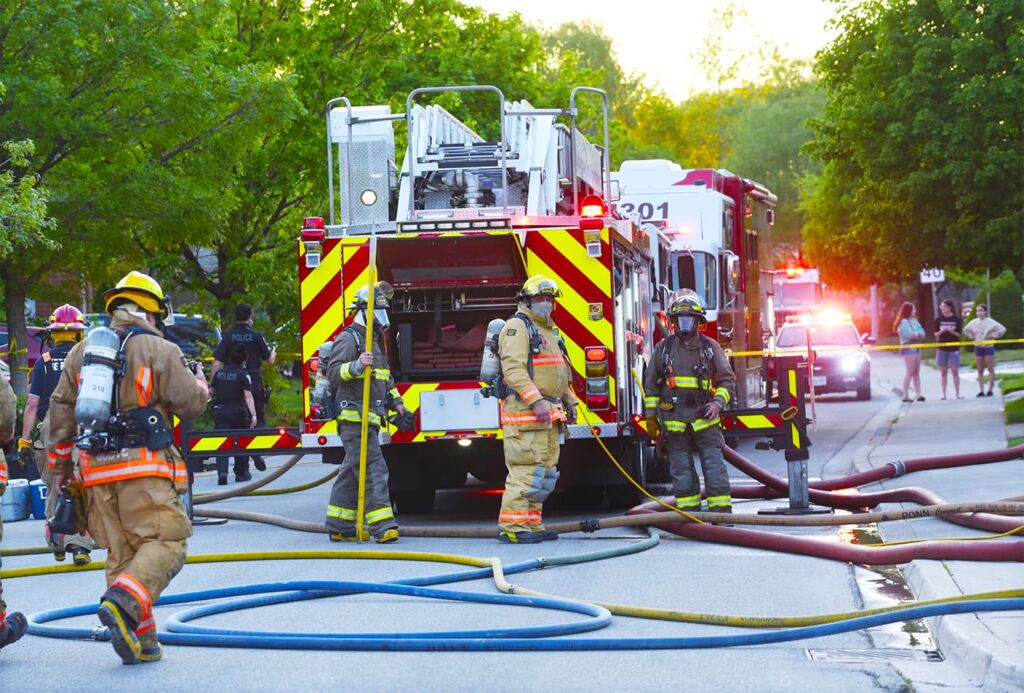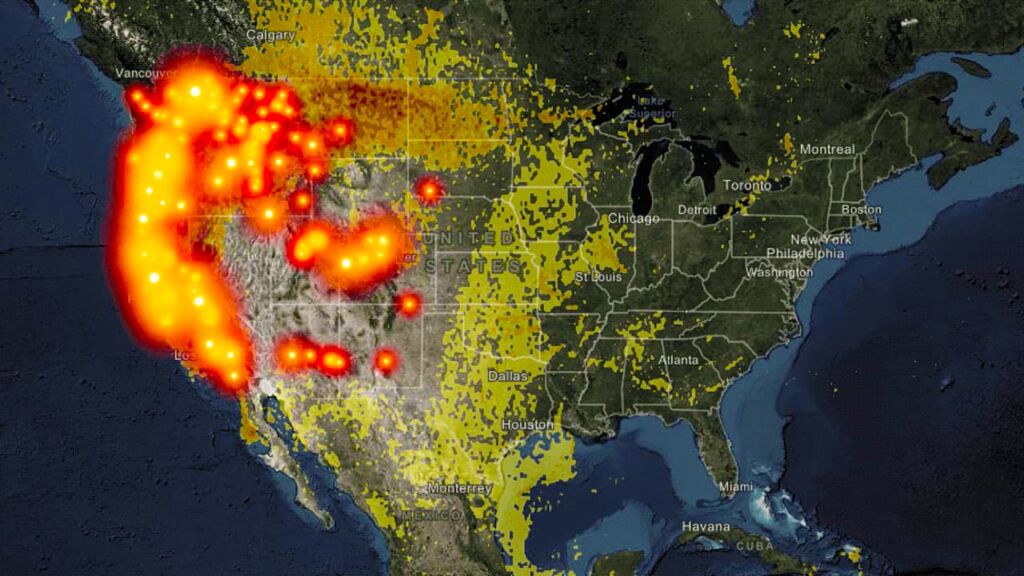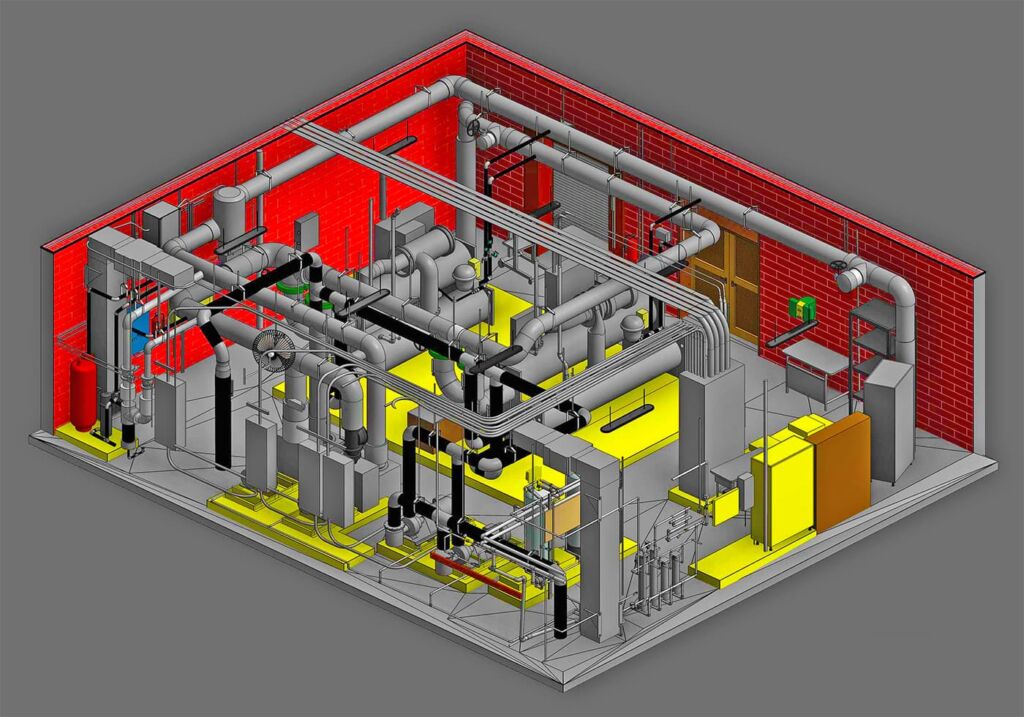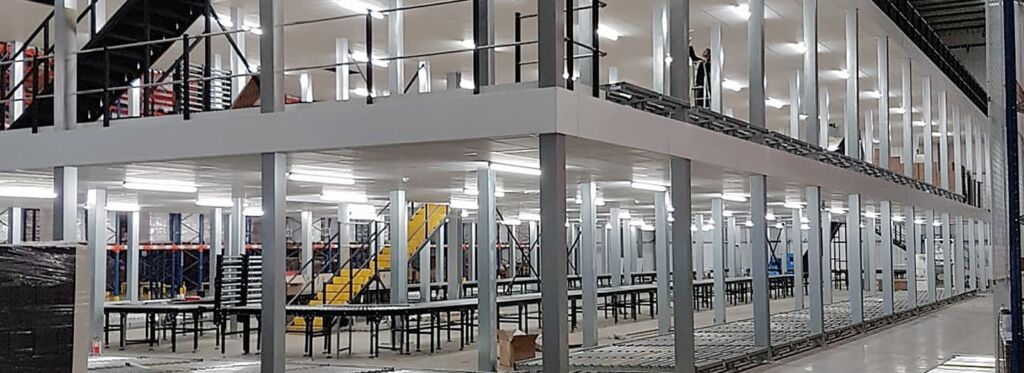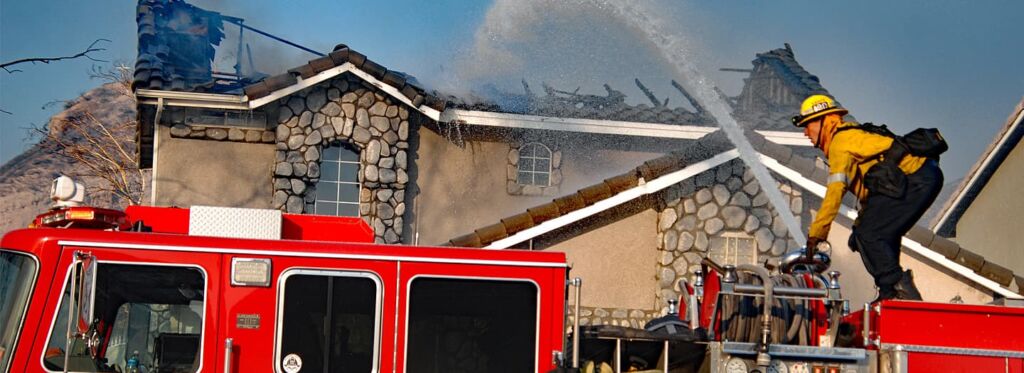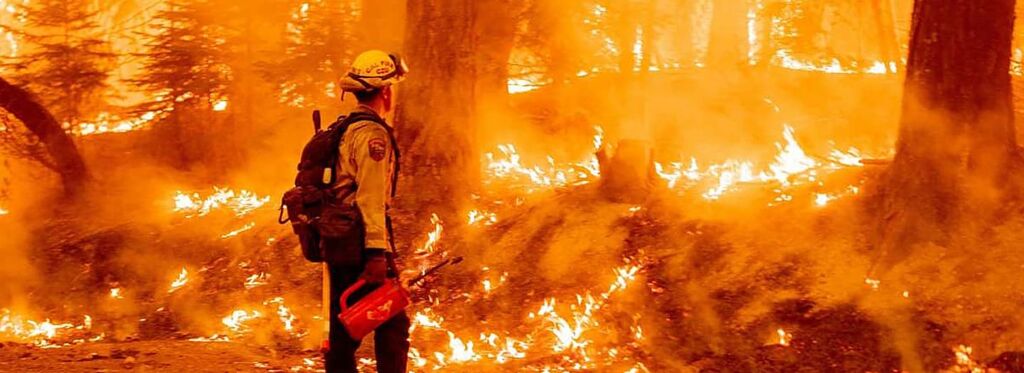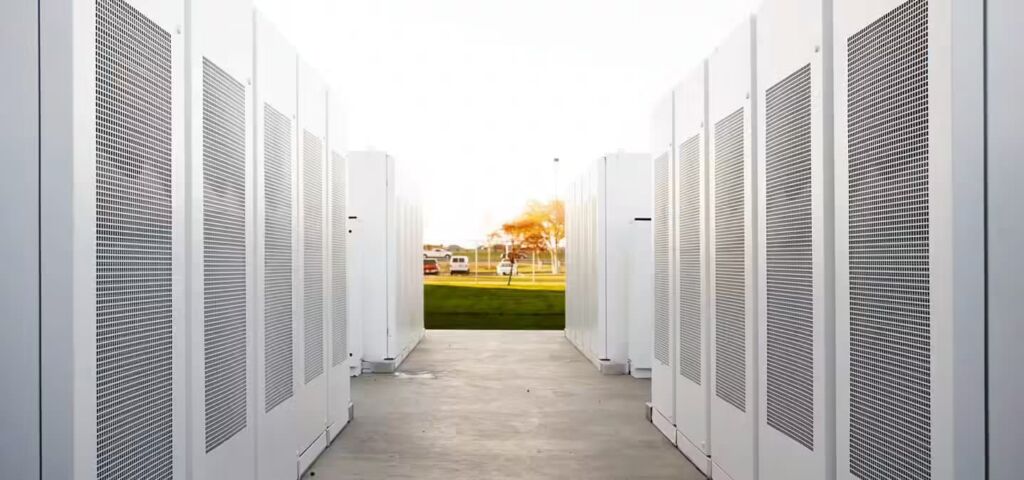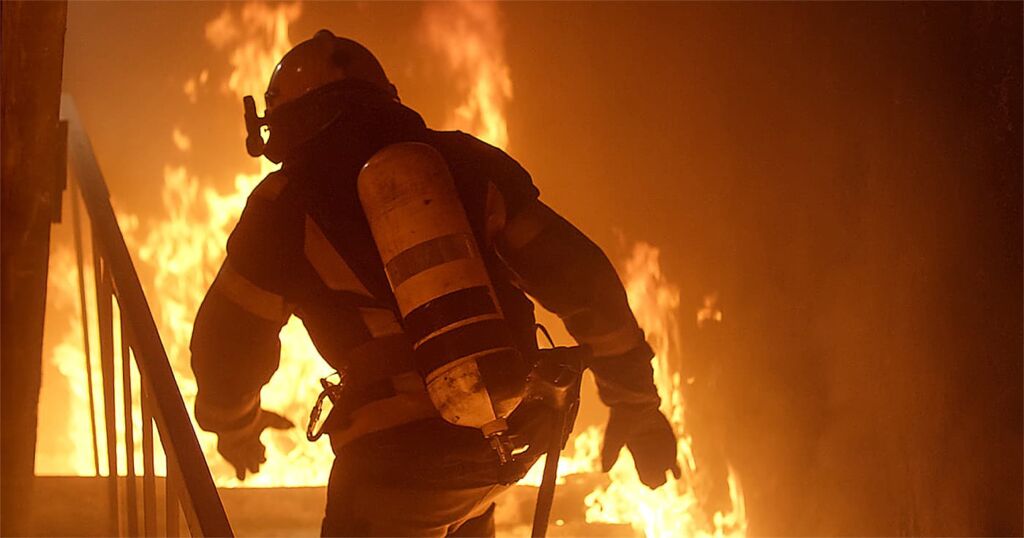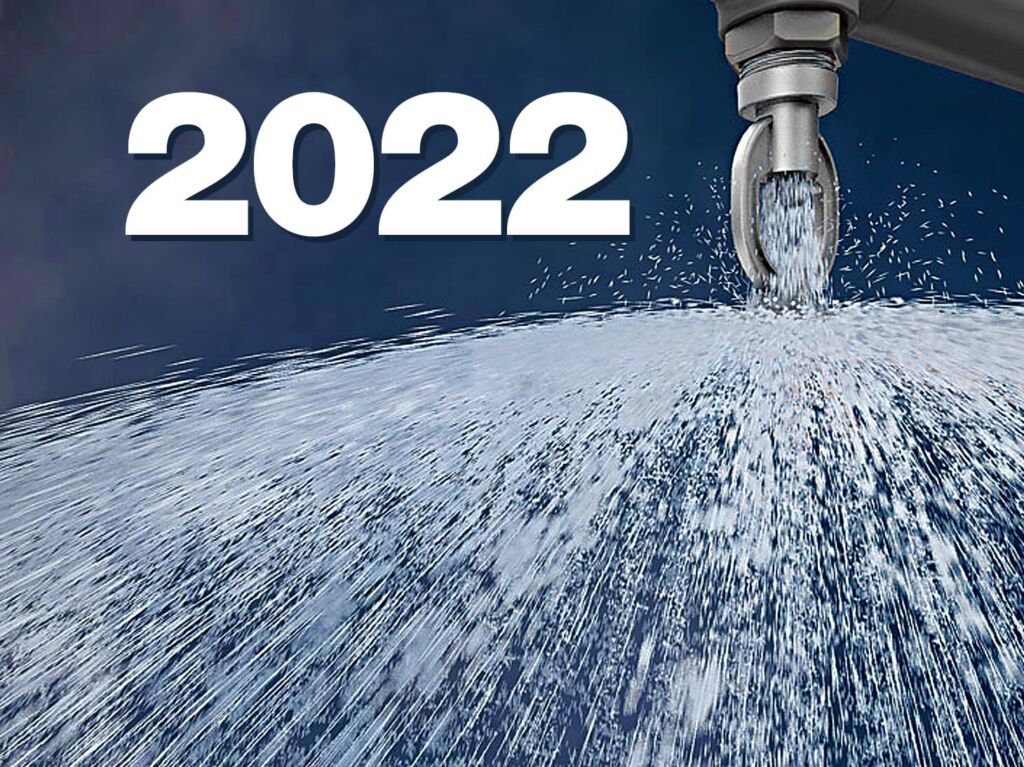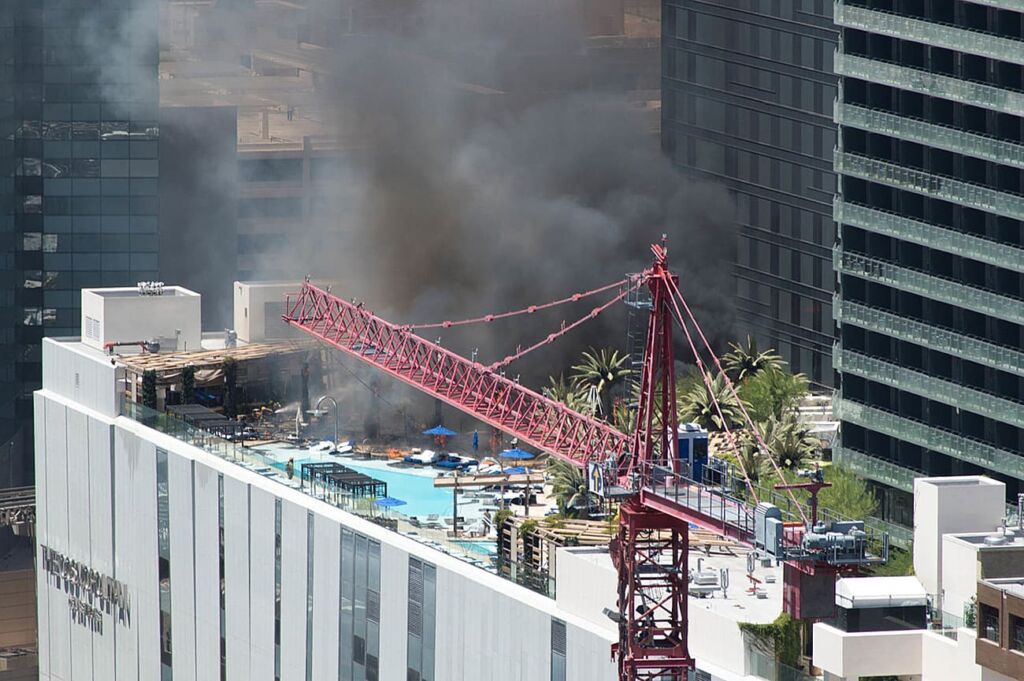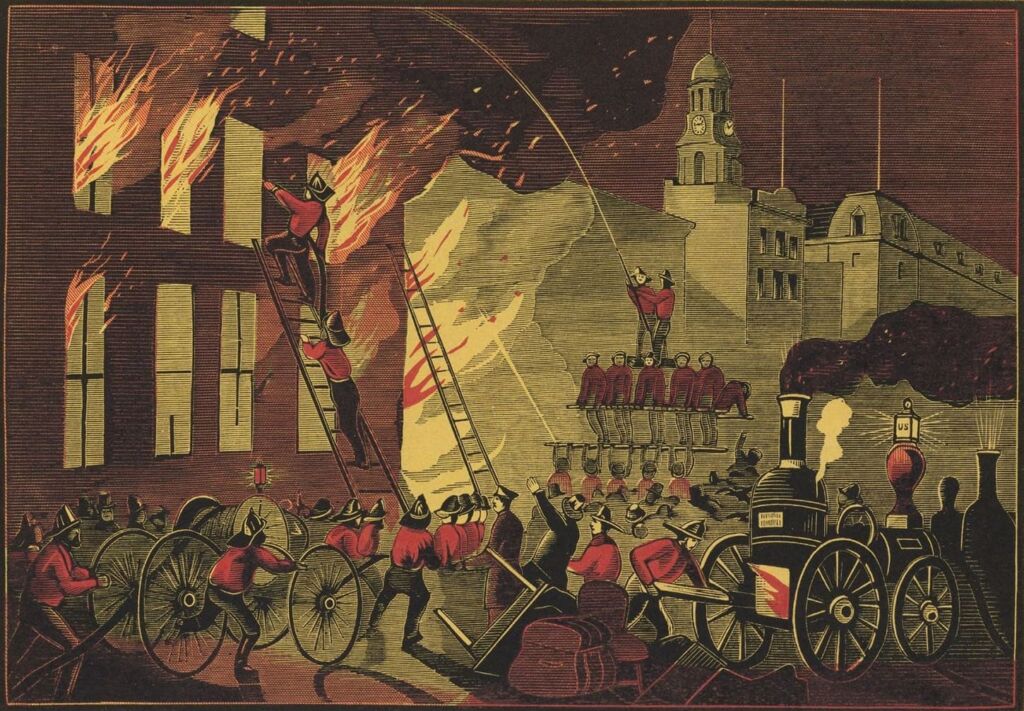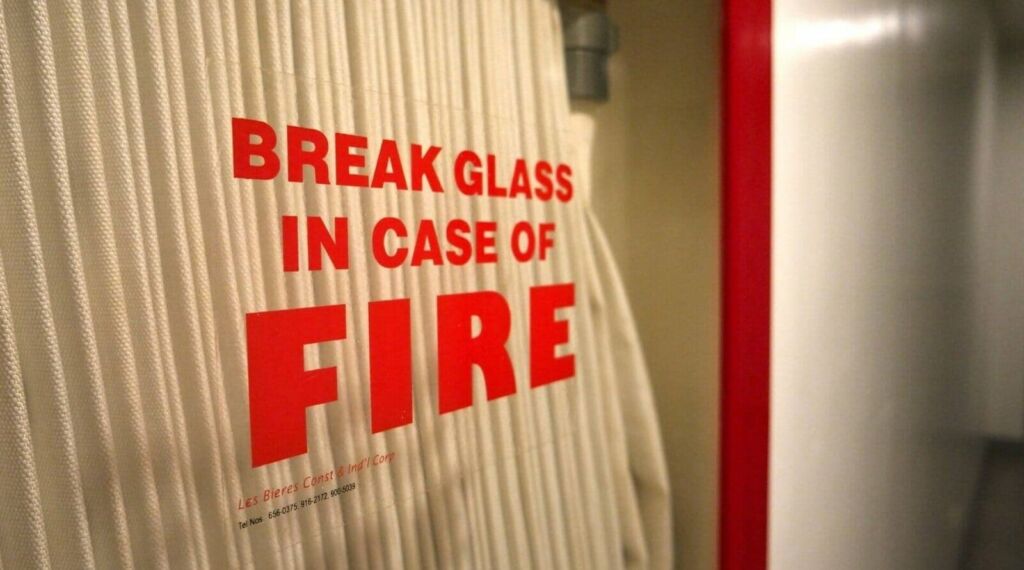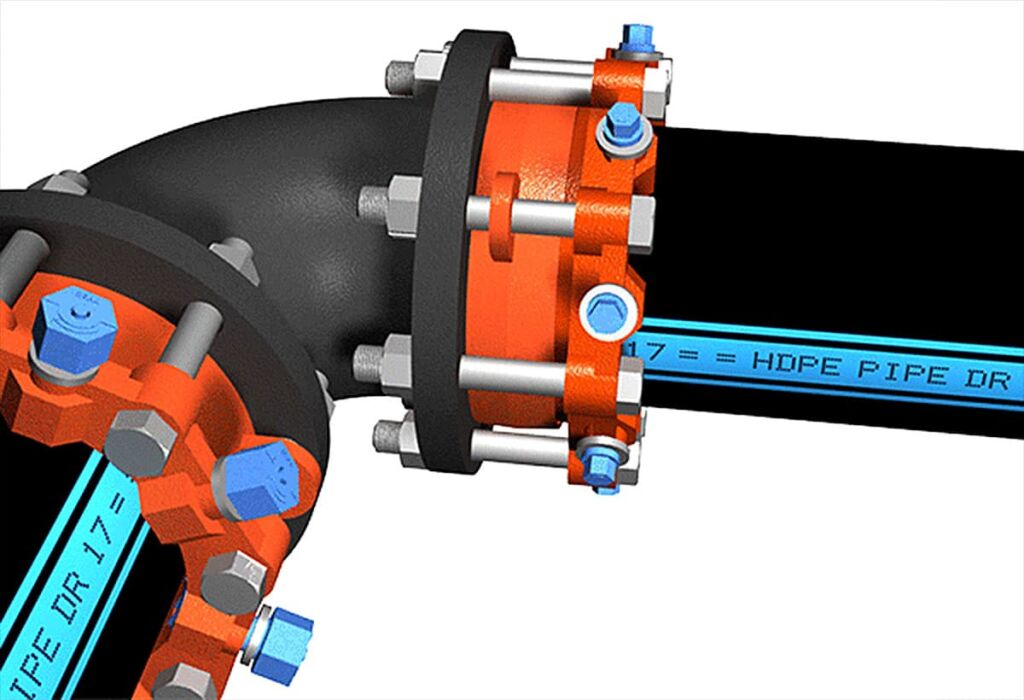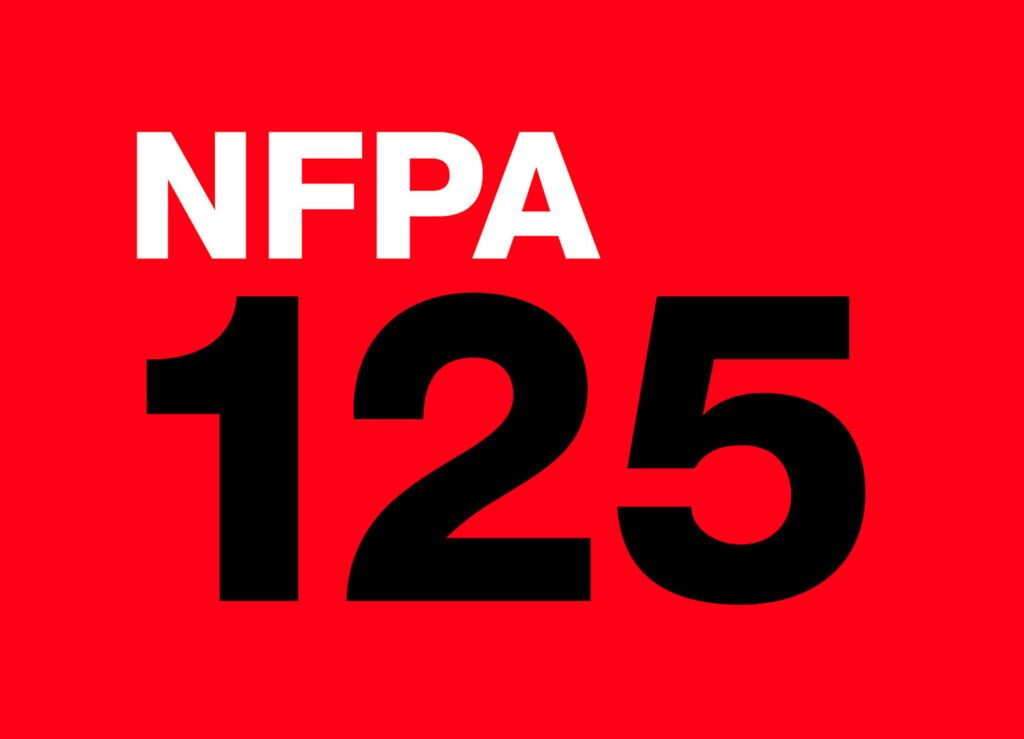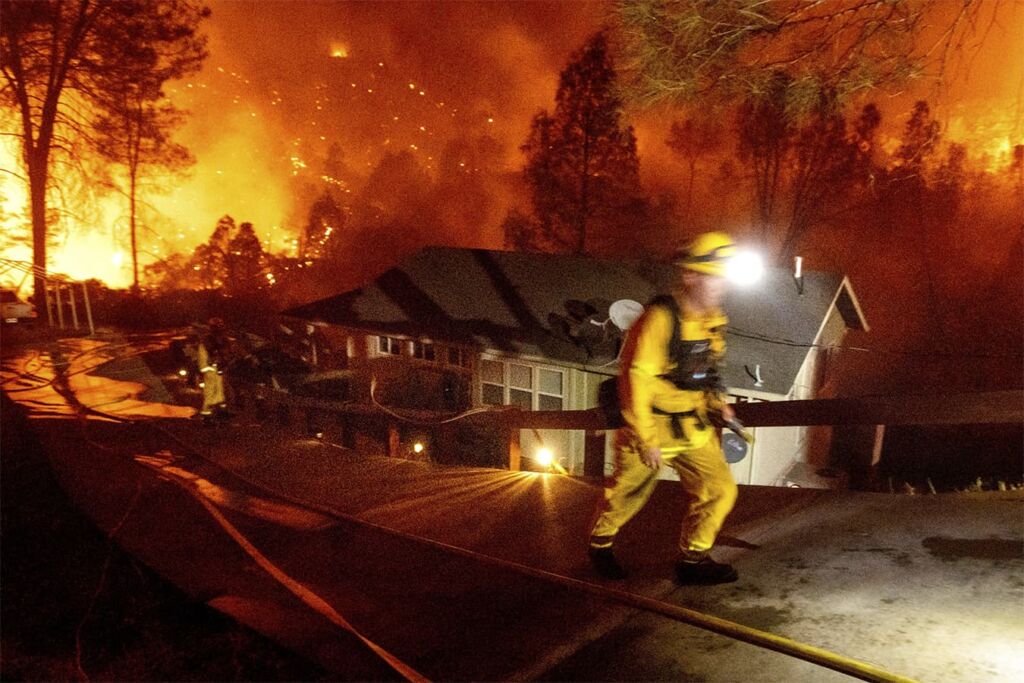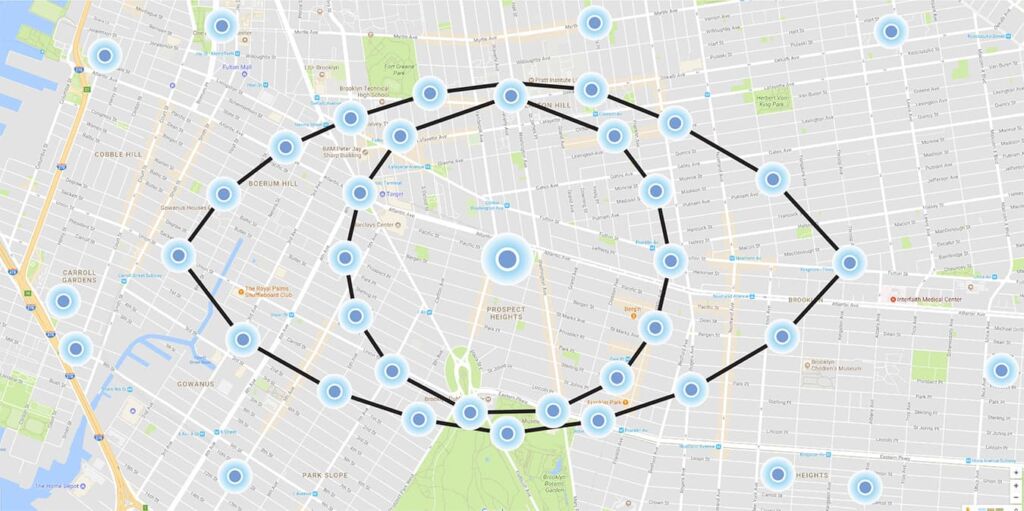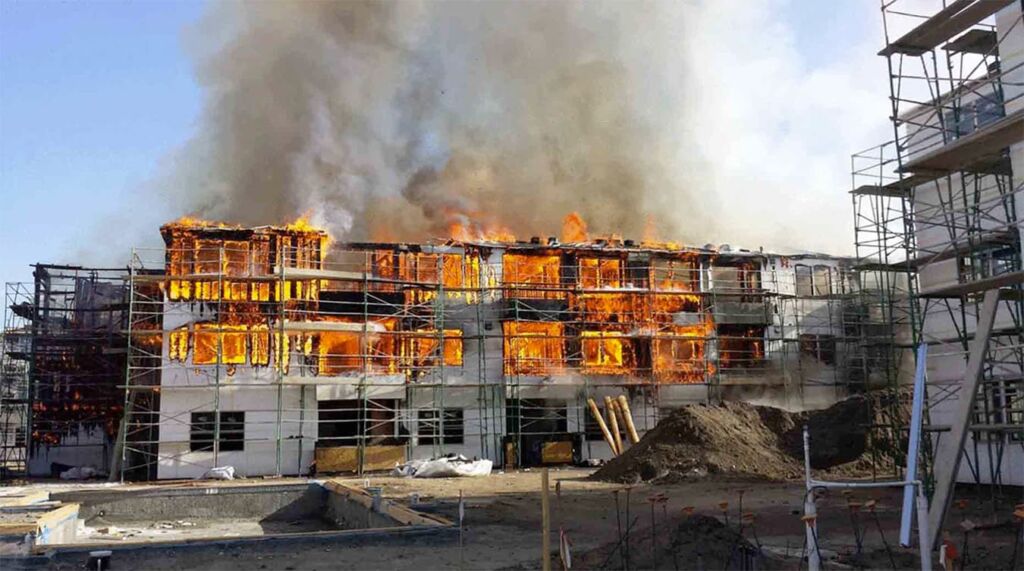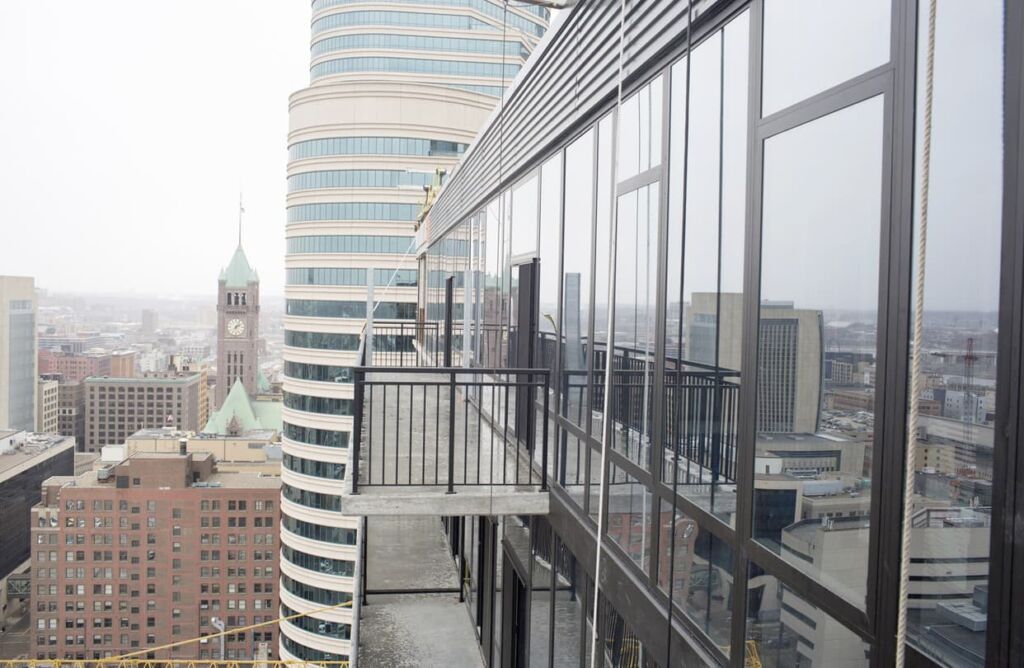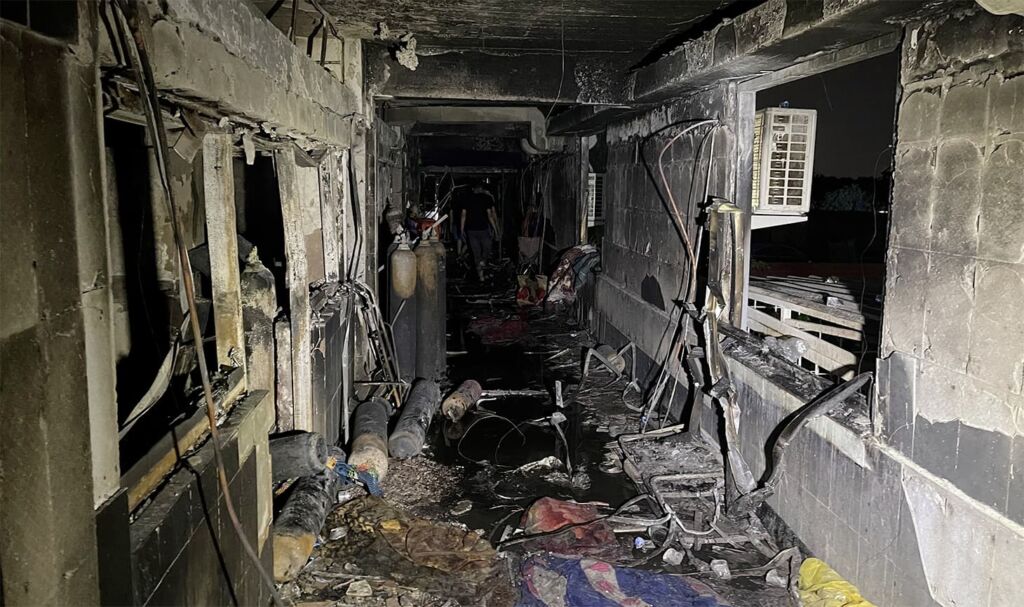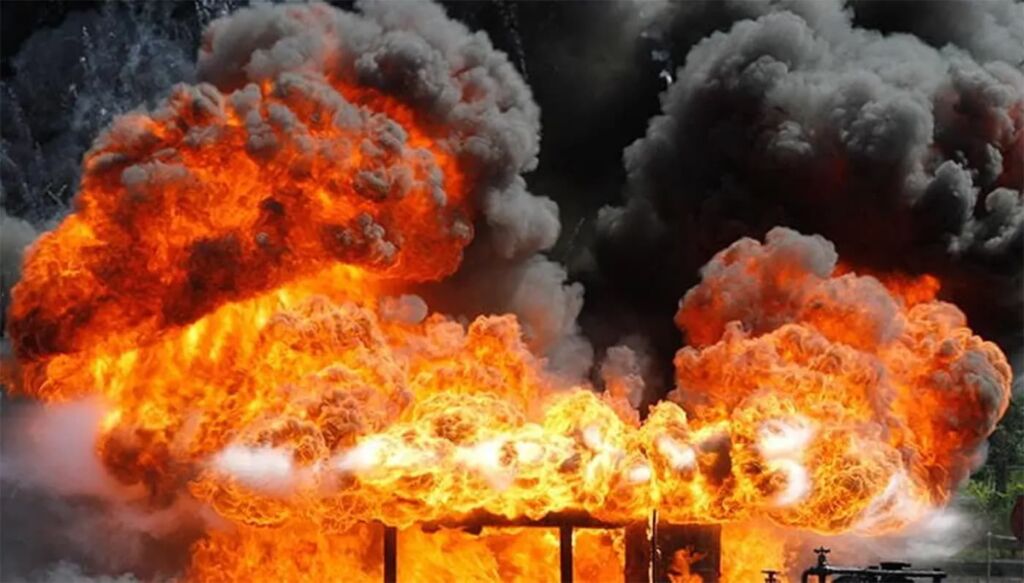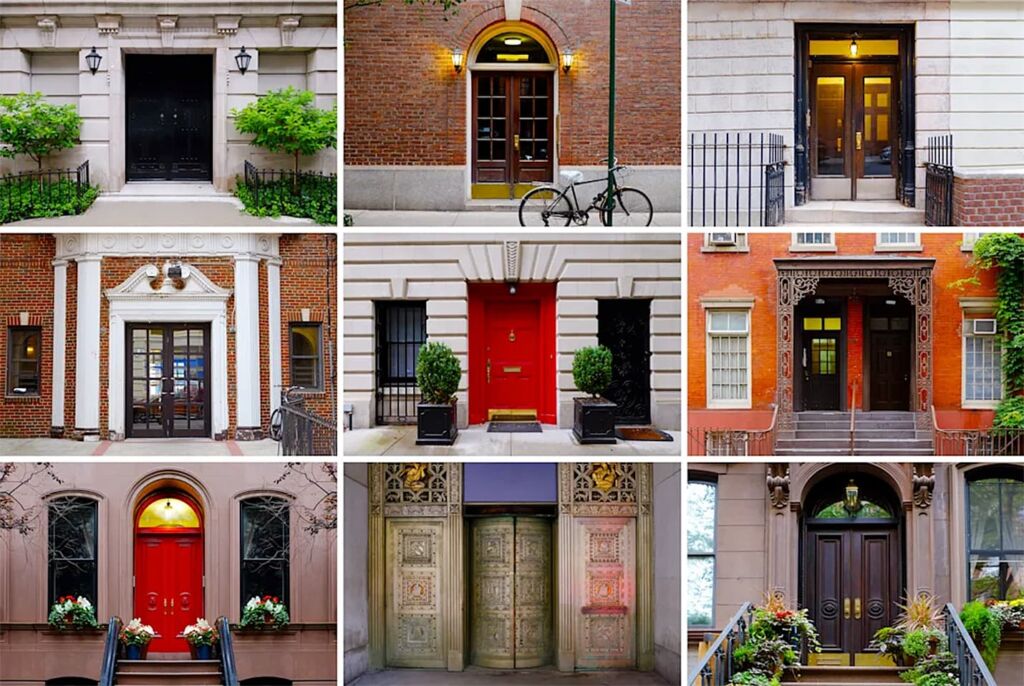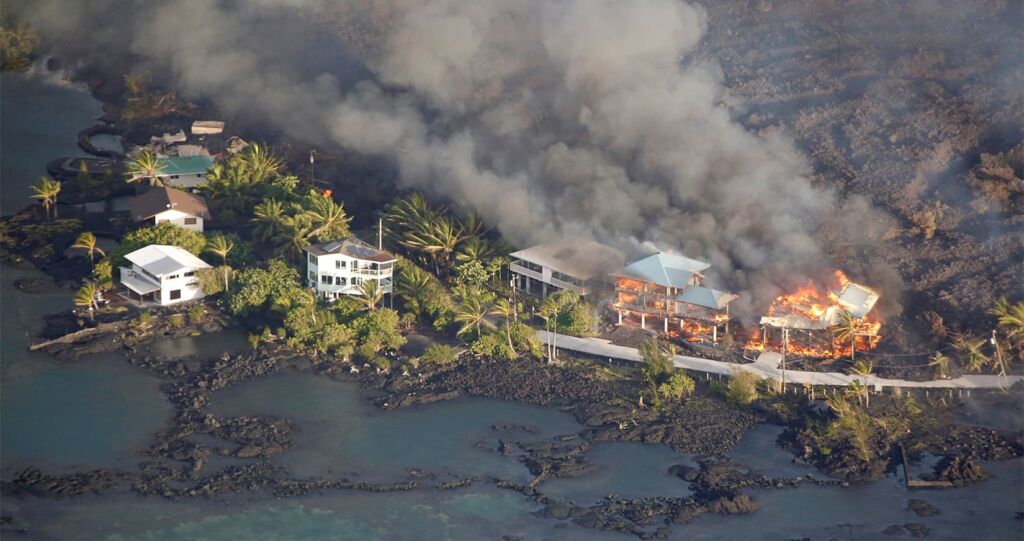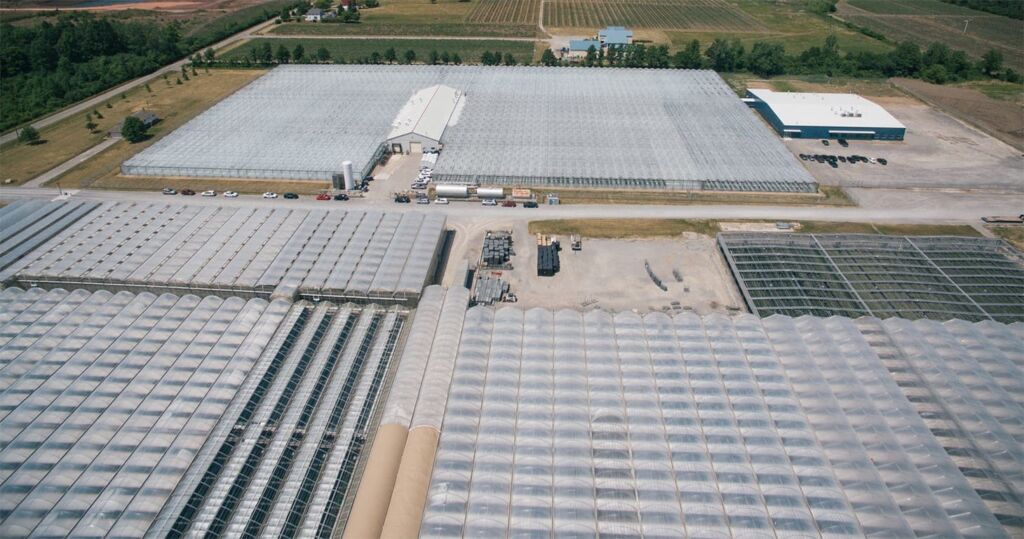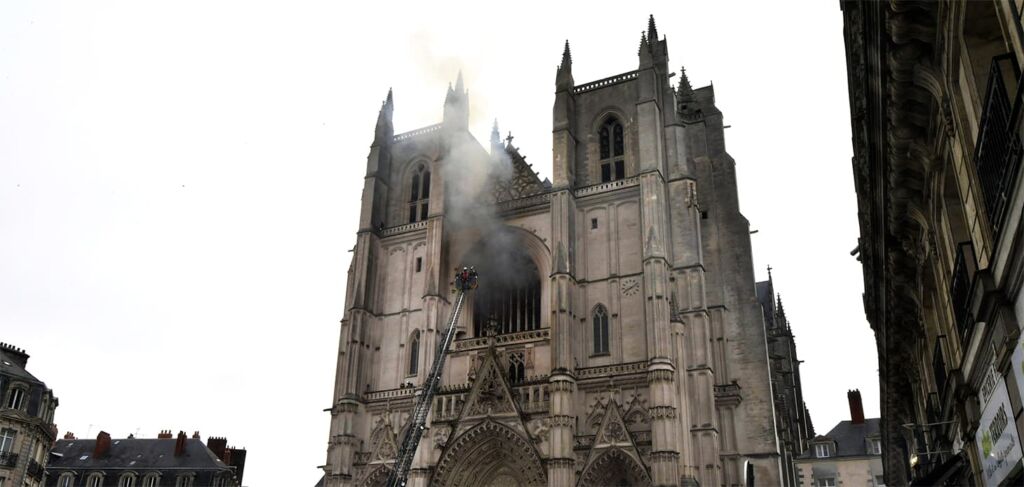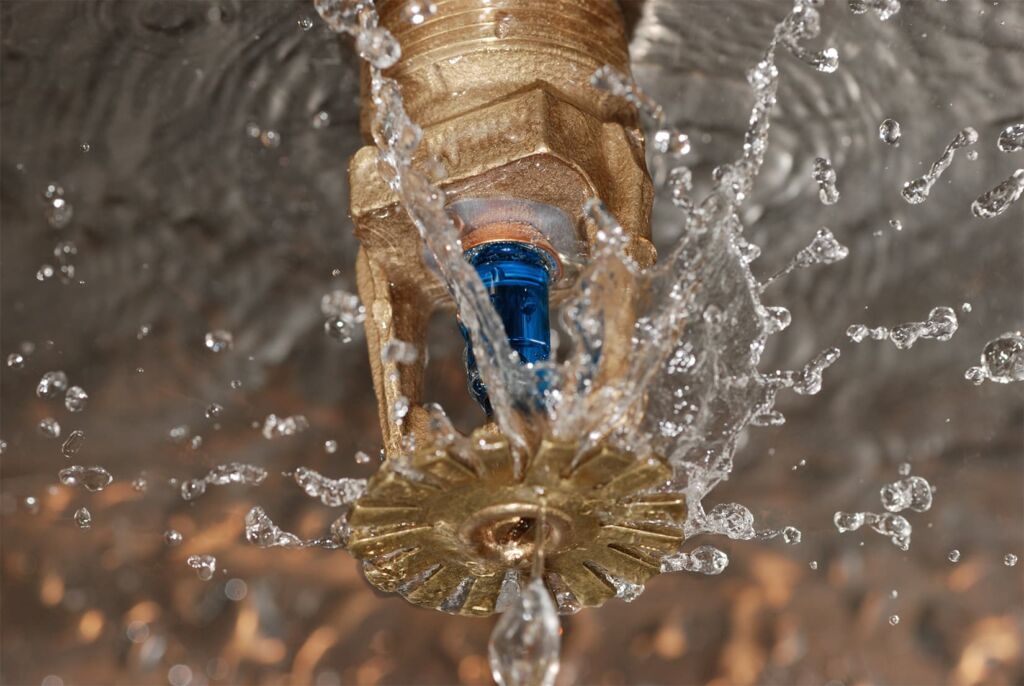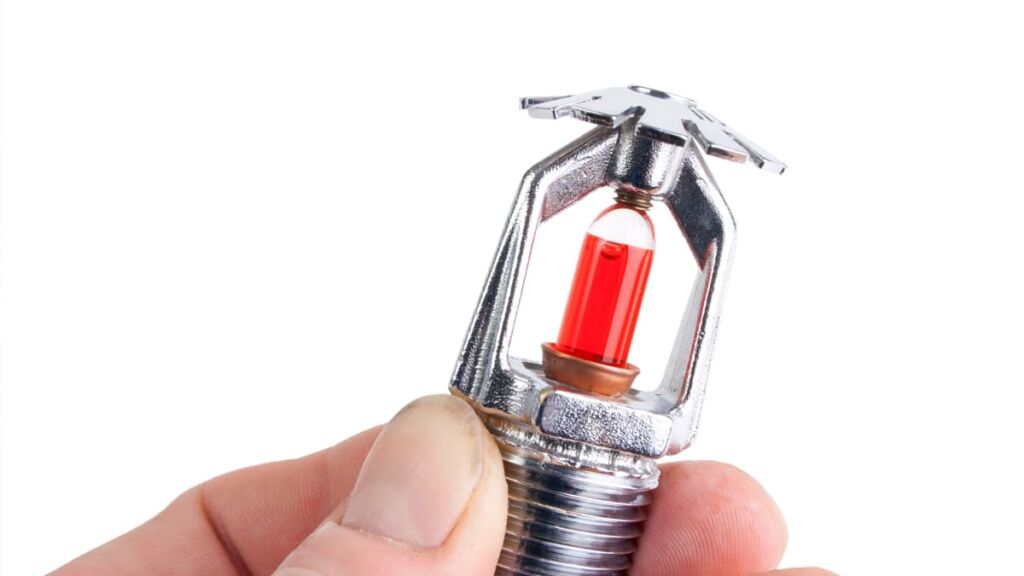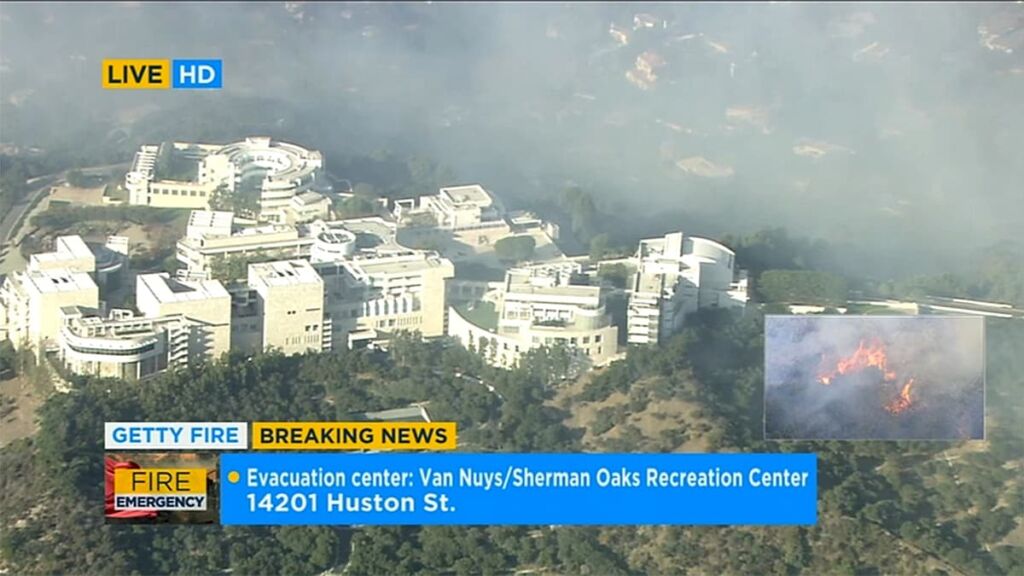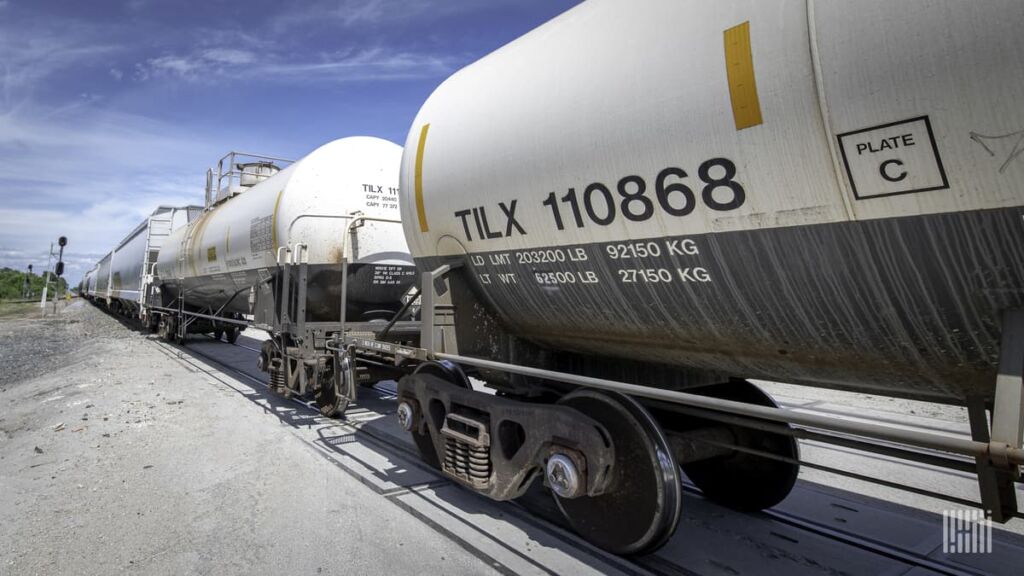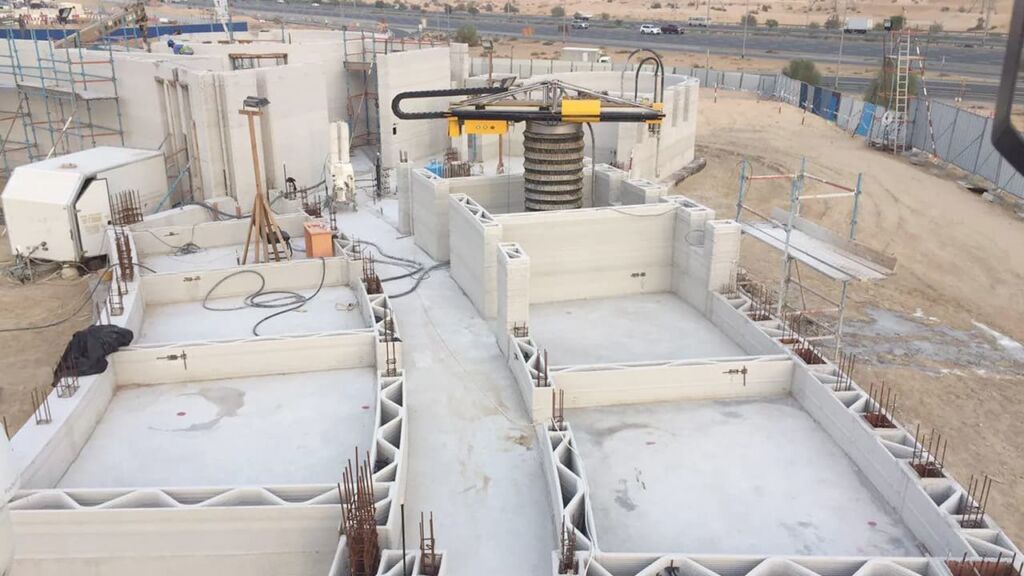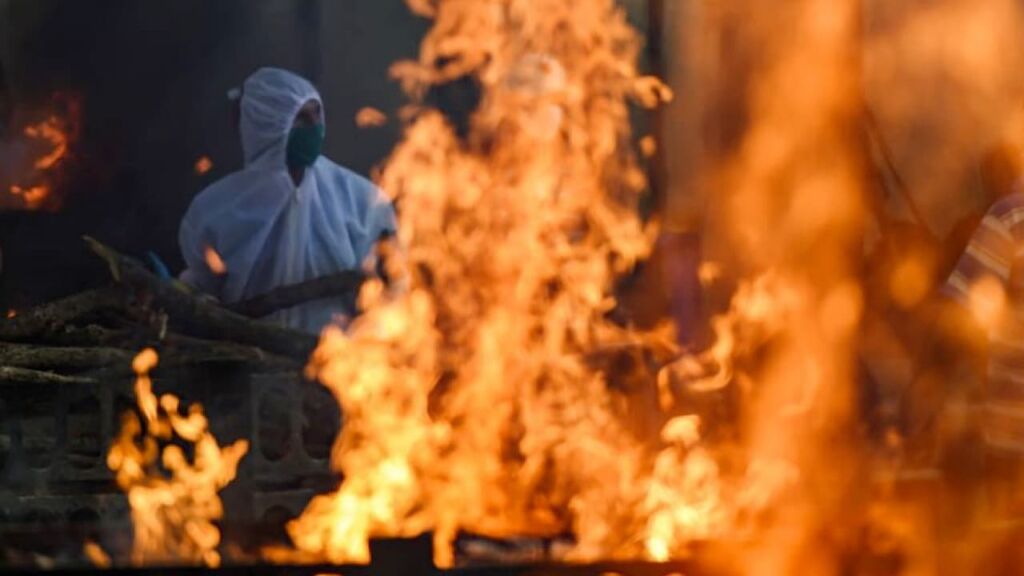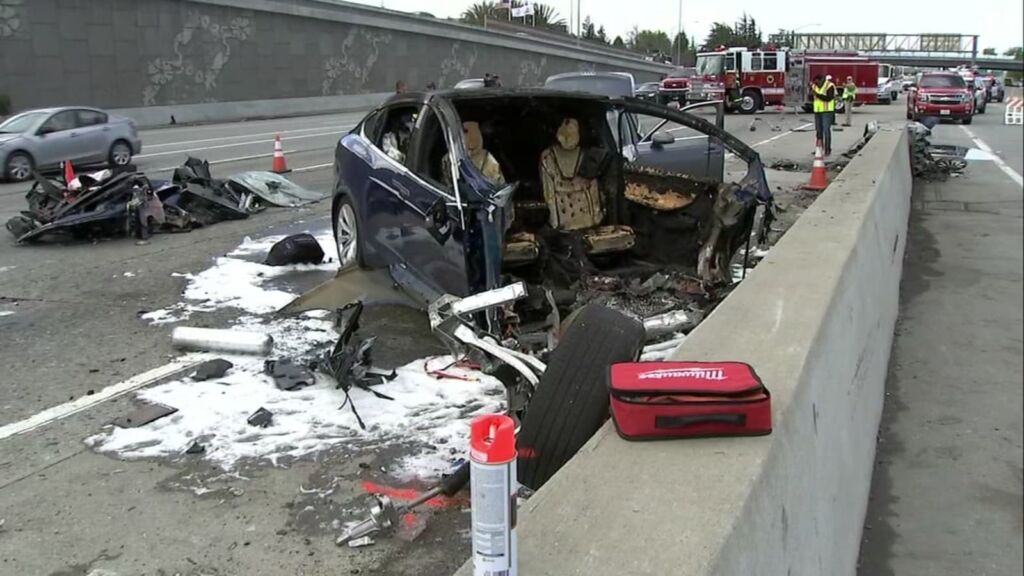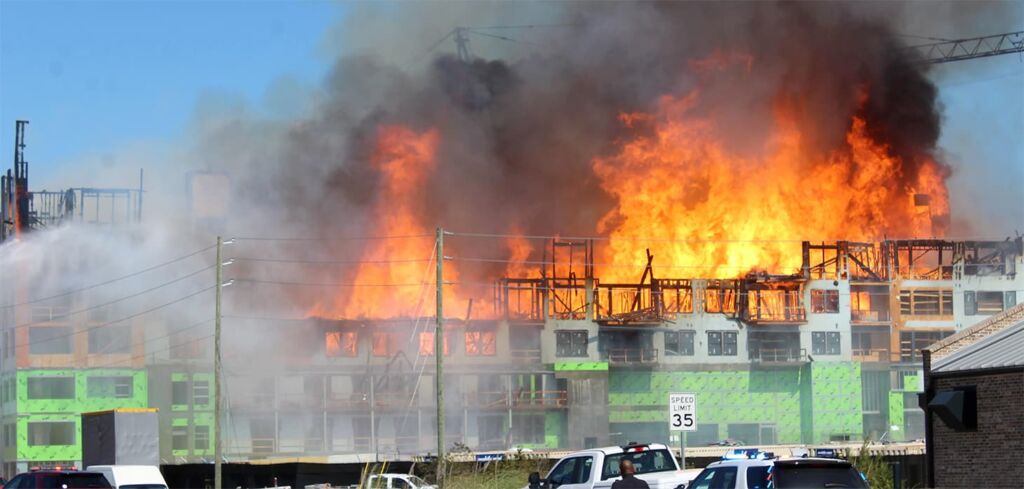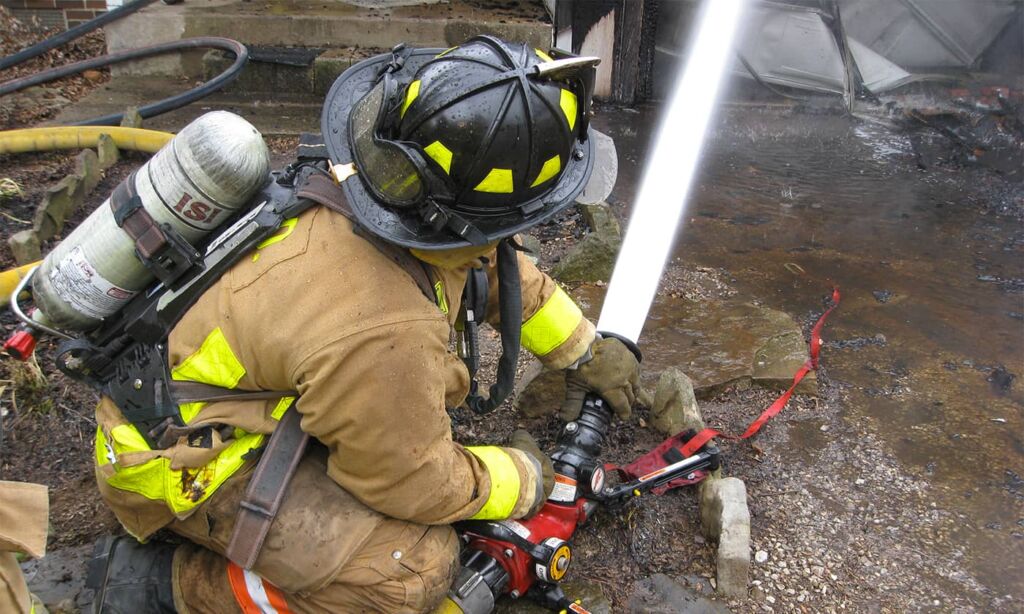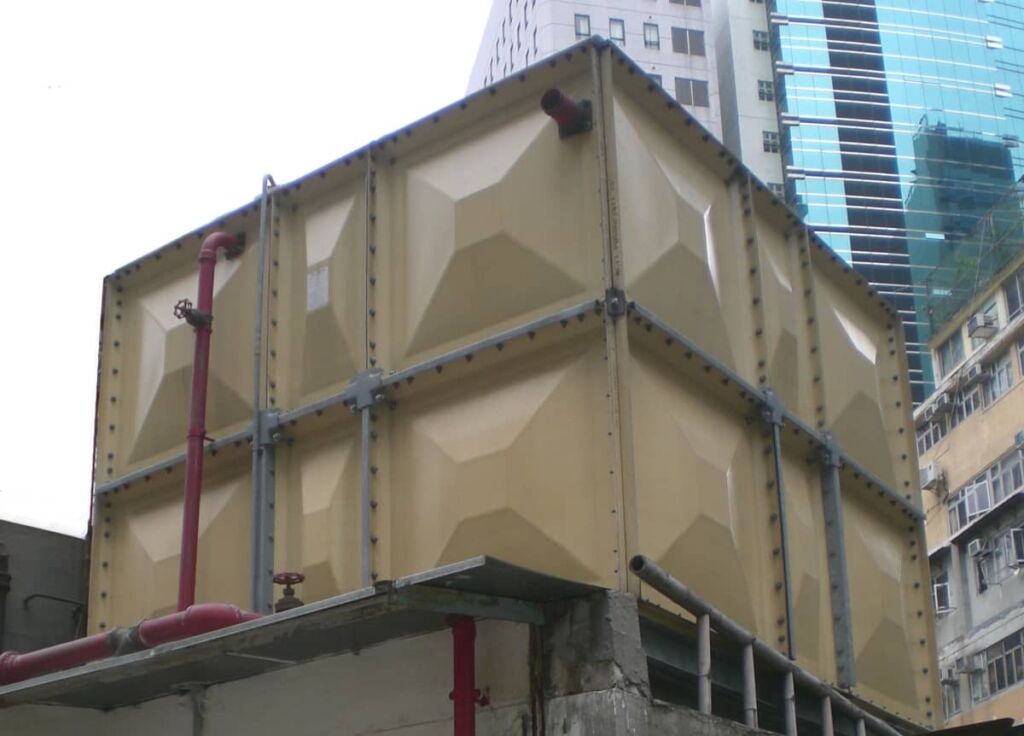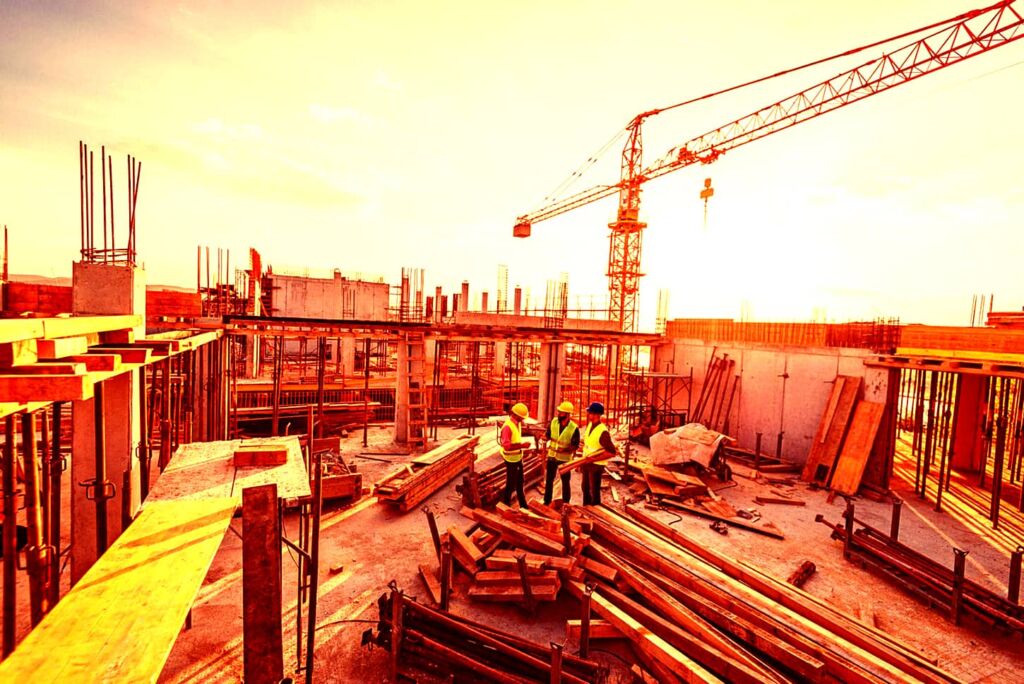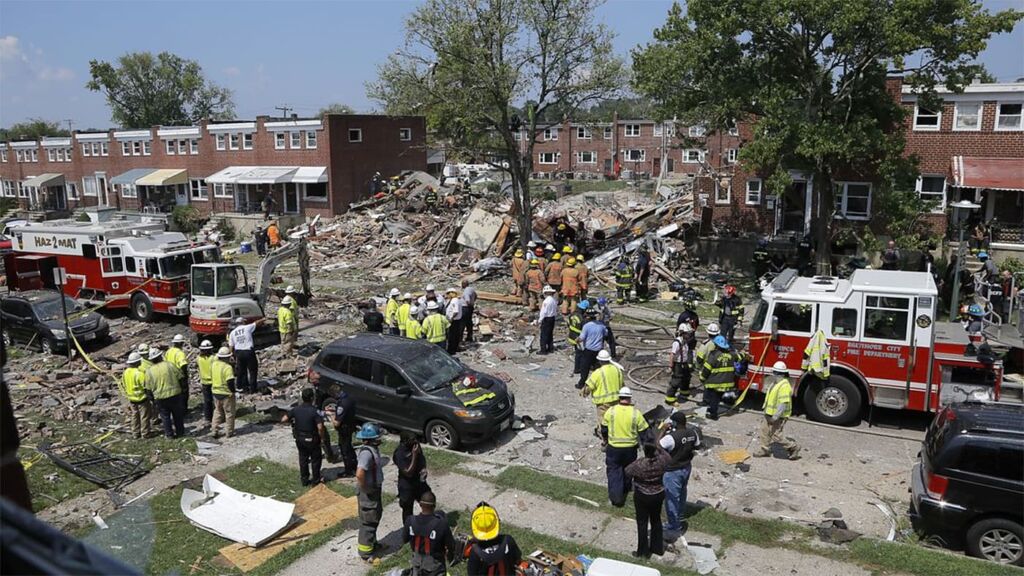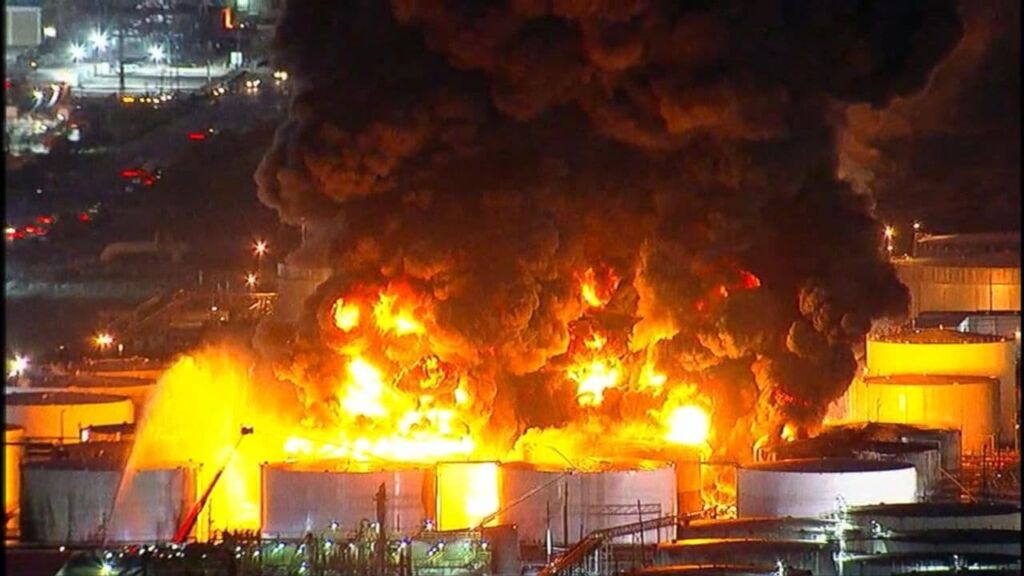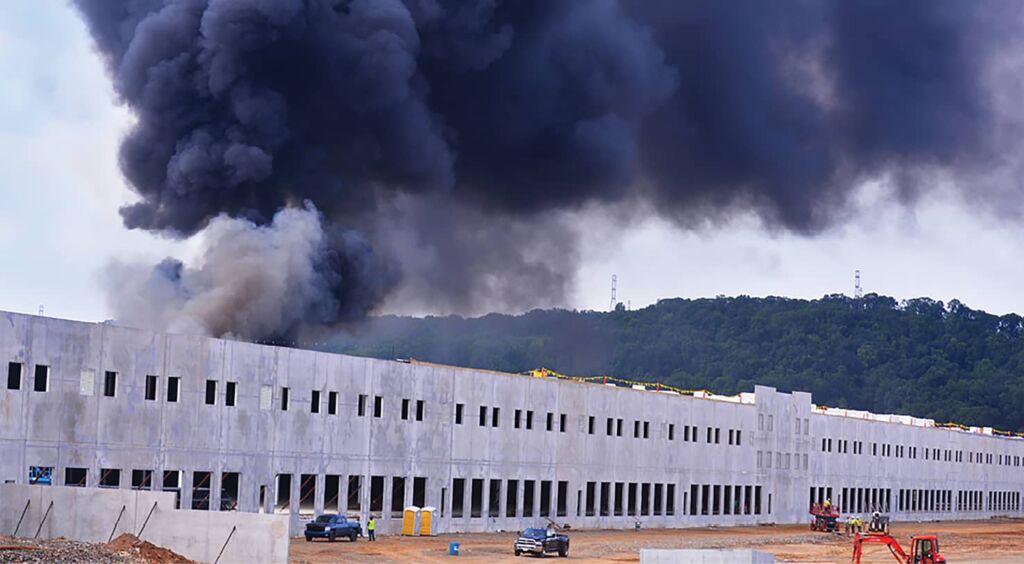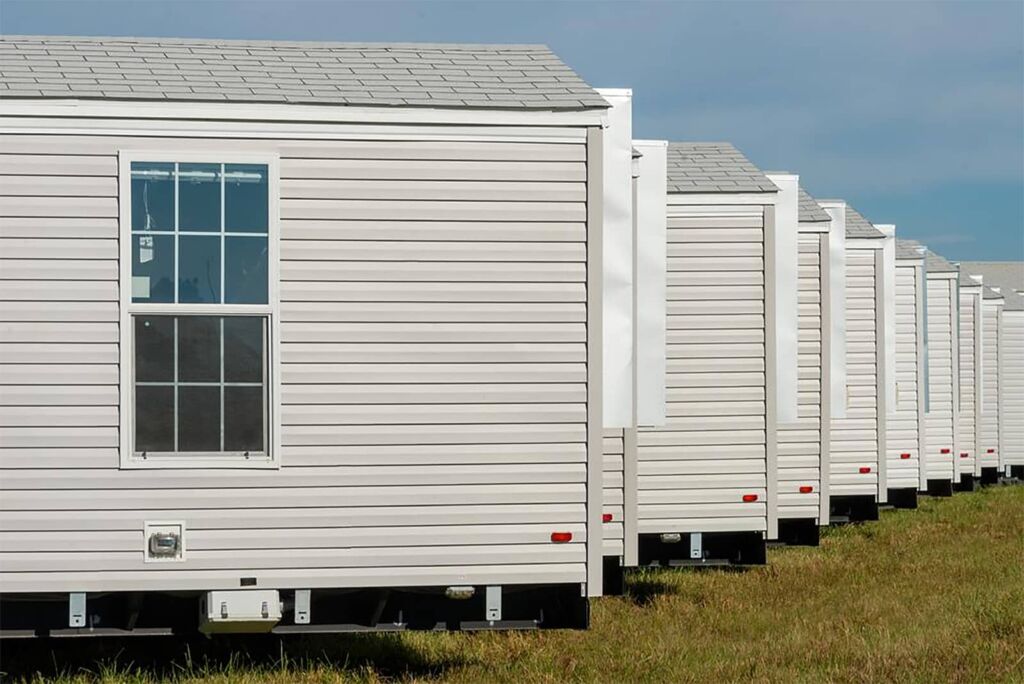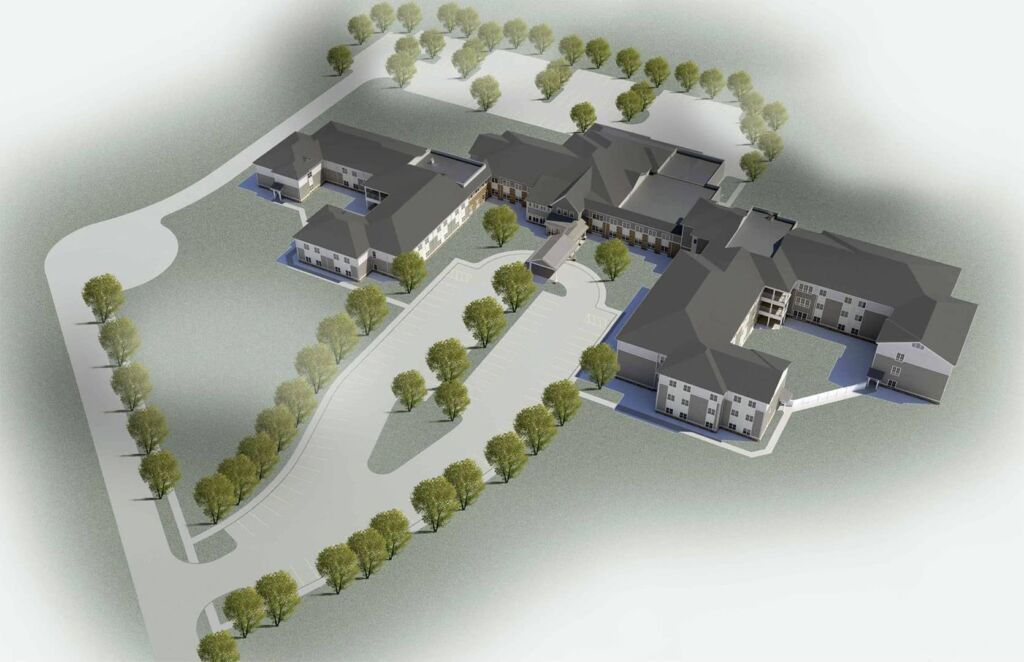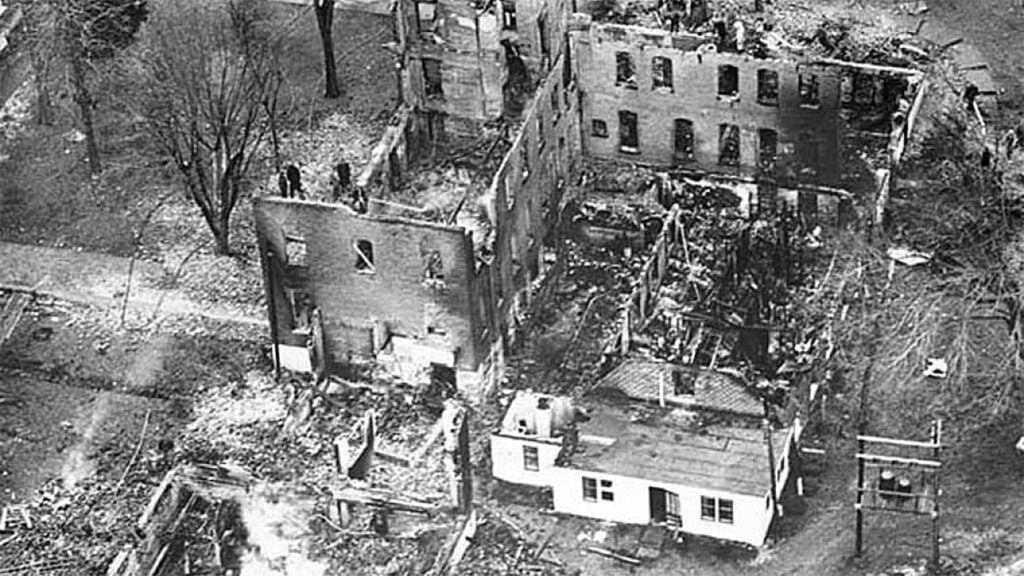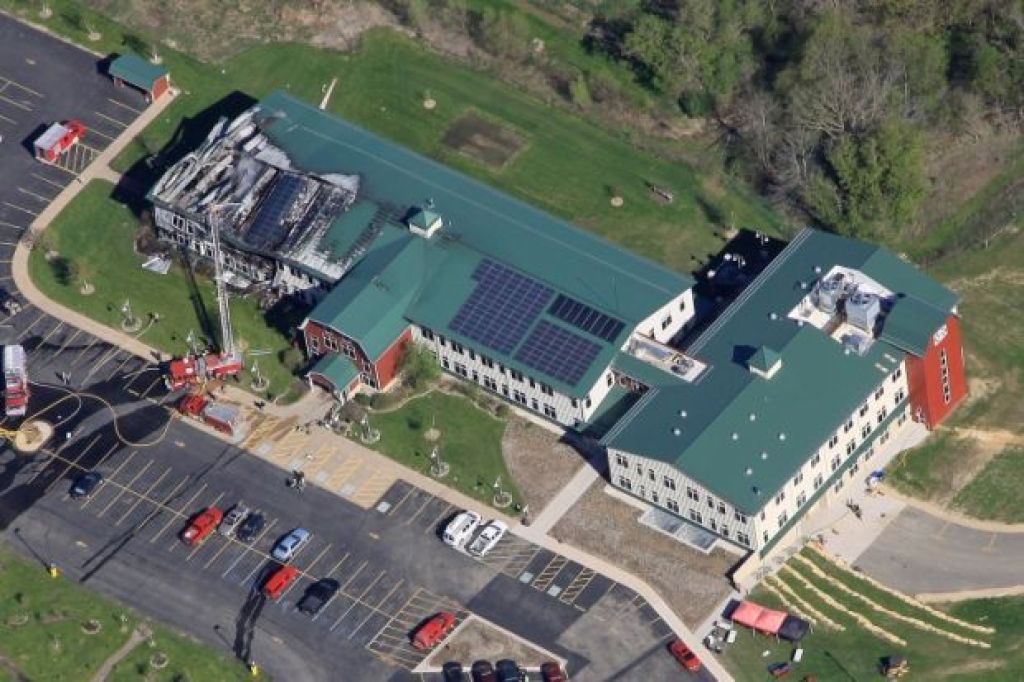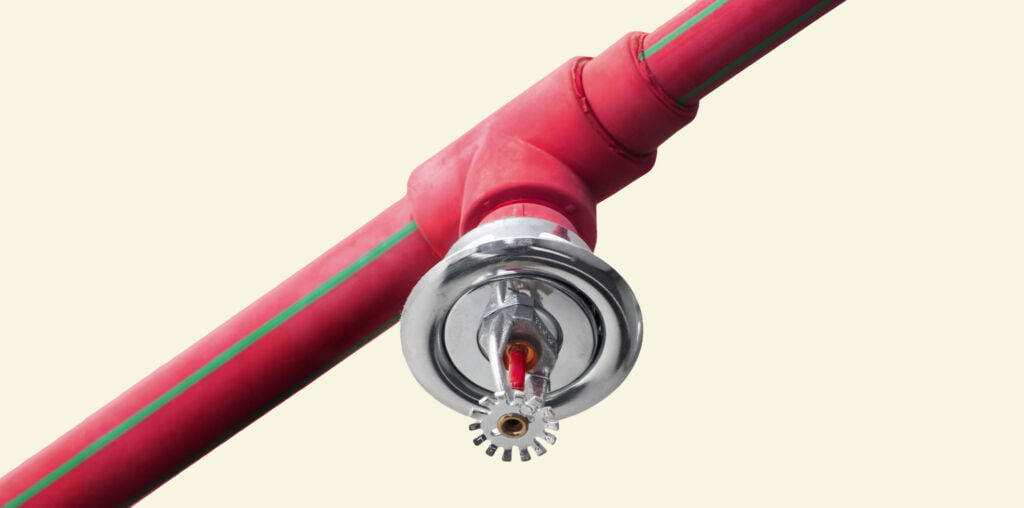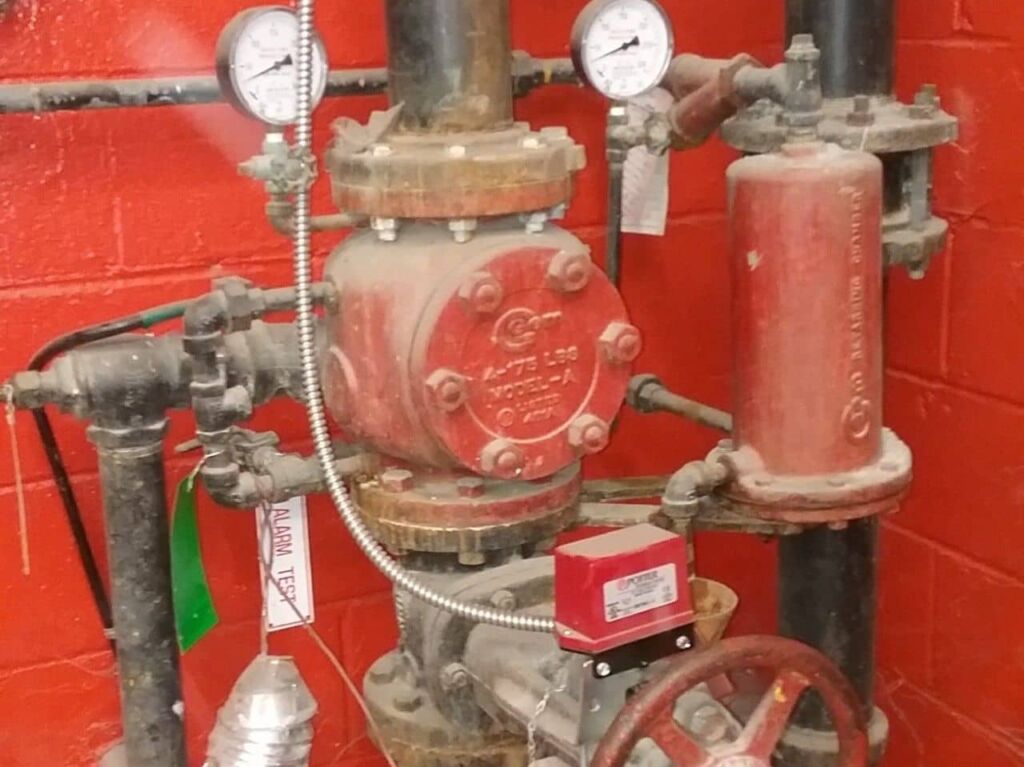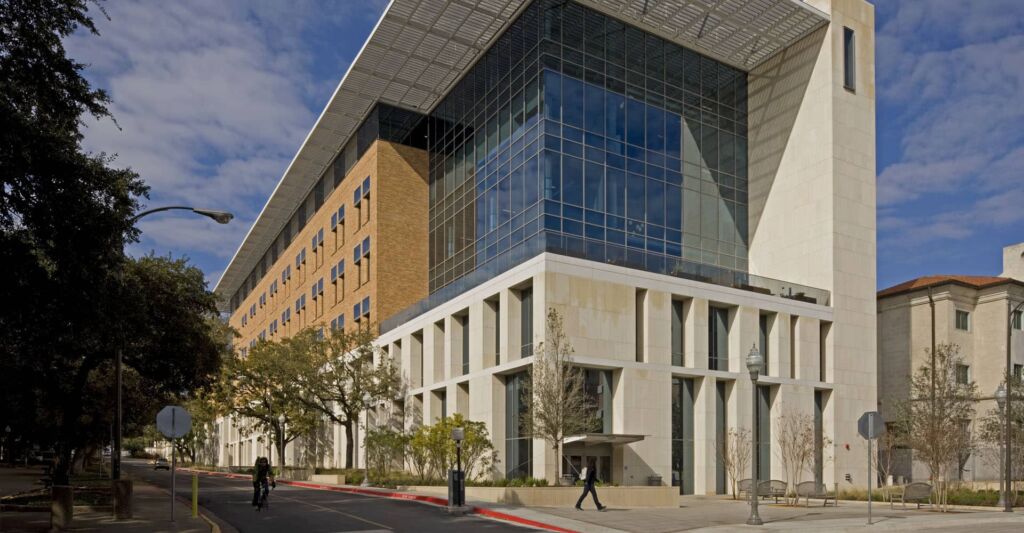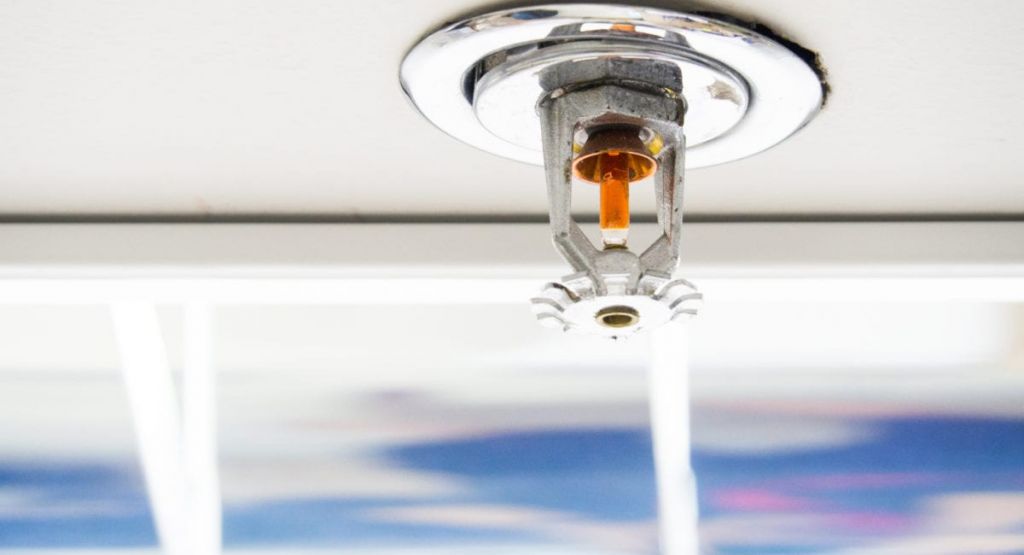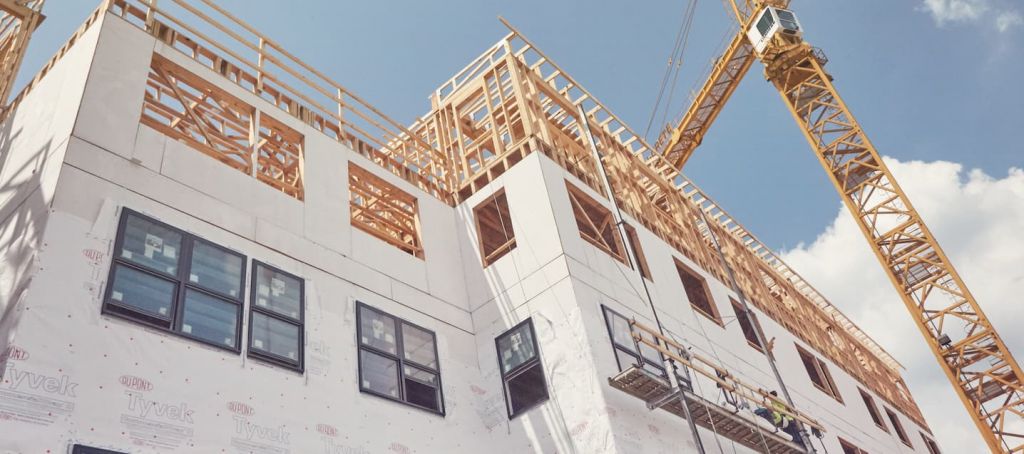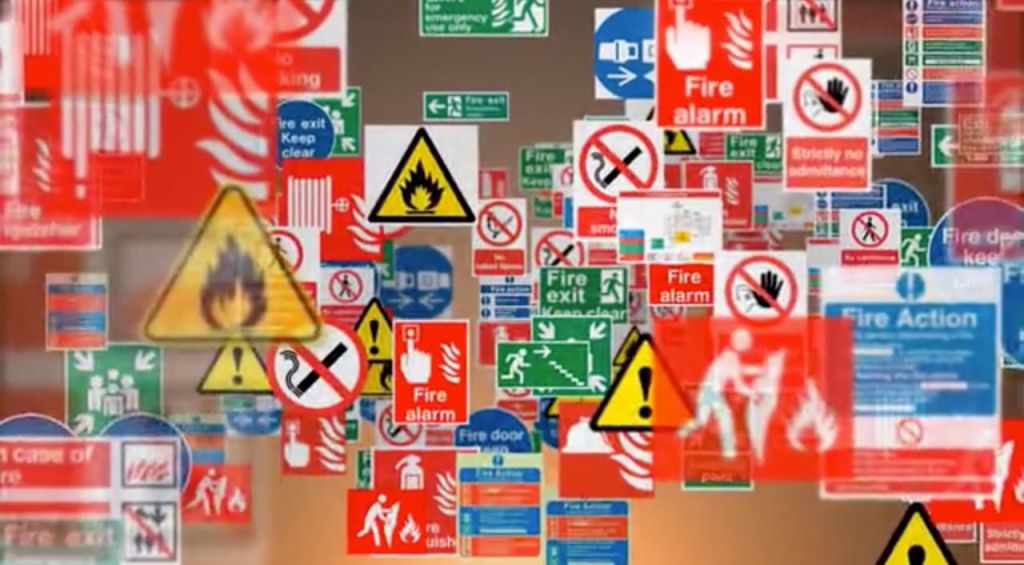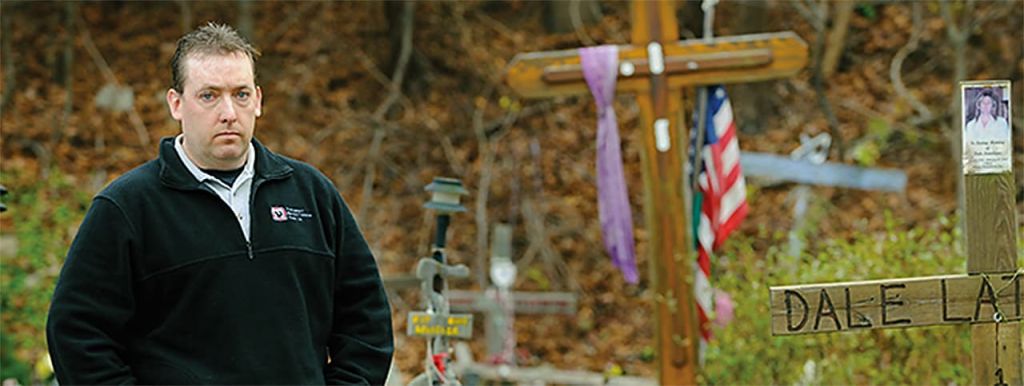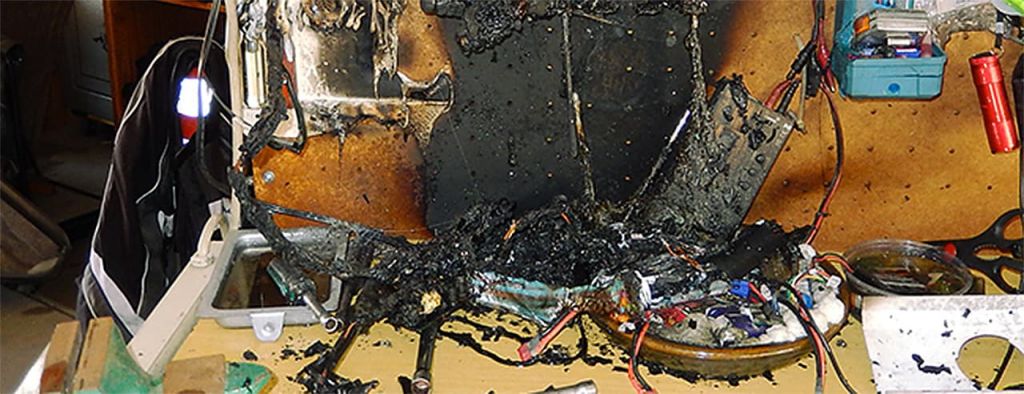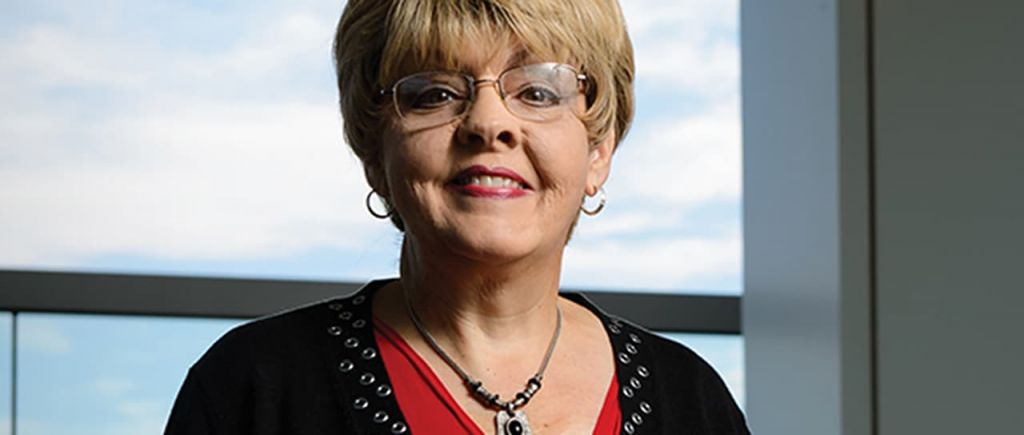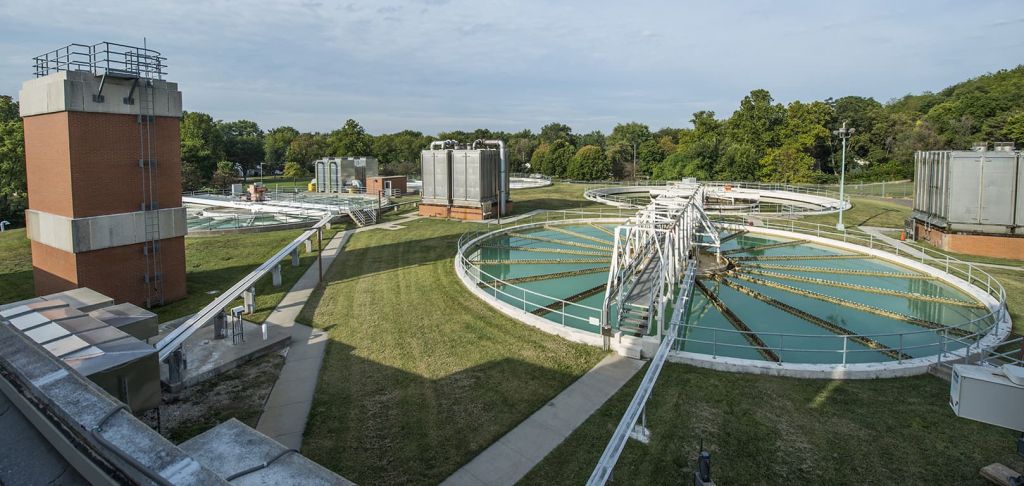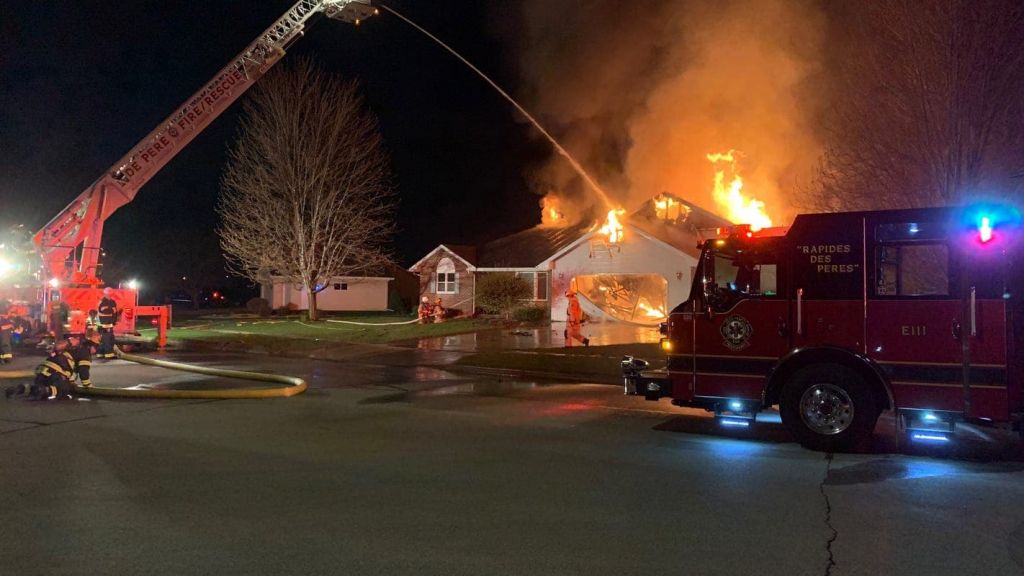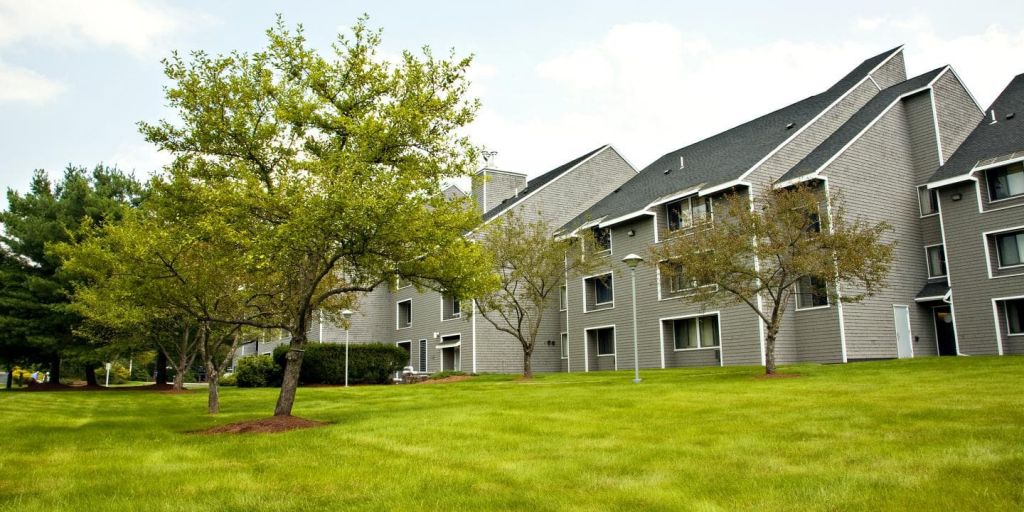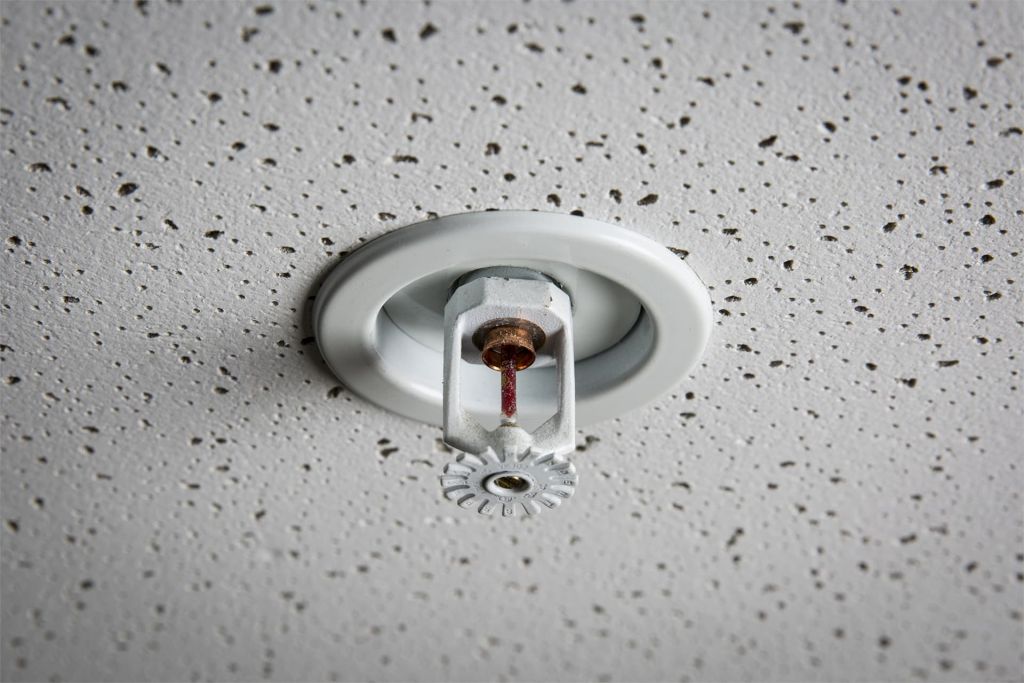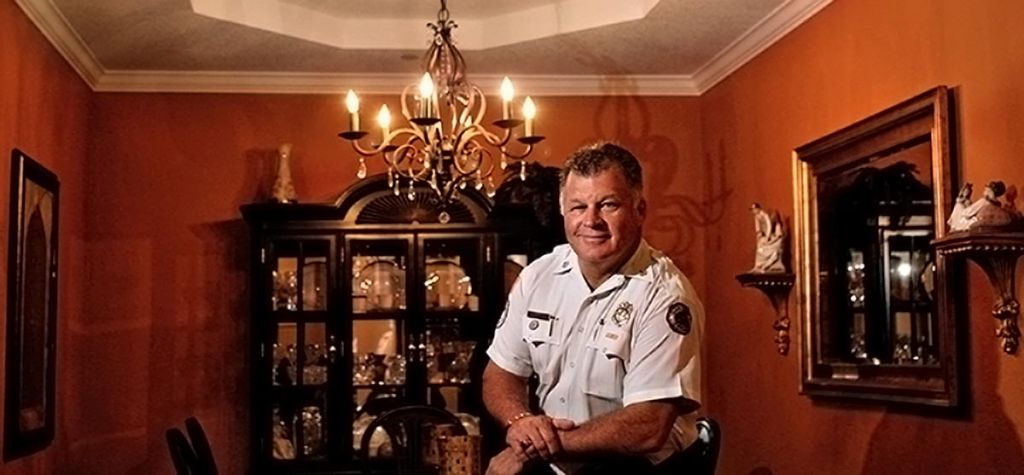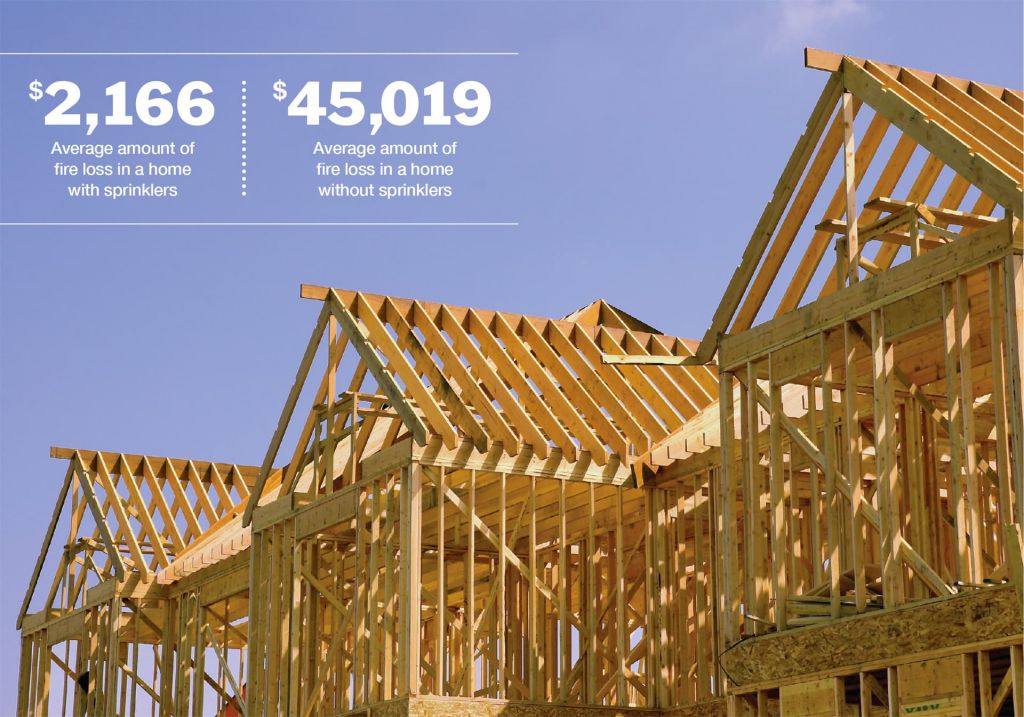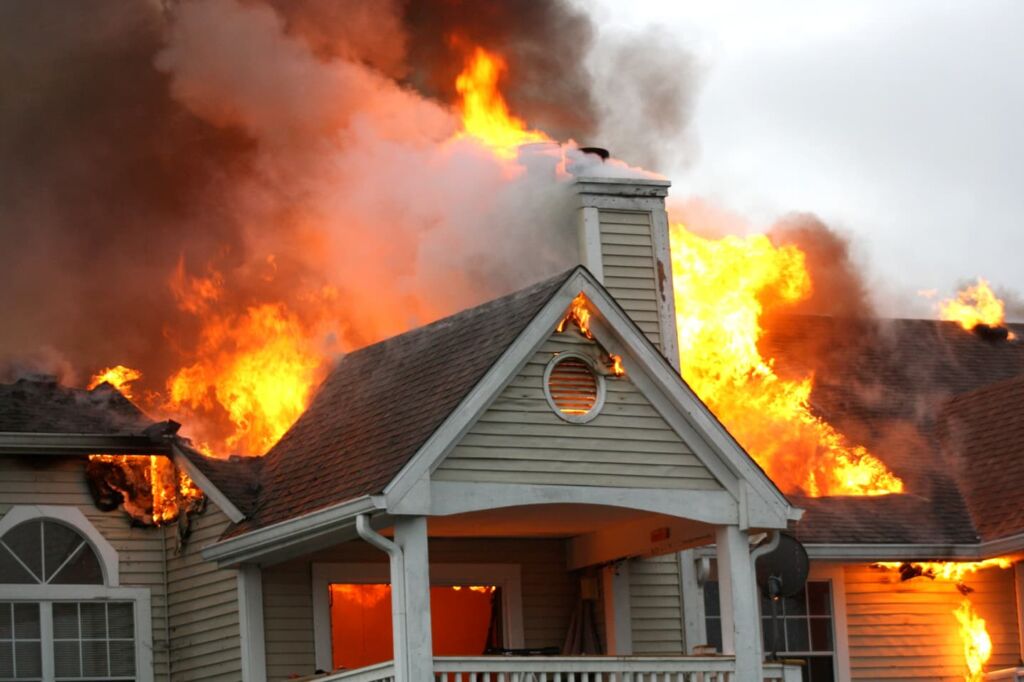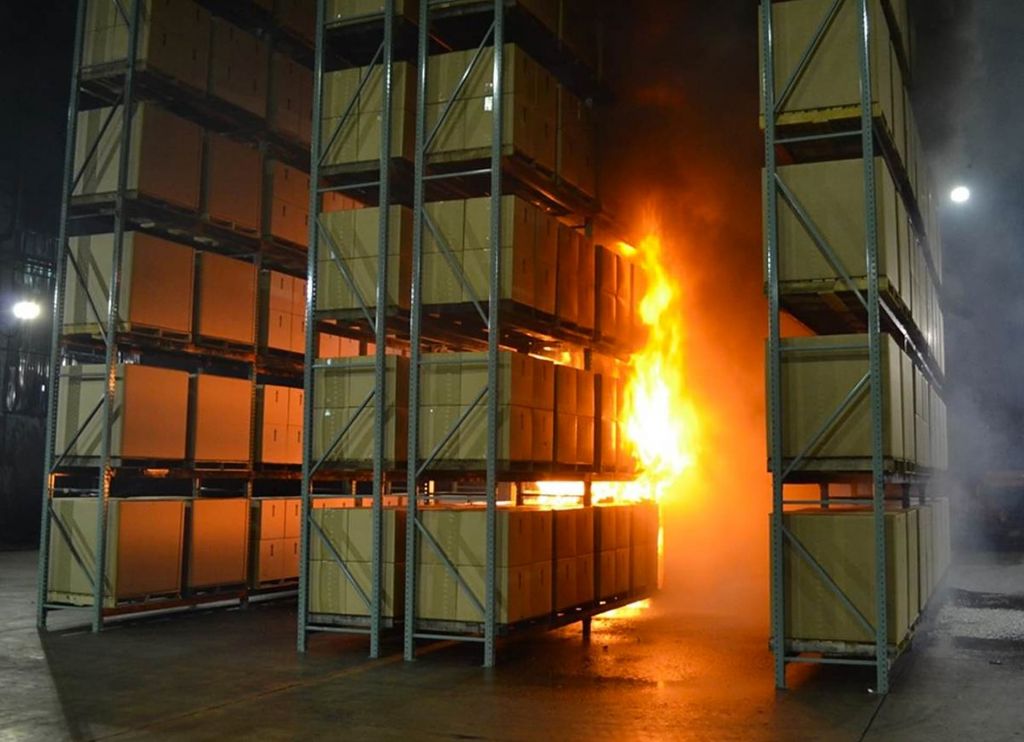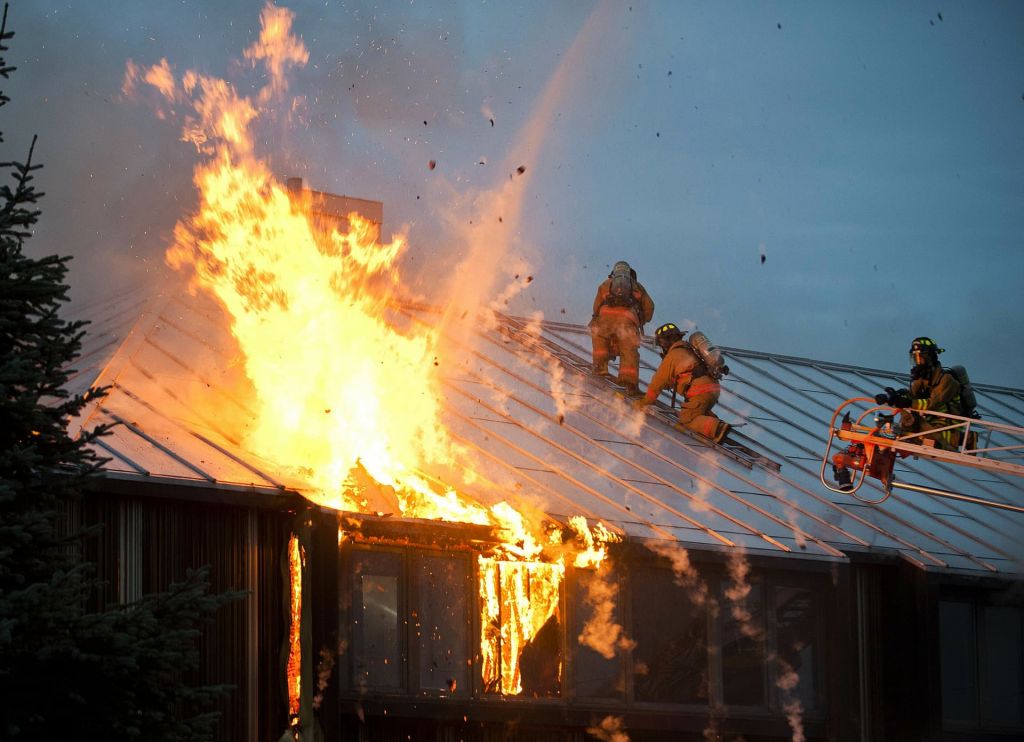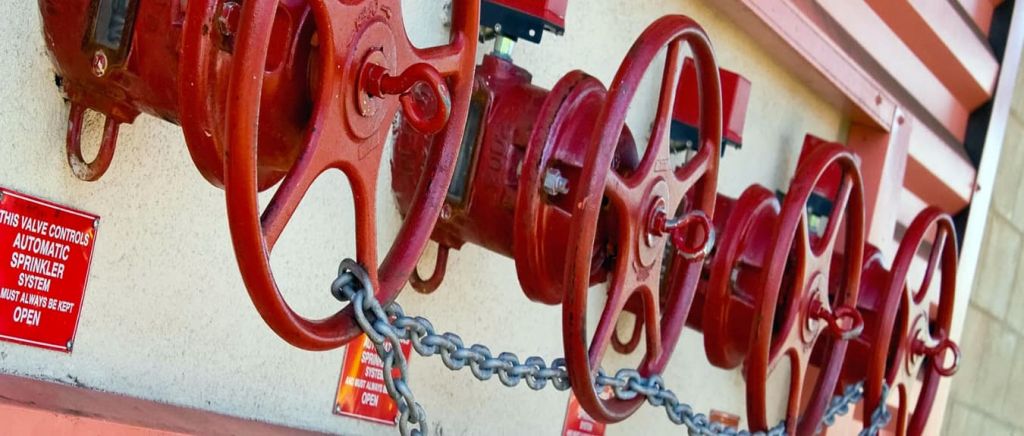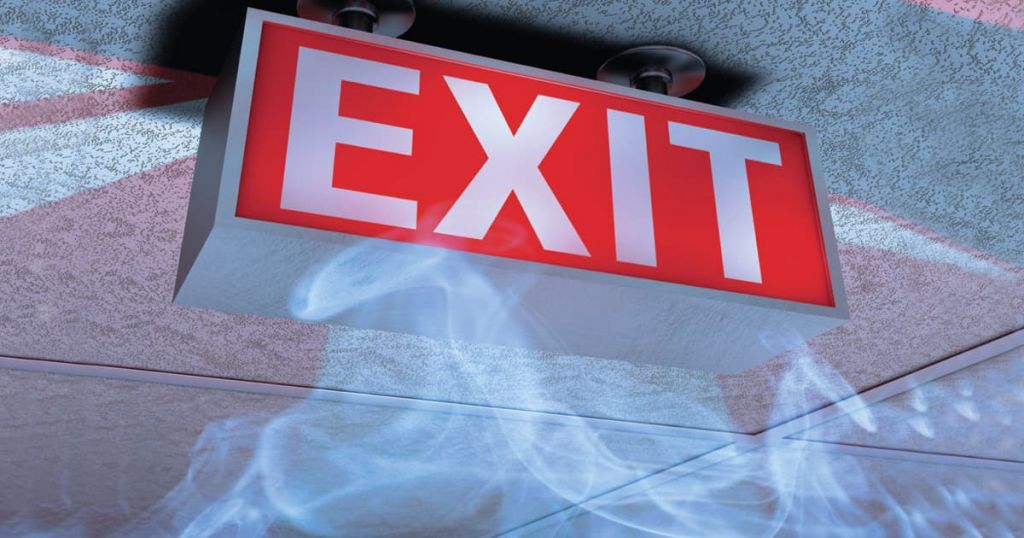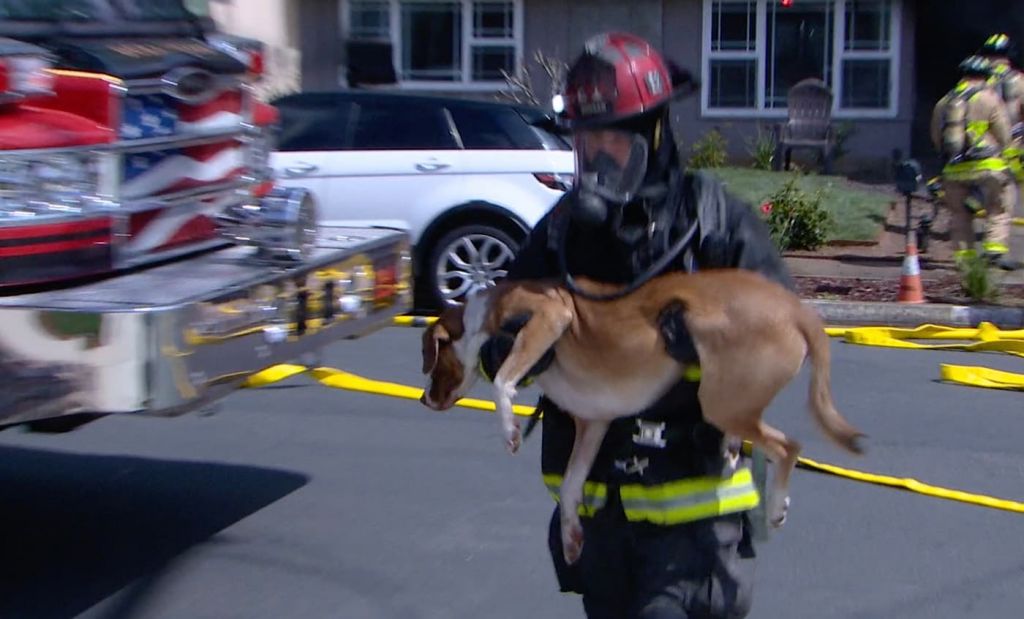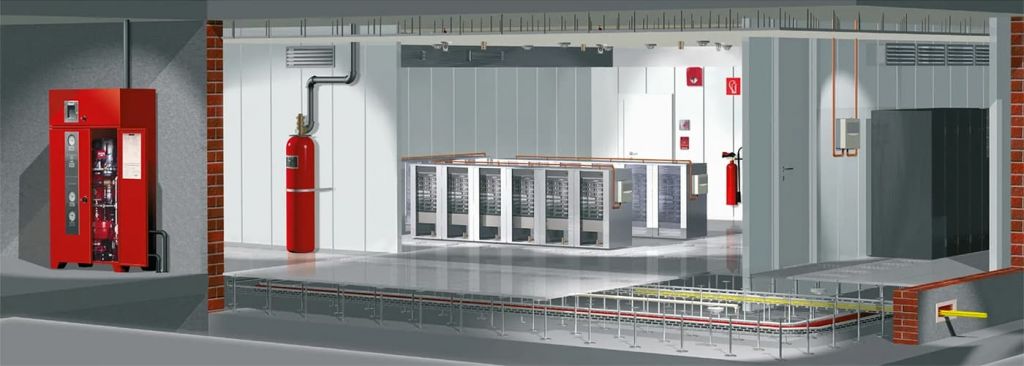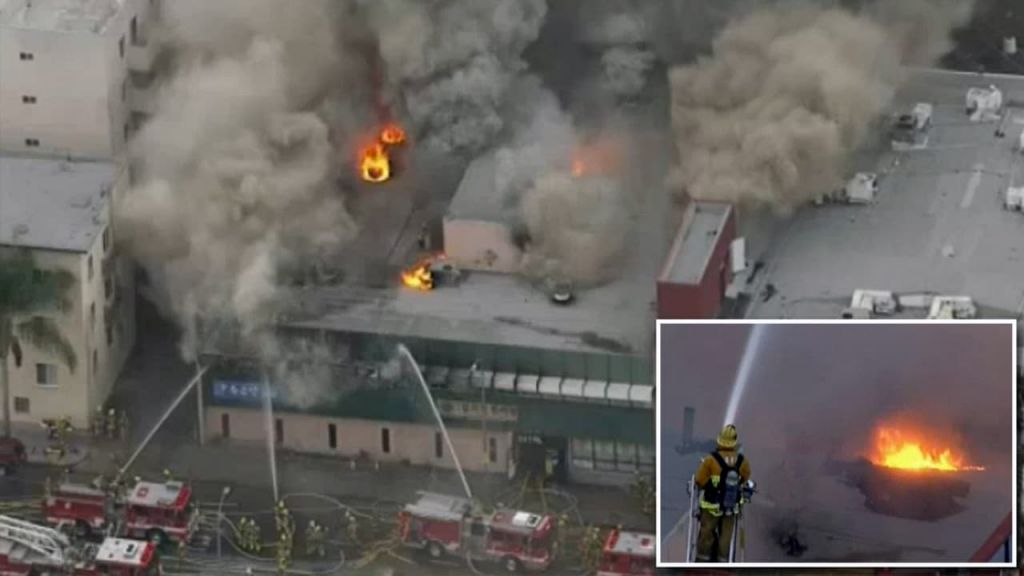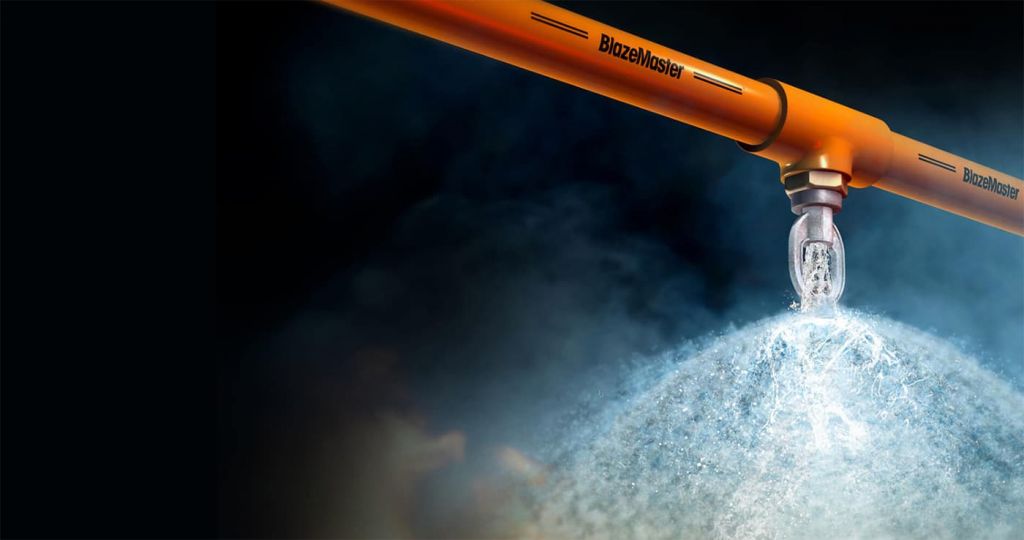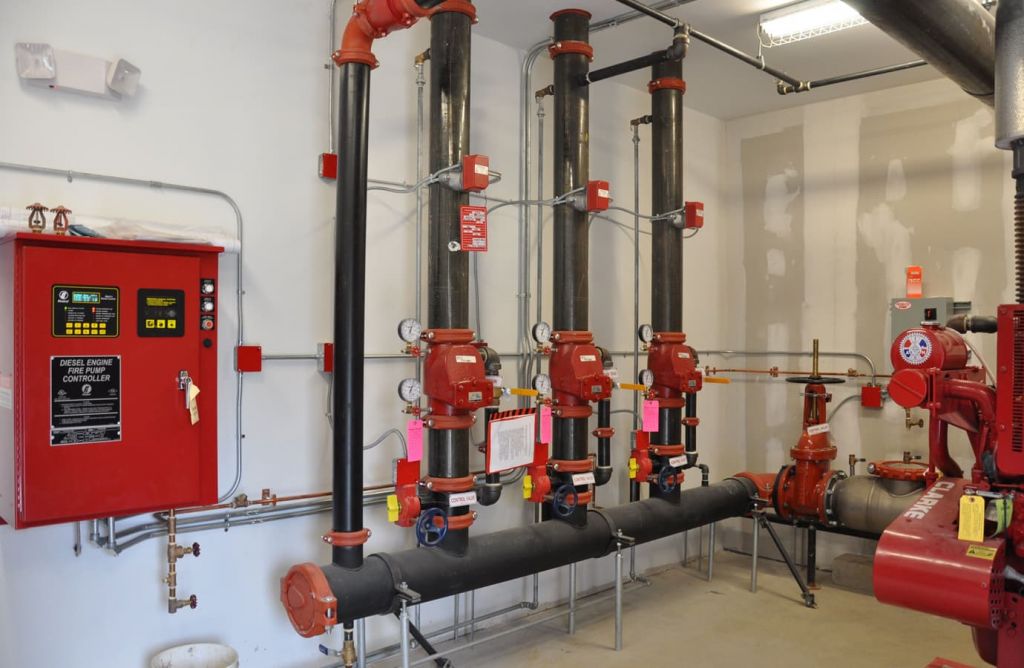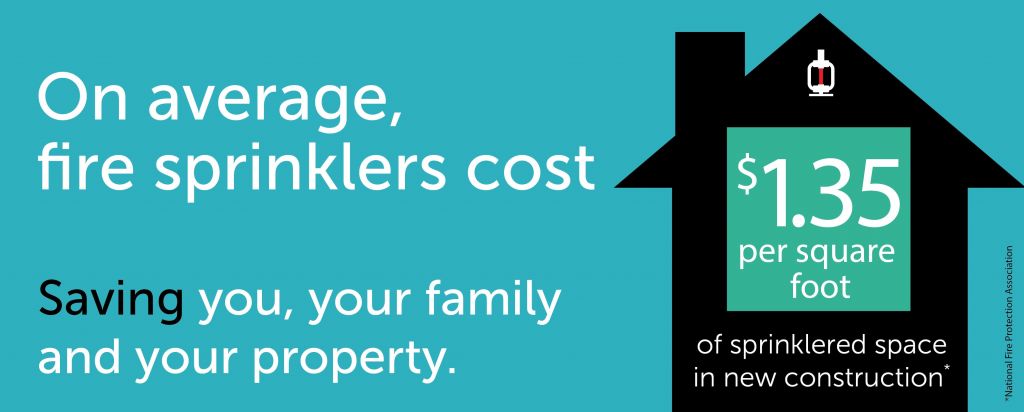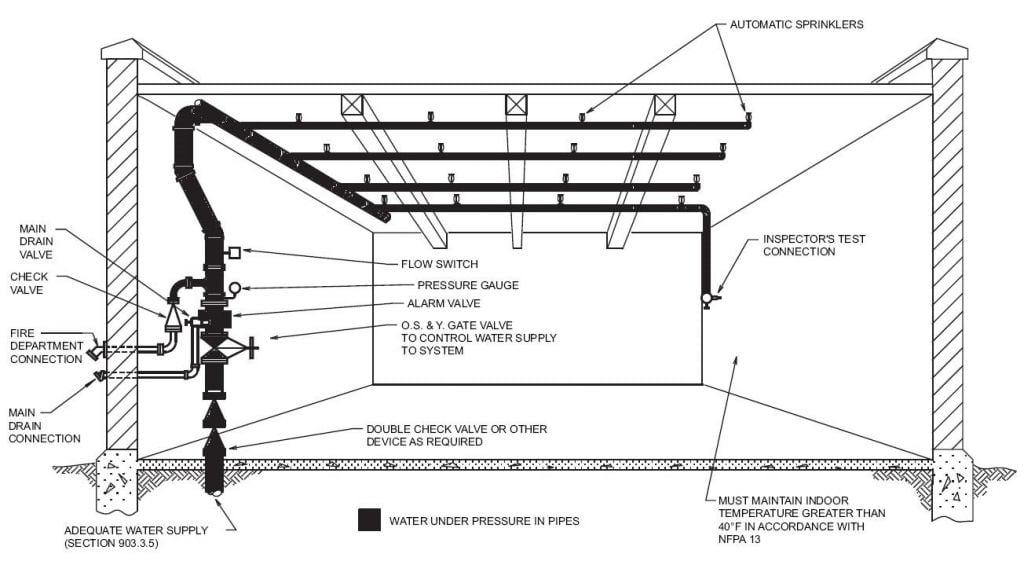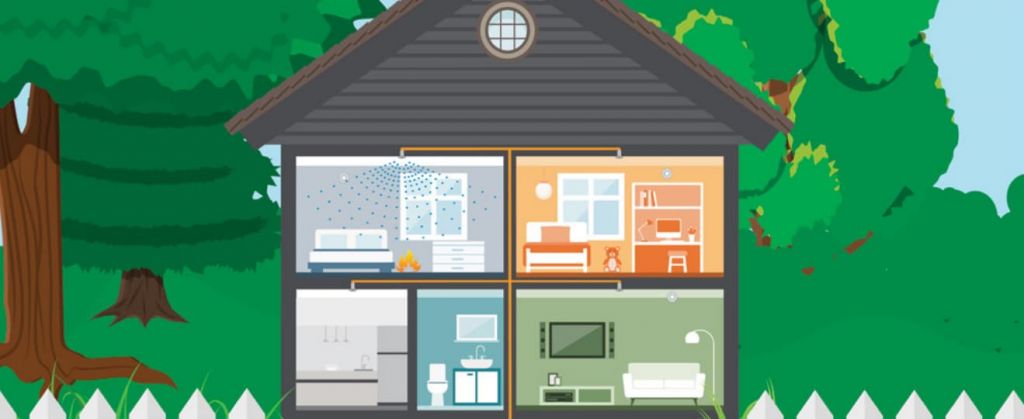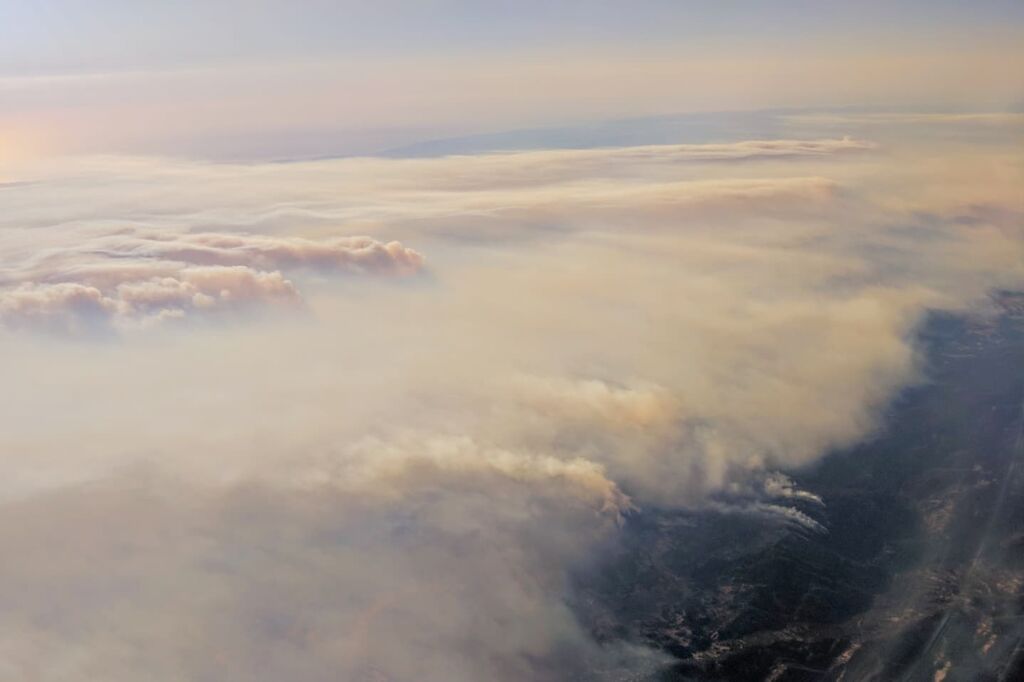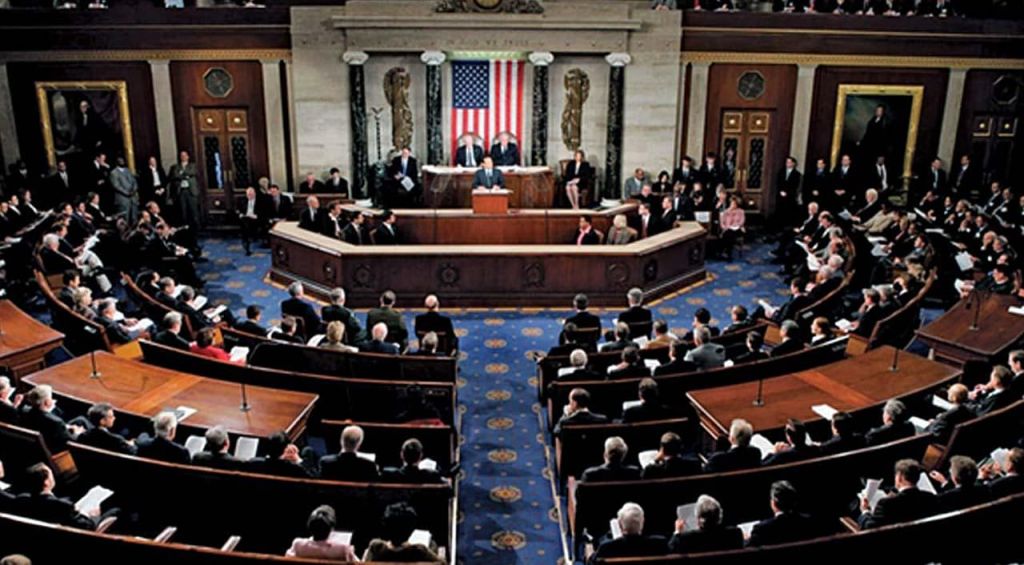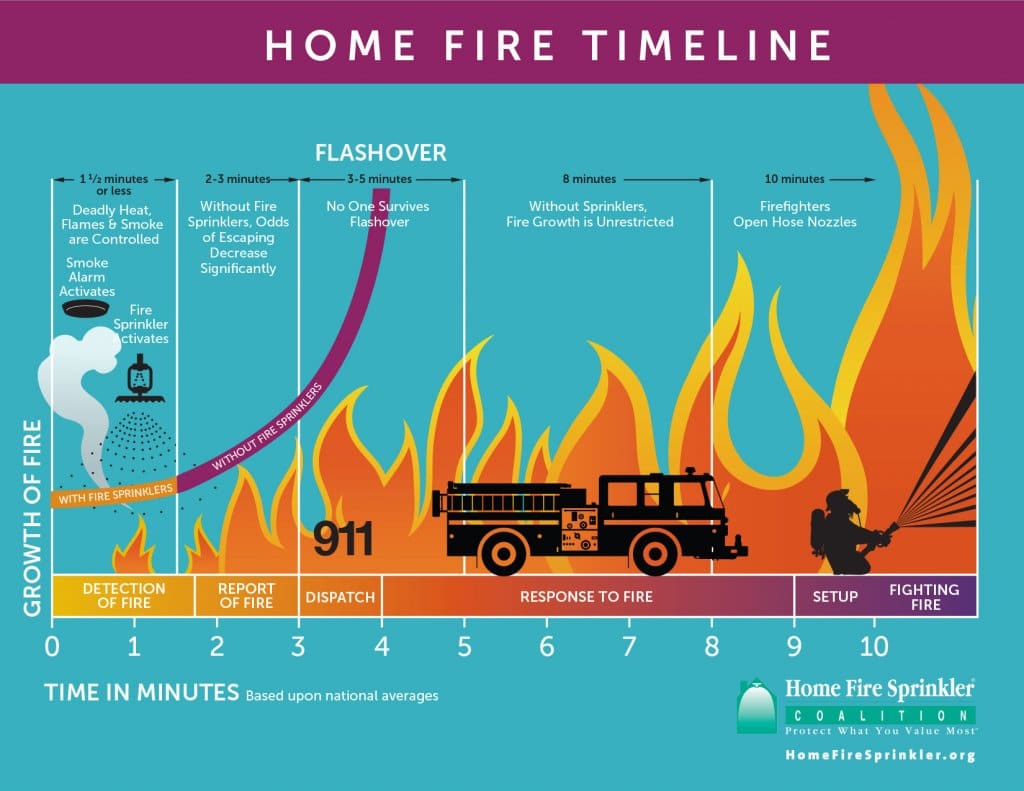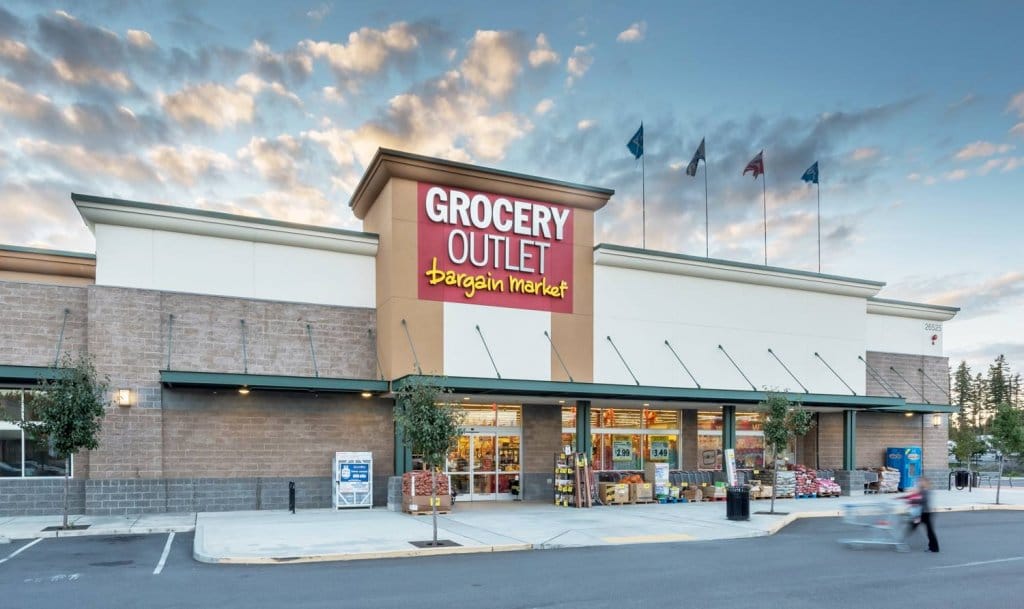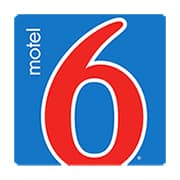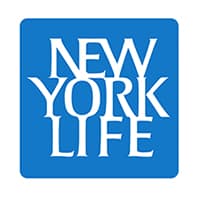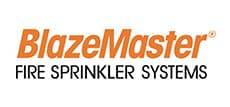Precision Fire Protection News
National Fire Protection Association Celebrates 125 Years

As NFPA marks its 125th year, it faces an unprecedented array of global challenges, from the rise of cybersecurity threats to attacks on the codes and standards development process itself. To address those challenges, it can start by looking at its own remarkable history, one characterized by creativity, innovation, and an enduring commitment to safety.
On the night of January 26, shortly before 2 a.m., firefighters in the town of Natick, Massachusetts, outside of Boston, responded to a 911 call of a house fire. When they arrived, the single-family home on Longfellow Road was fully involved, with flames billowing from the rapidly disintegrating structure. Two people had been in the home: a woman in her 50s, who escaped, and a man in his 70s, who had not. He was found at the rear of the home on the first floor, and was pronounced dead at the scene.
The victim was Joel David Cope, 74, who had taught at Harvard Law School in nearby Cambridge for more than 20 years. Harvard Law Today, an online news site for the school, described Cope as “a brilliant intellect and devoted, compassionate teacher,” noting his broad range of scholarly interests and his talent as an actor, musician, and composer. His wife, who survived the fire, remembered him as “a Renaissance man in the truest sense, and the most generous soul I’ve ever met.”
Cope’s story underscores the purpose and ambition of the National Fire Protection Association and its 125-year history, which has been to eliminate the loss of life and property as a result of fire, electrical, and life safety hazards. NFPA published its first standard in 1896—NFPA 13, Standard for the Installation of Sprinkler Systems, which was designed to standardize the size of piping and the spacing of sprinklers used in commercial and industrial properties within a 100-mile radius of Boston. Since then, NFPA has sought to combat myth, misinformation, and the sheer absence of information with evidence-based codes and standards, advocacy, education, and research. Even so, myths persist, such as the perception that newer homes don’t burn. The home where Cope and his wife lived was less than two years old.
In that way, the fate of Joel David Cope also highlights new and ongoing global challenges faced by the organization. The home fire problem, for example, continues to be an intractable foe, driven in part by the hazards contained in newer homes and by a troubling complacency on the part of the public when it comes to understanding and minimizing those risks. The growing frequency and destructive power of wildfires around the world is a chief concern, as are the global fire and life safety hazards associated with emerging technologies. And in this anniversary year, NFPA faces perhaps its biggest test of all: a legal challenge that threatens the codes and standards process itself.
An early realization by NFPA’s founders was that for every achievement, new challenges emerge—a maxim that has remained unchanged for 125 years. As it has done many times throughout its history, though, NFPA can draw on its reserves of expertise, flexibility, and creativity to address these challenges. It can seek the counsel of like-minded professionals around the world to develop a bigger-picture view of possible solutions. And it can mine its own rich history for what has worked so well in the past: bringing stakeholders together to create a shared assessment of a threat and a shared vision of how to approach it, a process that is locked into the organization’s DNA.
“We are at a pivotal point in our ability to greatly impact safety worldwide,” said Jim Pauley, NFPA’s president and CEO. “We are becoming increasingly digital and increasingly global to address a range of challenges, from underdeveloped countries that lack basic infrastructure for codes and standards to nations that are experiencing tremendous building and infrastructure growth amidst technological progress. We are ideally positioned to understand and define those challenges, and we are ideally positioned to help.”
HISTORIC ACCOMPLISHMENT, MODERN CHALLENGE
Codes and standards: A process under attack
Since producing its first code 125 years ago, NFPA has developed standards by consensus, not fiat. That was the case with the National Electrical Code®, published in 1897; the precursor to the Life Safety Code®, published in 1913; and every other code and standard produced since. As one of the world’s leading nonprofit standards developers, NFPA now publishes more than 300 codes and standards addressing topics from high-rise evacuation to hazardous materials safety to fire protection in animal housing facilities.
“Most people don’t realize NFPA codes are developed by volunteers and facilitated by a nonprofit organization,” said Christian Dubay, vice president of Codes & Standards and chief engineer at NFPA. “Some people think NFPA codes and standards come from government bodies or other entities. In fact, they’re the result of a very successful voluntary-consensus development process, a public-private partnership that functions at no cost to government. All levels of government, from federal to local, benefit from this information.”
The refinement and nimbleness of the consensus code development process was evident in 2018, when NFPA released NFPA 3000™, Standard for an Active Shooter/Hostile Event Response (ASHER) Program. Spurred by a recent series of mass shootings, including an attack on the patrons of an Orlando nightclub that left 49 people dead, NFPA stakeholders including police, fire, and emergency managers launched discussions in 2016 on how the organization could better address the urgent threat of active shooters. Less than 18 months later—a fraction of the time typically required to craft a standard from scratch—NFPA 3000 was complete. The consensus process, built on a mutual acknowledgement of fact-based evidence, had accommodated a wide range of participants and viewpoints and produced a comprehensive toolbox that communities could use to plan for, respond to, and recover from hostile events.
But the proven process that produced NFPA 3000 and hundreds of other public safety standards is under attack on multiple fronts, including a looming global problem of counterfeit codes and standards, fakes that are riddled with inaccuracies and that have the potential to “undermine the standards system and compromise safety,” according to Pauley.
The most significant threat, though, is coming from an attack on the validity of NFPA’s copyrights. NFPA and other standards organizations have been challenged by opponents who argue that codes and standards automatically lose their copyright protection whenever any government entity incorporates a standard by reference. The proponents of this argument make the simplistic and misleading assertion that no one can “own the law.” This assertion ignores numerous facts. It ignores that NFPA is not seeking to prevent anyone from knowing what its standards say—NFPA makes all of its codes and standards available for viewing on its website for free. It ignores the time, resources, and expense necessary to create and maintain those standards as new technologies emerge and as new lessons are learned from incidents. It ignores the fact that organizations like NFPA rely on the sale of codes and standards to pursue their safety missions. And it ignores that even where a governmental body has incorporated a standard by reference, numerous elements of that standard will not establish any legally binding obligation. Despite that fact, NFPA standards are still copied wholesale by those who seek to destroy NFPA’s copyrights.
The concern goes beyond revenue, Pauley said. “We’re talking about a system that cannot be duplicated without someone else incurring tremendous expense, and without the risk that the end product will be of lesser quality,” Pauley said. “We’re talking about a system that brings together the best and latest information with the best minds. Millions of people around the world benefit from this work, but few appreciate what it takes to make it happen. That lack of understanding has to change, or we risk disaster.”
THE NFPA RESPONSE
Turning information into knowledge with NFPA LiNK
As the copyright challenge is considered by the courts, NFPA has adopted a forward-looking approach by developing new products that bring value to users and help support its core mission.
A central part of that effort was the creation of NFPA LiNK™, a new subscription-based digital content platform that, when fully developed, will offer the complete library of NFPA codes and standards in an innovative, interactive format. Launched in September 2020, NFPA LiNK offers a number of tools to help users get the most out of NFPA documents, including situation-based navigation so that users who are not well-versed in using code books can easily find the information they need. When new editions of codes and standards are released, NFPA LiNK subscriptions will be automatically updated.
“We’re not just a standards developer—we’re an information and knowledge provider,” Pauley said. “If you look at it that way, you realize the codes and standards are one piece of information. How do we turn that information into knowledge for users? That’s what we’ve achieved with NFPA LiNK. We are fundamentally transforming the way building and life safety information is delivered and used by people in every discipline who rely on this material to do their jobs.”
HISTORIC ACCOMPLISHMENT, MODERN CHALLENGE
Home fires: battling a stubborn antagonist
In 2019, according to NFPA data, 2,390 people died in fires in one- and two-family homes in the US. In 1980, that figure was an estimated 3,417. While that progress is laudable, it doesn’t tell the whole story—and the more complete view is troubling.
In 1980, there were 7.1 deaths per 1,000 fires in one- and two-family homes. In 2019, that figure had actually increased, to nine deaths per 1,000 fires—meaning if you experienced a fire in a one- or two-family home, you stood a significantly greater chance of dying in it than you did 40 years ago.
The reasons for that are many, including an aging population and more people living in poverty. But it also has to do with how we build those one- and two-family homes, and how we furnish them. And it has to do with special interests that are opposed to proven technology in those homes that can help families survive a fire.
Conventional wisdom holds that newer homes don’t burn, or that they face a significantly lower risk of burning than older homes. But extensive testing has demonstrated that newer homes not only burn readily, but when they’re built with lightweight trusses and engineered lumber components, they can burn and fail in a fraction of the time it takes for homes built with dimensional lumber. Testing has also shown that when newer homes are filled with modern furnishings, with their high concentrations of combustible foams and particle board, the time to flashover in a home fire can be just a few minutes, compared to nearly 30 minutes in homes with “legacy” furniture crafted with hardwoods and natural fabrics. Additionally, the absence of fire sprinklers in newer homes ensures fires grow unimpeded.
According to the Natick Fire Department, the home that Joel David Cope shared with his wife was equipped with working smoke alarms, but it did not include fire sprinklers, which may have been able to control the fire long enough to allow Cope to escape. “The flames were getting bigger and bigger by the moment,” a neighbor, describing the Natick fire, told a local television station. “I had never seen anything like it, the way it grew and how big it got.” The cause of the fire remains under investigation.
Typically, about 80 percent of civilian fire deaths in the US each year occur in homes, and most of those occur in one- and two-family homes. Generally, new apartment buildings, as well as many existing apartment buildings, require fire sprinklers; in most jurisdictions, one- and two-family homes do not. NFPA and other safety organizations have advocated for years for the inclusion of sprinklers in new construction of one- and two-family homes, an especially urgent goal considering the speed with which newer homes can burn.
Despite those proven concerns, home sprinkler requirements have been routinely opposed by homebuilder and real estate interests that claim, erroneously, that the sprinklers are prohibitively expensive to install and will hurt the sale of new homes. In fact, in new construction, sprinklers can be added for about $1.30 per installed square foot. With those sprinklers, the risk of dying in a reported home fire is reduced by 85 percent.
As NFPA and its allies continue to fight the home fire problem, sprinkler requirements continue to offer an effective, affordable solution—but one that is often frustratingly just out of reach. For Lorraine Carli, NFPA vice president of Outreach and Advocacy and president of the Home Fire Sprinkler Coalition (HFSC), a sprinkler education group, the home fire problem could be dramatically improved by taking a single critically important step. “We could significantly reduce the home fire problem for decades to come if all new one- and two-family homes were built with sprinklers, as dictated in every building code,” she said.
THE NFPA RESPONSE
Fighting misinformation: the campaign for home fire sprinklers
NFPA continues to seek new ways to advocate for the local adoption of home fire sprinklers nationwide. The NFPA Fire Sprinkler Initiative, working through state Fire Sprinkler Coalitions, spearheads legislative and regulatory efforts to get the facts and benefits of sprinklers in front of policymakers around the country. NFPA supports the efforts of the Home Fire Sprinkler Coalition to develop and distribute evidence-based materials on the true cost, water usage, and other details of home fire sprinklers.
NFPA has a long history of effective advocacy work to draw from in its fight for home fire sprinklers. From the first sponsorship of Fire Prevention Week in 1922 to the creation of Sparky the Fire Dog in 1951 to Dick Van Dyke chanting “roll, roll, roll your body” in a 1970s public service ad promoting “Stop, Drop and Roll,” NFPA has successfully educated the public on a range of fire hazards. A decade ago, it helped lead the fight for fire-safe cigarettes, which resulted in successful mandates in all 50 states and the District of Columbia.
That creativity and perseverance will be necessary as the sprinkler fight goes on. “We’re seeing nearly 3,000 home fire deaths a year in the US, one of the most advanced countries in the world, and the problem is markedly worse in countries we haven’t gotten to yet with fire-safety messages,” said Pauley. “In our vision statement, we say we are the leading global advocate for the elimination of death, injury, and property and economic loss due to fire, electrical, and other hazards. So we will continue to advocate for fire safety, and home fire sprinklers are a big part of that.”
HISTORIC ACCOMPLISHMENT, MODERN CHALLENGE
Wildfires: the new urban conflagrations
In 1896, the country was mired in a period that might be called “The Age of the Urban Conflagration,” a reign of terror that savaged American cities in the late 19th and early 20th centuries. Cities including New York, Pittsburgh, Chicago, Boston, Baltimore, and San Francisco, along with many more, were decimated by massive fires.
That year, NFPA took steps to combat this menace when it published the Handbook of the Underwriters’ Bureau of New England, which contained chapters on firewall construction, sprinkler systems, fire doors, fire shutters, and exposure protection, and later evolved into the NFPA Fire Protection Handbook. Building inspection guidelines soon followed. Decade by decade, fires in cities were increasingly contained to the block of origin, the building of origin, and finally to the room or floor of origin. The urban conflagration became largely a thing of the past.
But now it’s back in a new form: wildfires that are laying waste to communities across the country and generating hundreds of billions of dollars in losses each year. Development in the wildland/urban interface, or WUI, has essentially become fuel for immense wildfires, natural phenomena that science has demonstrated have been made more aggressive by warming temperatures and abundant natural fuel sources. Recent fires have destroyed tens of thousands of homes and other structures, and even entire communities, including the town of Paradise, California, which was obliterated by the Camp Fire in 2018, claiming 86 lives.
Even as the destruction mounts—the number of homes destroyed by wildfires each year has increased by 163 percent over the past decade—we insist on putting homes, businesses, and infrastructure into fire-prone areas, failing to understand or acknowledge the risks. According to the NFPA Wildfire Division, an estimated 45 million homes nationwide already exist in the WUI; in California alone, a million new homes are projected to be built in areas with very high wildfire risk in the next 30 years.
“Without a new approach, we will not be able to dramatically change outcomes from wildfires in the WUI,” said Pauley. “That’s why the comparison to the urban conflagrations more than a century ago is so apt—we used codes and standards to build better buildings that responded to fire differently, and we engaged the public to help them people understand their risk and what they could do about it. And it worked. We can tackle the wildfire problem in the same way.”
THE NFPA RESPONSE
A bold new approach to wildfire and community resilience
As it did more than a century ago, NFPA is taking steps to combat the latest iteration of the urban conflagration, this time in the form of wildfires.
In February, NFPA announced the creation of Outthink Wildfire™, a comprehensive initiative designed to end the destruction of communities by wildfire in 30 years. Through Outthink Wildfire, NFPA is promoting actions that will establish requirements for hardening structures in the WUI, help fire departments prepare for and fight WUI fires, help government obtain additional resources for vegetative fuel management on public lands, and ensure that new development and rebuilding in the WUI is conducted under current codes and standards and with sound land-use practices. In addition, it stresses the need for the public to be informed about the wildfire risk, to mitigate that risk around their own homes, and to take steps to influence policymakers.
In the Spring issue of NFPA Journal, Michele Steinberg, the director of the Wildfire Division at NFPA, and Lucian Deaton, a Wildfire Division program manager, described the long-term goals of the Outthink Wildfire plan. “Achieving these outcomes doesn’t mean a complete reinvention of the wheel,” they wrote. “The core components of Outthink Wildfire are already being demonstrated in communities around the country as residents, local officials, developers, and fire departments experience expanding development, persistent drought conditions, and the effects of previous (and problematic) land-use policies, all of which contribute to an increased risk of wildfire. With the size and scope of the US wildfire challenge, reaching any one of the Outthink Wildfire goals will take time. But making progress toward all of them will save lives and property. The key to ending the long nightmare of the destruction of communities by wildfire is to start now.”
HISTORIC ACCOMPLISHMENT, MODERN CHALLENGE
Emerging technologies: new hazards, unanswered questions
The story of NFPA has corresponded with the most exuberant technological boom in human history. Many of those advancements, from the development of aircraft to the harnessing of nuclear power to the emergence of electric vehicles, have been accompanied by the emergence of new and distinct hazards, which NFPA has addressed through the development of codes and standards, public education, specialized training for stakeholders, and in many other ways.
The technological boom continues, across every industry imaginable: pencil skyscrapers, energy storage systems, cannabis production facilities, spaceports for the burgeoning commercial space industry, and electronically activated sprinklers are just a few of the emerging areas recently addressed by NFPA codes and standards, or that are under consideration for new standards. “Codes have become more complex than they used to be,” Pauley observed. “That’s a natural evolution, because we’re living in an environment that’s more and more complex.”
An especially complex challenge is cybersecurity, which now extends to the array of safety and security systems that are networked into building control systems—a web commonly referred to as “the Internet of things.” Currently, 16 NFPA codes and standards, including NFPA 72®, National Fire Alarm and Signaling Code®, address cybersecurity, and Pauley expects more to come.
“Everything’s connected,” said Pauley. “The fire alarm system, the building management system, the electrical system, energy storage, all of it. How do we maintain the integrity of all those supervisory and control systems while taking advantage of their interconnectedness?”
THE NFPA RESPONSE
Achieving a deeper understanding through a safety ecosystem
Today’s myriad connections and complexities have also generated a new way of visualizing hazards: the NFPA Fire & Life Safety Ecosystem™.
Introduced in 2018, the ecosystem concept consists of eight interconnected parts—government responsibility, development and use of current codes, understanding reference standards, an investment in safety, a skilled workforce, code compliance, preparedness and emergency response, and an informed public. If any component is broken or missing, the result can be a catastrophic failure of the entire system. The ecosystem can be applied to any process or event involving safety and security, from a home fire to a cyberattack.
The ecosystem helps stakeholders understand events like the Grenfell Tower fire in London, which killed 72 people in 2017. Exterior building panels made with a layer of highly combustible foam insulation were blamed for the rapid spread of fire up, across, and into the 24-story apartment building. But the magnitude of the disaster was in fact the result of multiple failures of ecosystem components, including government responsibility and code compliance.
The model can help the safety community develop a big-picture view of potential hazards, including those associated with new or little-known technologies, and take steps to mitigate those hazards. “NFPA doesn’t just react to tragedy,” Pauley said. “We anticipate the needs brought on by new technologies and innovation that require safety practices.”
In December 1958, a fire at the Our Lady of the Angels School in Chicago killed 92 children and three nuns. Percy Bugbee, then NFPA’s general manager, was frank in his assessment of the staggering loss. “There are no new lessons to be learned from this fire,” Bugbee reportedly told an interviewer. “Only old lessons that tragically went unheeded.”
It could be argued that most disasters, fire and otherwise, hold nothing new for us, except for reminders of how willing we are to ignore all of those hard-earned old lessons. For the few events that do present something new, however, NFPA is ideally positioned to define those new risks and to provide guidance on avoiding them, a role it has embraced for 125 years.
Despite the seismic shifts of the last century-plus, NFPA’s standards development process—open, transparent, and thorough—remains much as it did when the organization was launched. “It’s been refined and updated a few times,” Dubay said. “We always try to learn from our history: How is the process working? What are the strong points? Those kinds of questions have led to better consensus across stakeholders, more transparency, broader, more global participation, and ultimately stronger codes and standards.”
As it moves deeper into its second century, NFPA will also tend the flame of one of its most critical public services: keeping the old lessons alive and well, with the aim of informing the future of safety with the knowledge gleaned from the past.
“That history and perspective are essential to who we are at NFPA—but that doesn’t mean we plan to rest on our laurels,” Pauley said. “Whether it’s the work we’re doing to safeguard the standards development process, the creation and promotion of the Ecosystem, or our efforts to serve modern-day practitioners through advancements like NFPA LiNK, it’s all about what comes next. We have no intention of slowing down.”
STEPHANIE SCHOROW is a Boston-based writer and the author of “Boston on Fire: A History of Fires and Firefighting in Boston.” Her new book, “The Great Boston Fire: The Inferno That Almost Incinerated the City,” is due out in the fall.
PEOPLE We Protect
Our Distributors and Suppliers
Experience
Our team started in the fire protection industry over 20 years ago. Since then we have grown into a statewide fire protection construction leader. Our team of project managers, engineers, designers, inspectors, installers, and technicians all share a passion for quality work and high standards. Precision Fire Protection understands the need to complete projects with integrity, safety, and precision!
Dedication
Our mission is to provide our customers with timely, high quality, affordable fire protection services that are guaranteed. We strive to achieve our client’s complete satisfaction. We are relentless in applying the highest ethical standards to ourselves and to our services and in communications with our customers. We aim to fulfill that mission in everything we do.
Precision
Precision Fire Protection keeps its team together, even when it's not. Just as vital as field personnel’s tools are, our project managers are equipped with the latest software to manage projects. Our project managers send dailies, RFIs, and plan revisions to the cloud so that everyone has access no matter where they are. Being connected is our way of ensuring every project goes smoothly.
Safety
Our team of multi-certified managers and supervisors are highly experienced in job safety. Our managers are OSHA certified to handle each project with care and sensitivity to every unique job site. By ensuring on-site safety on every project we work on throughout Southern California, Precision Fire Protection has developed positive relationships with our General Contractors.



